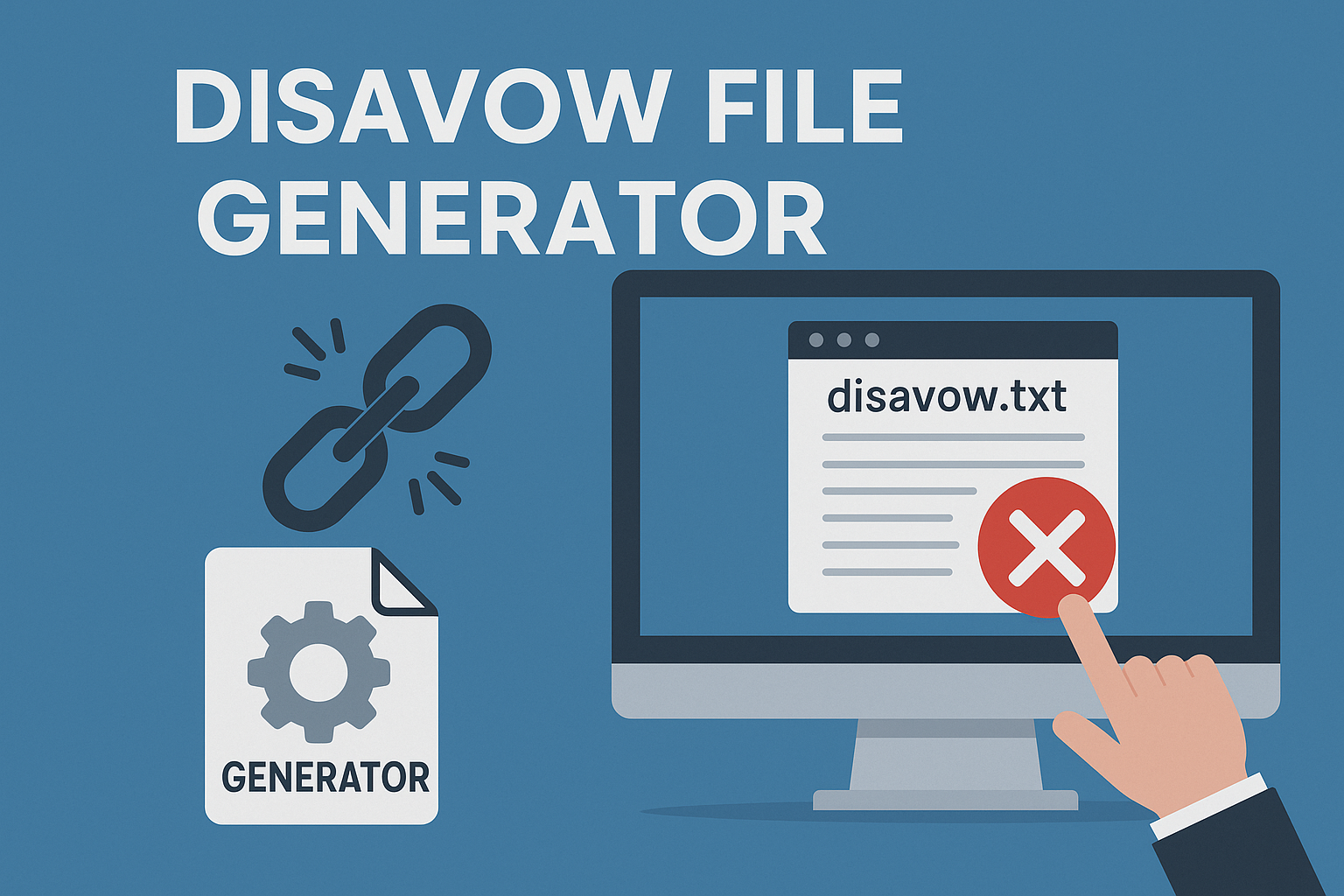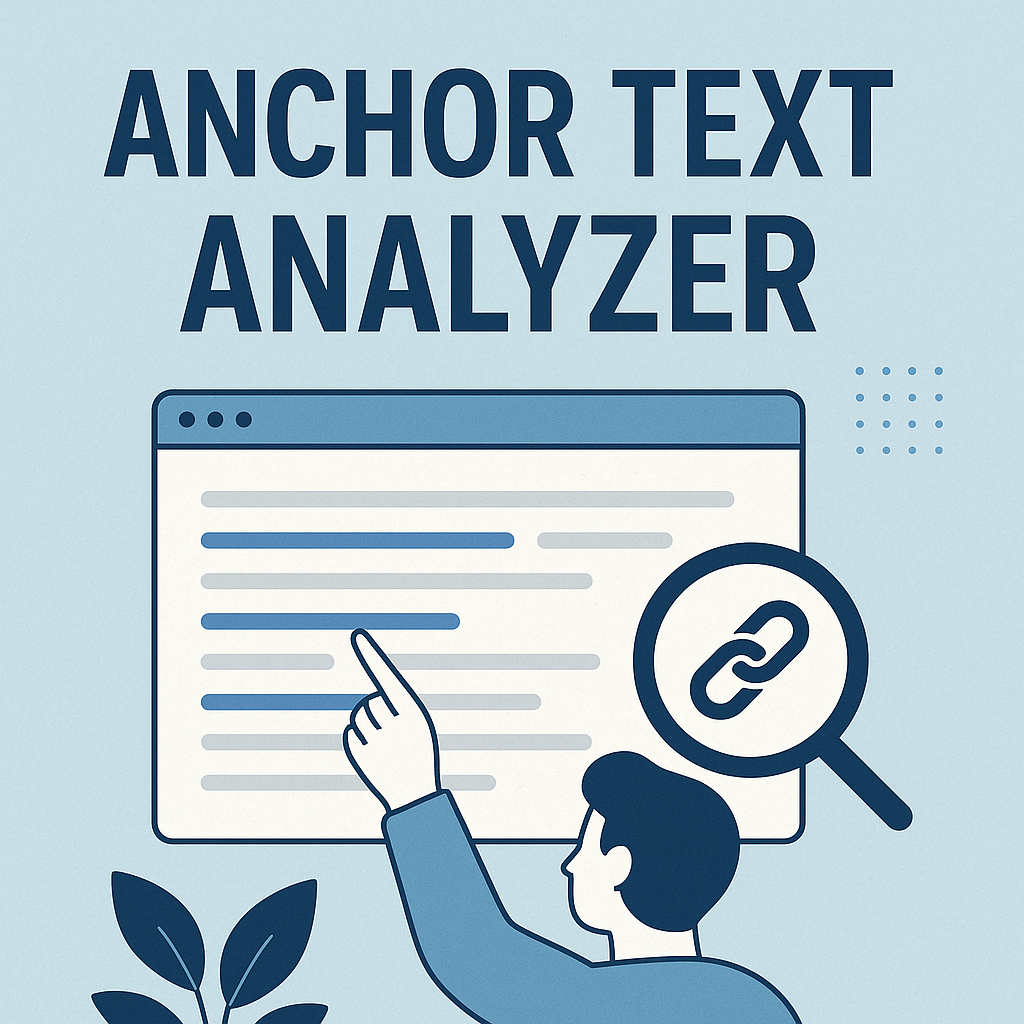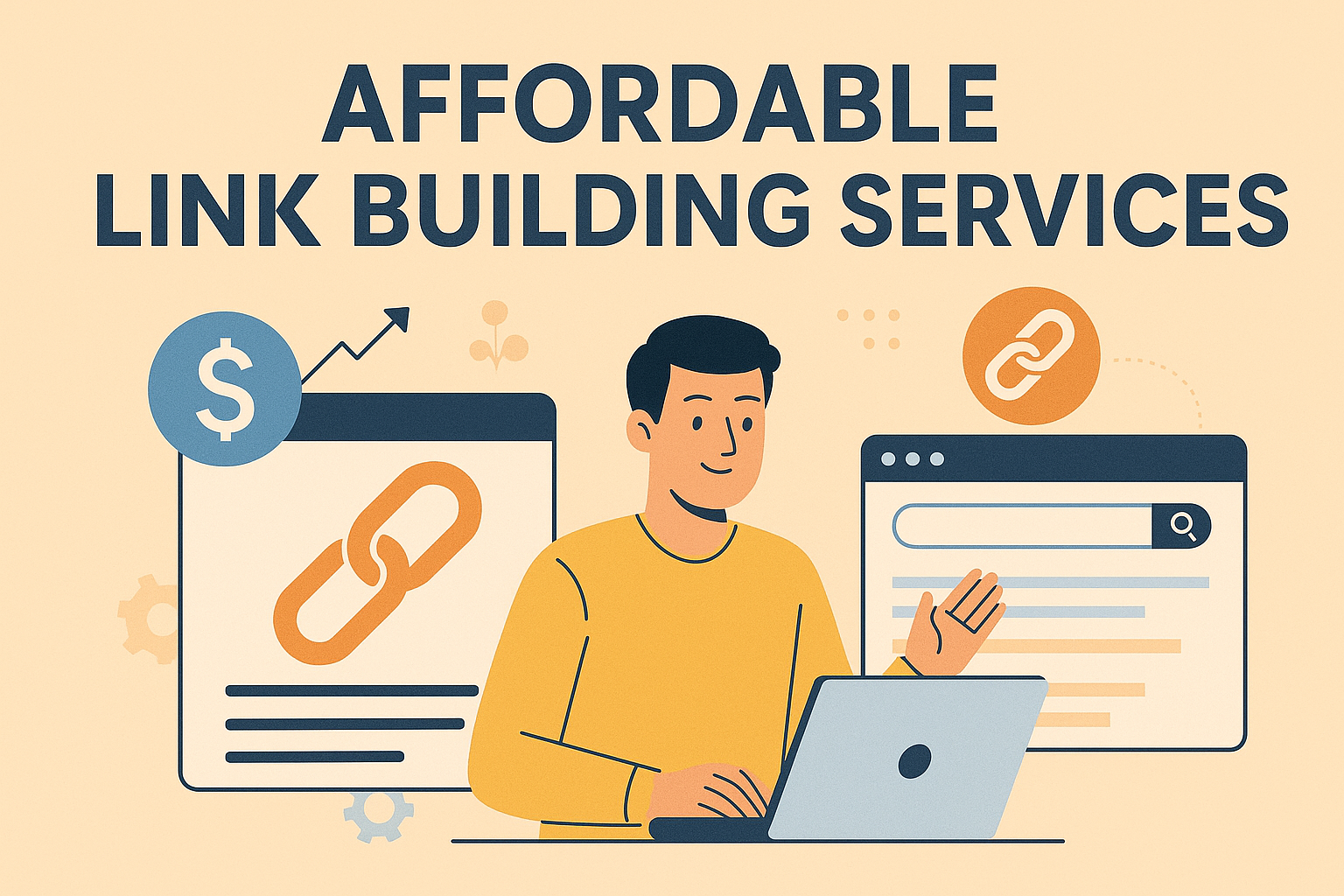In the world of search engine optimization, understanding how websites gain authority is crucial. Link Score acts like a digital report card for your pages, measuring their importance within your site’s structure. Tools like the SEO Spider use this proprietary metric to analyze how effectively your content connects internally.
The algorithm works similarly to PageRank but focuses solely on your website’s architecture. Using a 0-100 scale, it evaluates which pages deserve priority based on factors like canonicalization and redirect status. This scoring system updates iteratively, refining its assessment as it processes your site’s connections.
Why does this matter? A well-organized internal linking strategy acts as a roadmap for both users and search engines. Pages with higher scores typically receive more visibility, helping prioritize content improvements. By optimizing this structure, you create clearer pathways for traffic and authority distribution.
Key Takeaways
- Link Score measures page importance through internal connections
- Uses a 0-100 scale for easy interpretation
- Analyzes canonical, non-redirected URLs only
- Updates dynamically during crawl analysis
- Strong internal linking boosts high-value pages
Introduction to Link Score and Internal Linking
Digital authority isn’t just about external recognition—it starts within. A website’s internal structure acts like a blueprint, guiding visitors and search algorithms to key content. This blueprint relies on a specialized metric that evaluates page strength through strategic connections.
What This Metric Reveals
This evaluation system measures how well pages share value through their relationships. Unlike traditional methods, it focuses exclusively on your site’s architecture. Pages with stronger connections receive higher priority, helping search engines identify your most valuable content.
The Power of Strategic Connections
Well-planned internal pathways serve dual purposes. They help users discover related topics while signaling content importance to crawlers. Pages with optimized connections often see better rankings and longer visitor engagement.
| Navigation Clarity | Authority Distribution | User Engagement |
|---|---|---|
| Directs users to relevant content | Shares value between priority pages | Reduces bounce rates |
| Prevents orphaned pages | Highlights topical clusters | Encourages multi-page visits |
Modern tools analyze these connections using advanced algorithms. They identify underperforming pages and suggest improvements. For example, content with low metrics might need more inbound references from high-authority sections.
The Evolution of Link Scoring in SEO Tools
The journey from basic connection metrics to advanced algorithms reshaped how we optimize websites. Early systems focused on quantity over quality, but modern tools decode relationships between pages with surgical precision.
From PageRank to Modern Algorithms
Google’s PageRank started it all by treating links as popularity votes. However, this approach ignored critical factors like page relevance and user intent. Newer methods analyze how pages connect through multiple pathways.
Today’s SEO tools evaluate redirect chains, canonical tags, and nofollow attributes. They filter out low-value connections that dilute authority. This shift helps identify which pages truly deserve priority in a site’s structure.
Modern algorithms also measure contextual relationships. Pages within the same topic cluster pass more value than unrelated ones. This mirrors how search engines interpret content hierarchies.
These advancements offer clearer insights into equity distribution. Marketers can now spot orphaned pages or overlinked sections instantly. Tools like Screaming Frog visualize these patterns, turning raw data into actionable strategies.
How Link Score is Calculated
Algorithms work behind the scenes like digital architects, mapping how pages share value through connections. This process begins by identifying all pages meeting strict criteria—those with proper canonical tags and no redirects. Only these eligible URLs enter the calculation phase.
Initial Score Assignment for Eligible URLs
Every qualifying page starts with equal importance. The system divides 1 by the total number of eligible pages to set initial values. A site with 50 valid pages gives each a starting value of 0.02. This fair approach ensures no single page dominates early calculations.
Flow of Link Equity via Inbound and Outbound Links
Value transfers through connections using a damping factor—typically 0.85—to mimic real-world navigation patterns. Each link passes a portion of its worth to connected pages. The formula looks like this:
New Value = (Existing Value × Damping Factor) + Incoming Value
Ten calculation cycles refine these numbers until they stabilize. Pages with multiple high-quality inbound links gain momentum, while isolated pages lose ground. Redirects and nofollow tags act like roadblocks, stopping value transfer completely.
For example, a canonicalized product page might receive boosted authority from blog posts linking to it. But if those links use redirects, the target page misses out on potential gains. This precision helps prioritize fixes in your site’s architecture.
Key Components and Factors in the Link Score Algorithm
Search algorithms function like precision engines, requiring specific fuel types to operate efficiently. The metric’s effectiveness depends on three core elements: eligible URLs, a damping coefficient, and smart handling of redirects/nofollow attributes.
What Makes a URL Eligible?
Only pages meeting strict criteria contribute to calculations. These include:
- Canonicalized URLs (no duplicate content)
- Pages without redirect chains
- HTML documents (excludes images/PDFs)
Tools like SEO Spider automatically filter out ineligible pages during crawls. This ensures only your strongest content receives algorithmic attention.
The Math Behind Value Distribution
A damping coefficient of 0.85 controls how much value pages pass through connections. This setting mirrors real user behavior—not everyone clicks every link. Higher coefficients let value flow freely, while lower numbers restrict it.
| Factor | Impact | Optimization Tip |
|---|---|---|
| Eligible URLs | Filters irrelevant pages | Fix canonical errors first |
| Damping Coefficient | Controls equity flow scale | Use default 0.85 for most sites |
| Redirects | Bypassed to target URLs | Replace temporary redirects with 301s |
| Nofollow Links | Cause value evaporation | Reserve for untrusted content |
Screaming Frog visualizes how these factors interact in reports. Redirects act like detour signs—the algorithm follows them but doesn’t count them as direct pathways. Canonical tags merge duplicate page equity, while nofollow links create dead ends in value transmission.
Optimizing Your Link Score: Strategies for Internal Linking
Effective website optimization demands a blueprint for sharing authority between pages. Like city planners designing efficient roadways, your internal connections need strategic planning to guide traffic and value. Start by auditing your site’s architecture to uncover gaps and opportunities.
Enhancing Internal Link Architecture
Regular crawl analysis reveals which pages lack connections. Tools like SEO Spider identify orphaned content—pages with zero inbound links—that search engines struggle to find. Fix these issues by:
- Creating topic clusters around pillar content
- Adding contextual references in related articles
- Using custom searches to find unlinked keywords
A travel website improved organic traffic by 40% after connecting destination guides to relevant hotel pages. This approach helped search engines understand content relationships while keeping visitors engaged.
Prioritizing High-Value Pages for Better Performance
Focus on pages driving conversions or rankings. Service pages and product listings often deserve more inbound links than blog posts. Use these tactics:
- Analyze Google Analytics for top-performing content
- Link from high-authority pages to strategic targets
- Update old articles with fresh connections to newer pages
Continuous monitoring through platforms like InLinks ensures your efforts pay off. Set quarterly audits to maintain strong pathways and adapt to content changes. Remember, smart connections act like signposts—they direct both users and algorithms to what matters most.
Using Tools for Link Score Analysis
Modern SEO requires precision tools that transform raw data into actionable insights. Specialized platforms help visualize how pages share authority through connections, revealing hidden opportunities to strengthen your site’s architecture.
Leveraging SEO Spider for Crawl Analysis
Screaming Frog’s SEO Spider stands out for detailed website evaluations. Launching a crawl takes seconds—enter your domain and watch it map every URL. The tool filters pages by status codes, canonical tags, and redirect chains automatically.
Configure settings to prioritize specific sections or exclude temporary redirects. The dashboard displays metrics like equity distribution and connection density. Pages with low metrics appear in red, helping you spot underperforming content quickly.
Comparing Analysis Platforms
While SEO Spider uses a 0-100 numerical system, InLinks focuses on opportunity detection. Both tools analyze crawl data differently:
| Feature | SEO Spider | InLinks |
|---|---|---|
| Primary Focus | Equity distribution | Unlinked keywords |
| Output Format | Numerical scores | Actionable suggestions |
| Best For | Technical audits | Content strategy |
SEO Spider excels at diagnosing structural issues like orphaned pages. InLinks shines when building topical clusters through semantic analysis. For comprehensive results, many professionals use both tools simultaneously.
Regular crawls with these platforms help maintain strong connections between your most valuable pages. Choose based on whether you need technical diagnostics or strategic recommendations.
Performing a Comprehensive Internal Linking Audit
Website health checks go beyond surface-level fixes. A thorough internal linking audit examines how well your pages connect, ensuring search engines can discover and prioritize your content. This process uncovers hidden issues that impact visibility and user experience.
Mapping Your Site’s Connection Network
Start by running a crawl using tools like Screaming Frog’s SEO Spider. This reveals how many clicks each page sits from the homepage (crawl depth). Pages requiring 5+ clicks often struggle for visibility. Prioritize reducing this distance for high-value content.
Next, analyze inlink counts. Pages with fewer than 3 internal connections risk becoming digital orphans. Custom filters help spot these underlinked URLs instantly. For example:
| Metric | Purpose | Tool Example |
|---|---|---|
| Crawl Depth | Measures homepage proximity | SEO Spider |
| Inlink Counts | Identifies weak connections | Ahrefs Site Audit |
| Orphaned Pages | Finds isolated content | Google Search Console |
An e-commerce site fixed 120 orphaned product pages by adding contextual links from blog posts. Organic traffic to those pages jumped 35% in eight weeks.
Rescuing Hidden Content
Use custom searches to find unlinked keyword mentions. Phrases like “best running shoes” in blog posts should link to relevant product pages. Automated tools like Link Whisper streamline this process by suggesting missing connections.
Regular audits prevent content decay. Schedule quarterly checks to maintain strong pathways as you add new pages. Remember: every URL deserves a clear path from your homepage and related content hubs.
Step-by-Step Guide to Enhancing Your Site’s Linking Strategy
Building a strong internal linking strategy requires smart detective work. Tools like SEO Spider help uncover hidden opportunities to connect your content effectively. Let’s explore two powerful methods to boost your site’s architecture.
Custom Search Techniques for Unlinked Keywords
Start by finding phrases in your content that lack connections. Use SEO Spider’s custom search feature to:
- Search for product names or services mentioned without links
- Filter pages by word count to prioritize long-form content
- Export results as CSV for team collaboration
For example, searching “waterproof tents” might reveal 15 blog posts needing links to your camping gear category. Focus on pages with high traffic but low inlinks first.
N-Gram Analysis and Evaluating Anchor Text
This method examines phrases (word groups) used in anchor text. Non-descriptive terms like “click here” appear frequently but add little value. Tools like InLinks show:
| Weak Anchor Text | Strong Alternative |
|---|---|
| “Learn more” | “Best hiking boots 2024” |
| “Visit page” | “Waterproof backpack reviews” |
Aim to reduce the number of generic phrases by 40-60%. Update old links first, as they often contain outdated terminology. Track changes monthly to maintain progress.
Best Practices for Managing Link Architecture and Site Hierarchy
Streamlining your site’s architecture saves time and boosts visibility. A clear hierarchy acts as a guide for search engines, helping them prioritize pages that matter most. Follow these strategies to create pathways that deliver value to users and algorithms alike.
Maintaining Effective Navigation and Crawl Depth
Keep essential pages within three clicks of the homepage. High-priority content like product pages or service guides should live in main menus or footer links. This reduces crawl depth, making it easier for search engines to discover and index them quickly.
Use breadcrumb navigation to show users their location within your site’s structure. This feature adds contextual value while improving crawl efficiency. Tools like Google Search Console highlight pages with excessive depth—fix these first for faster results.
| Strategy | Implementation | Impact |
|---|---|---|
| Topical Clustering | Group related content under pillar pages | Reduces crawl depth by 40-60% |
| Dynamic Menus | Highlight trending or seasonal content | Increases click-through rates by 25% |
| XML Sitemap Updates | Prioritize high-value URLs | Improves indexation speed |
Audit your navigation quarterly. Remove outdated links and add new ones based on performance data. For example, an e-commerce site improved conversions by 18% after simplifying its category menu structure.
Update XML sitemaps every time you publish major content. This acts as a roadmap for crawlers, saving them time during indexing. Pair this with internal links from high-authority pages to reinforce your site’s hierarchy.
Conclusion
For those exploring domain acquisition strategies, understanding how to identify PBN domains with valuable backlinks can be a game-changer for SEO growth.. This overview highlights how modern algorithms evaluate content relationships through advanced metrics. Tools like SEO Spider reveal which pages drive authority, helping refine your site’s architecture.
The latest version of analysis platforms demonstrates significant progress from early methods. By focusing on eligible URLs and smart equity distribution, professionals gain precise control over page prioritization. Regular audits ensure your structure adapts to evolving search requirements.
As part of ongoing optimization, combine crawl data with strategic internal links. Platforms offering n-gram analysis and dynamic suggestions simplify this process. Prioritize pages that convert visitors while maintaining clear navigation paths.
Ready to test these insights? Start with a crawl analysis using updated tool versions. Small adjustments to your connection strategy often yield substantial improvements in visibility and user engagement.

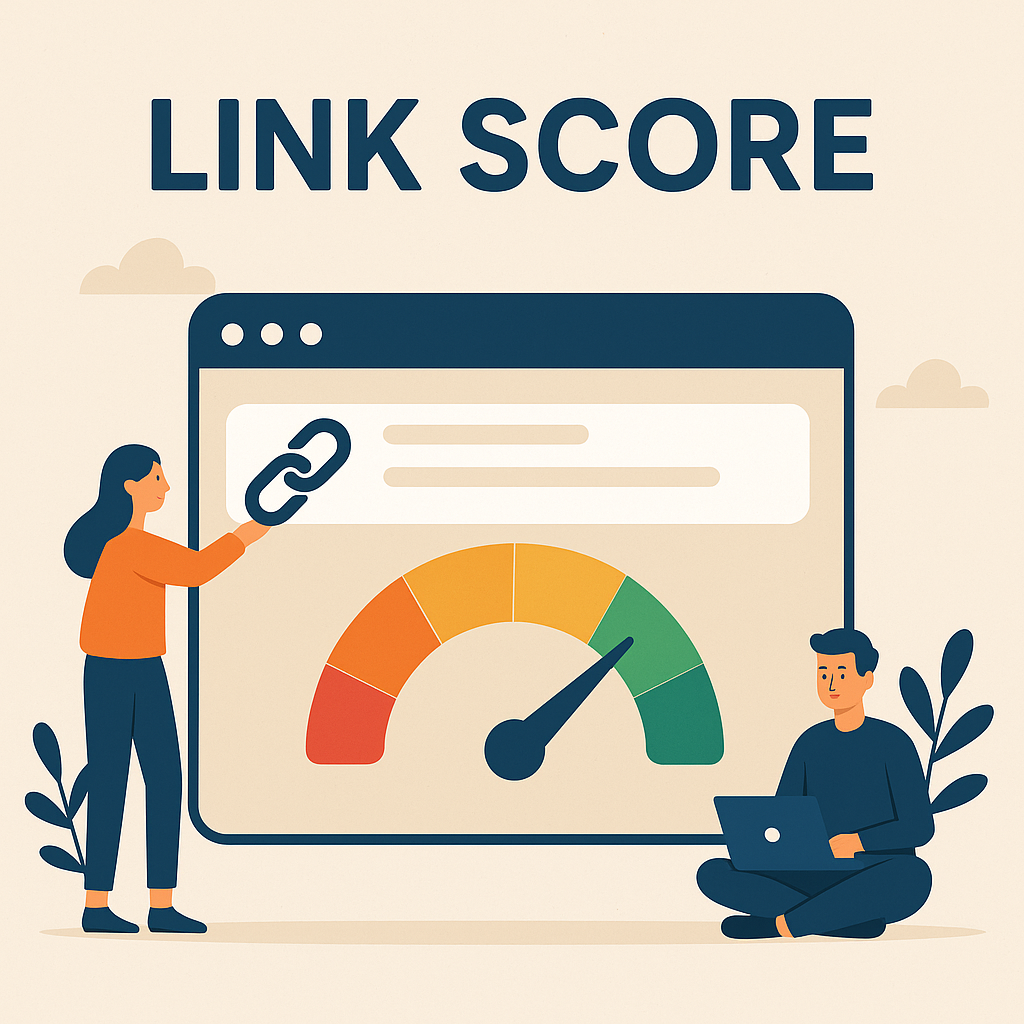
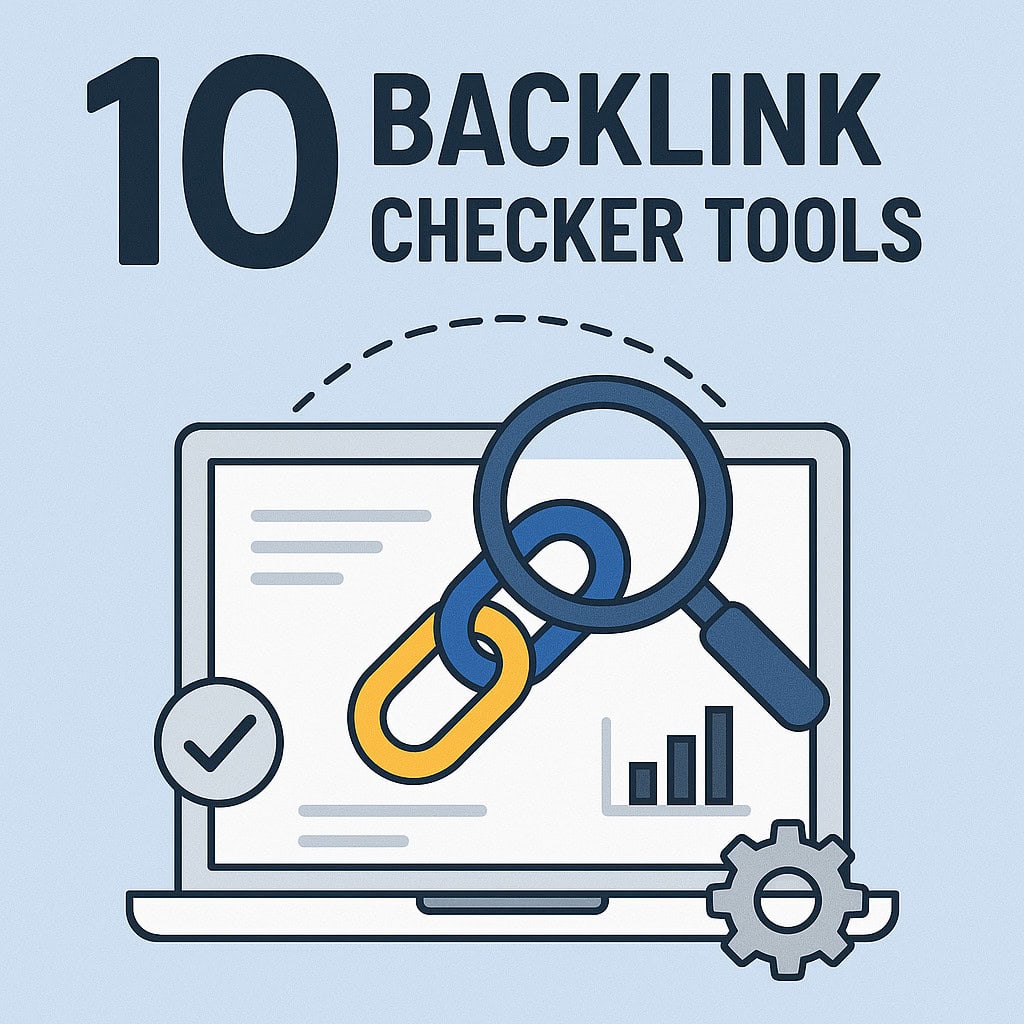
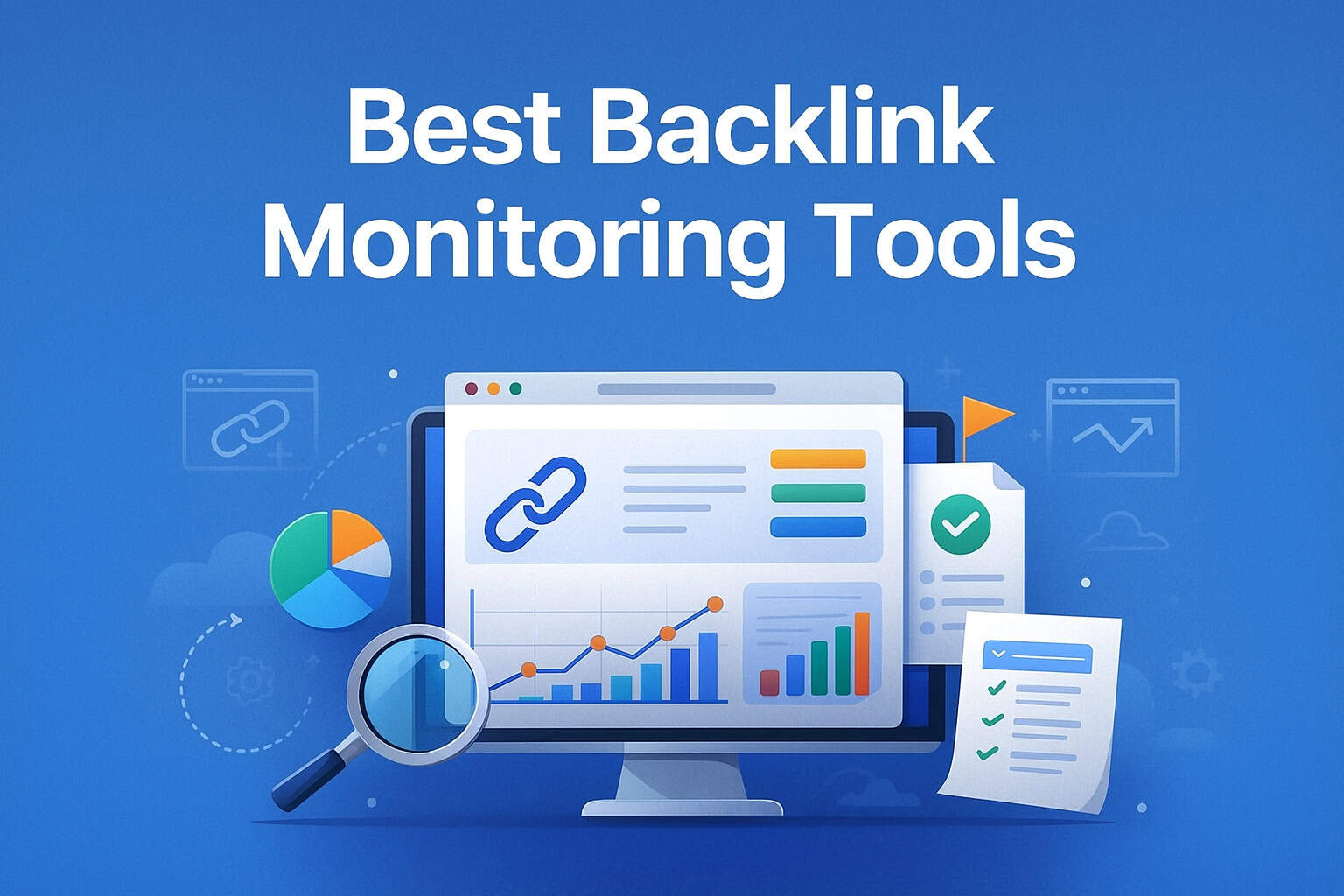
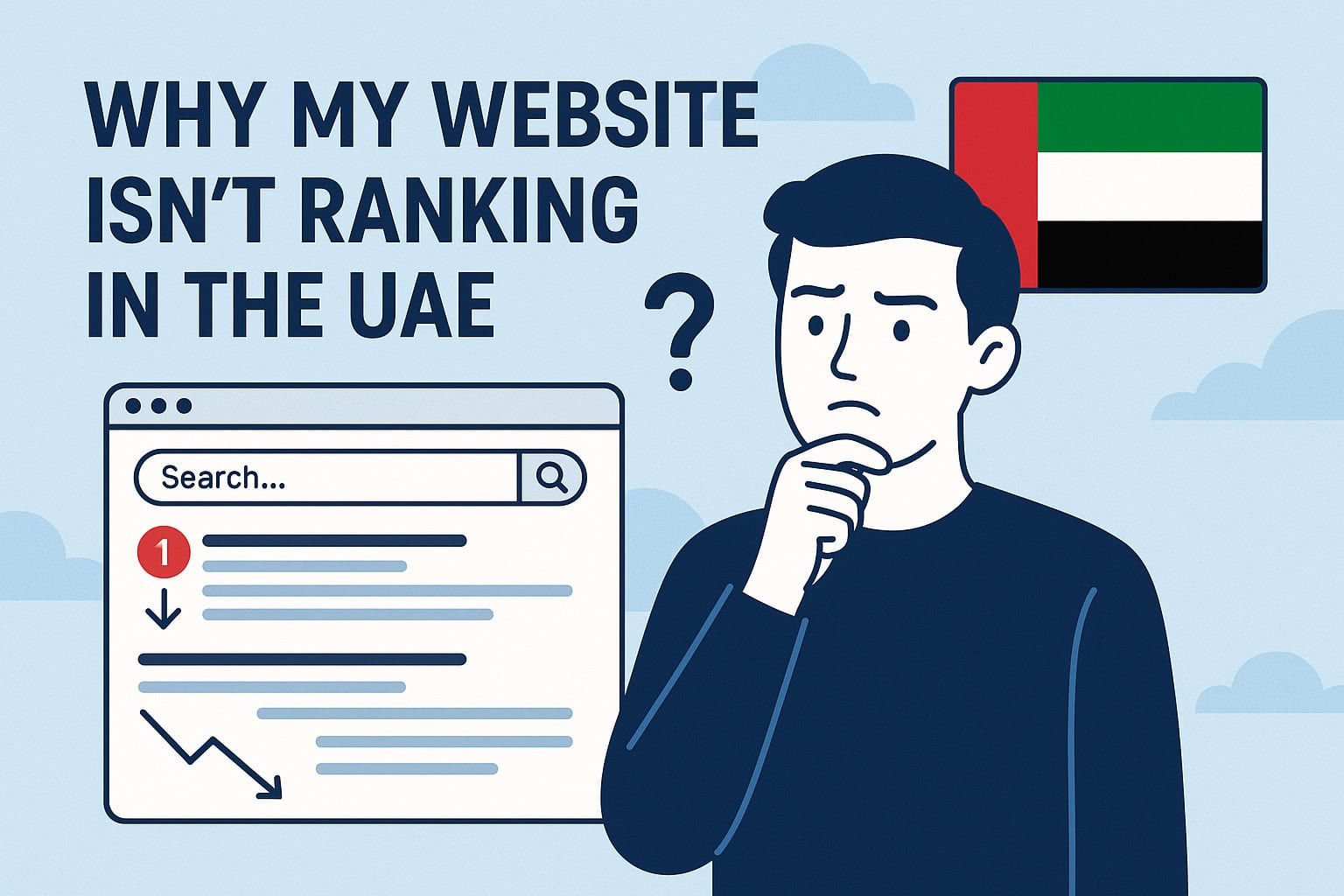
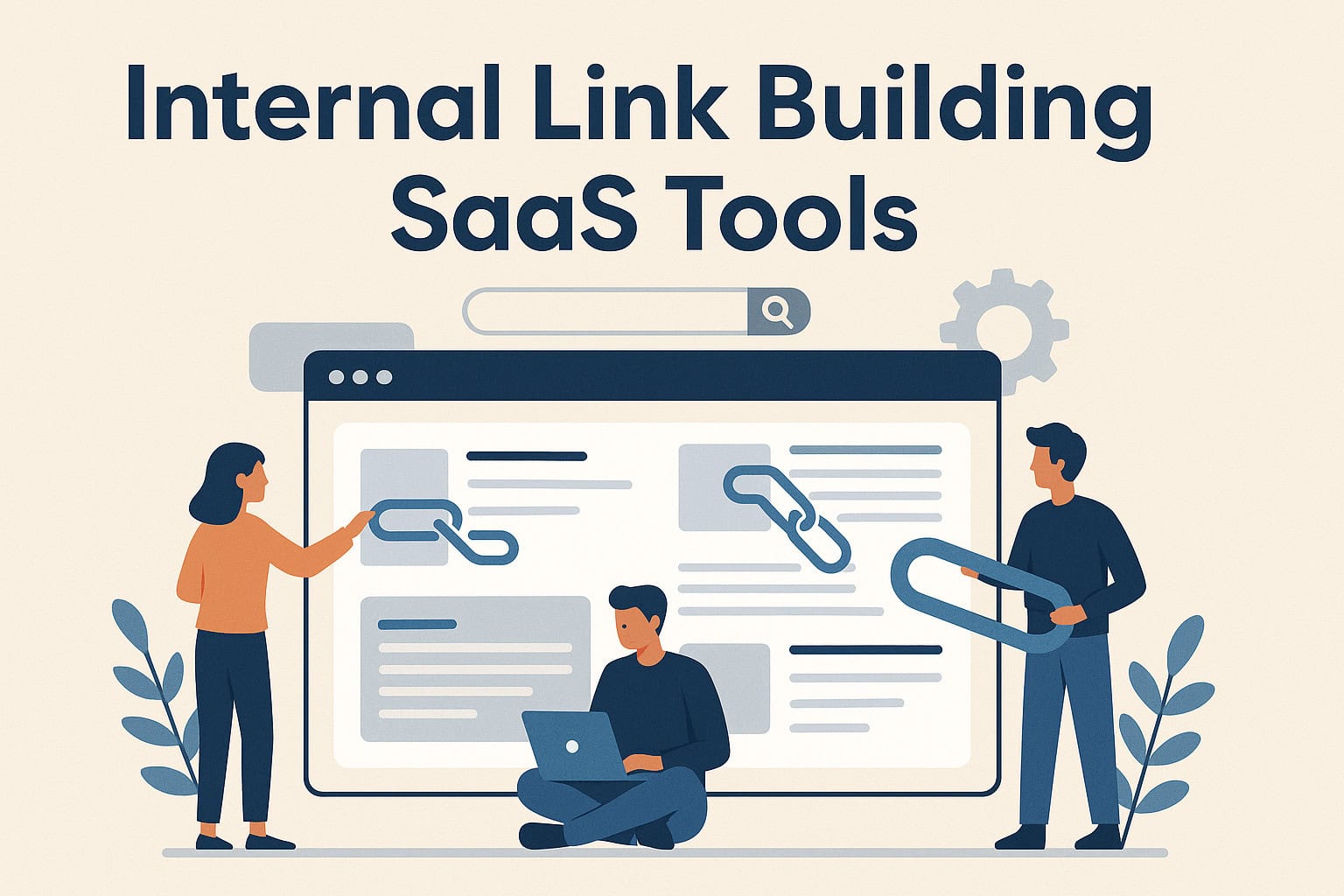
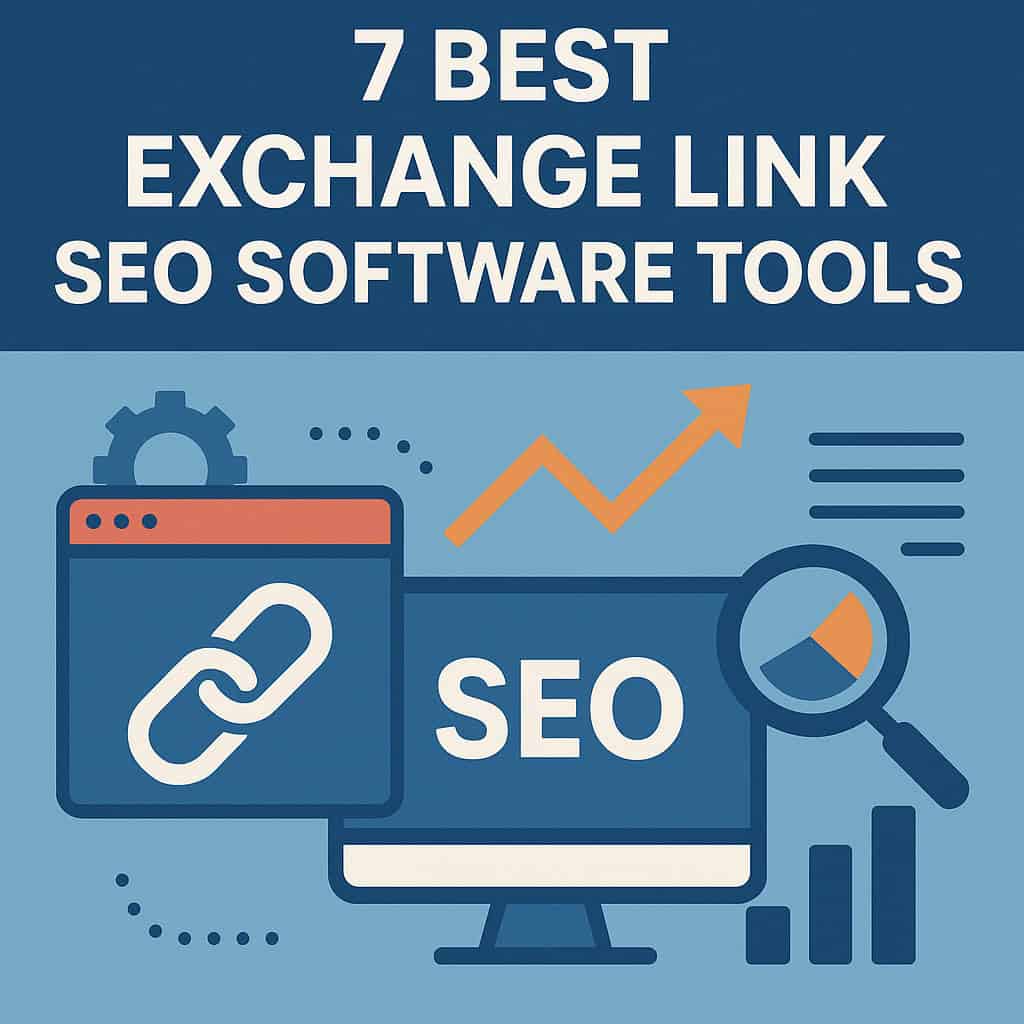
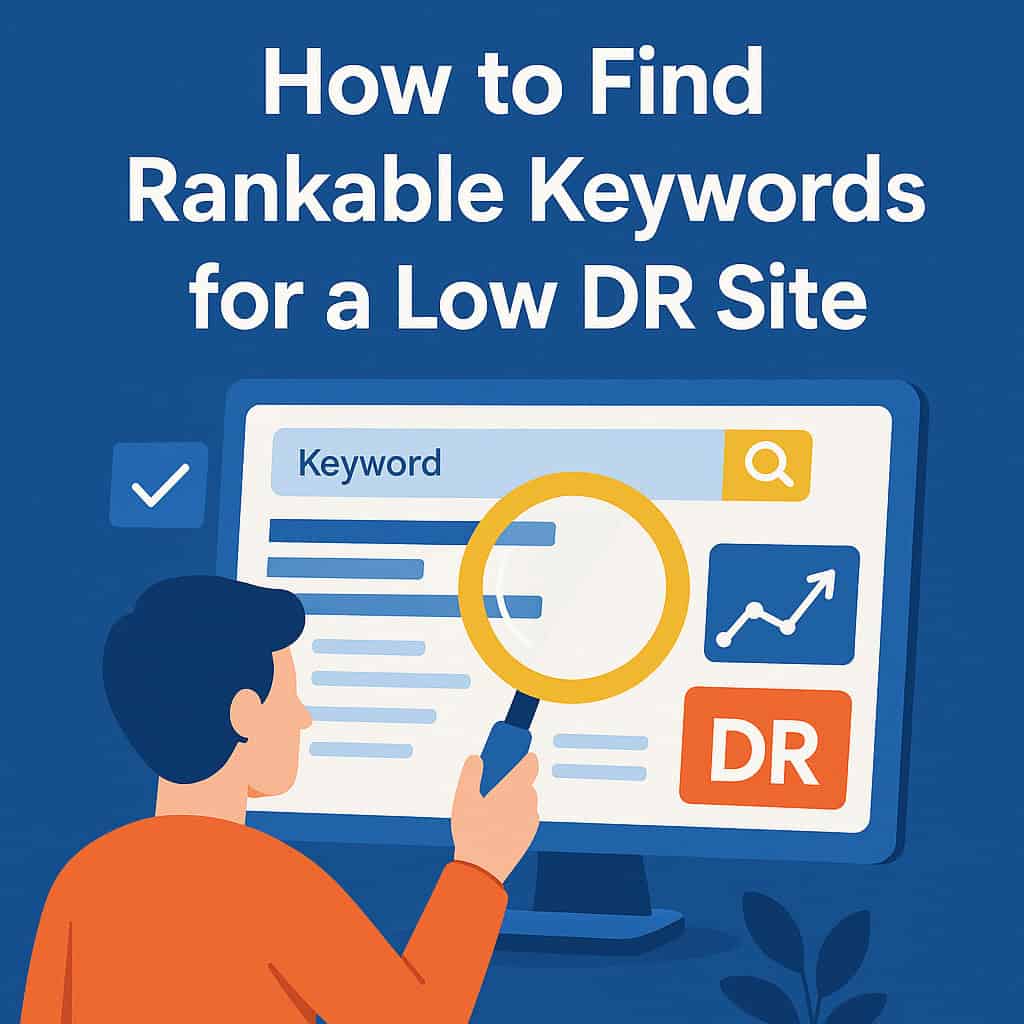
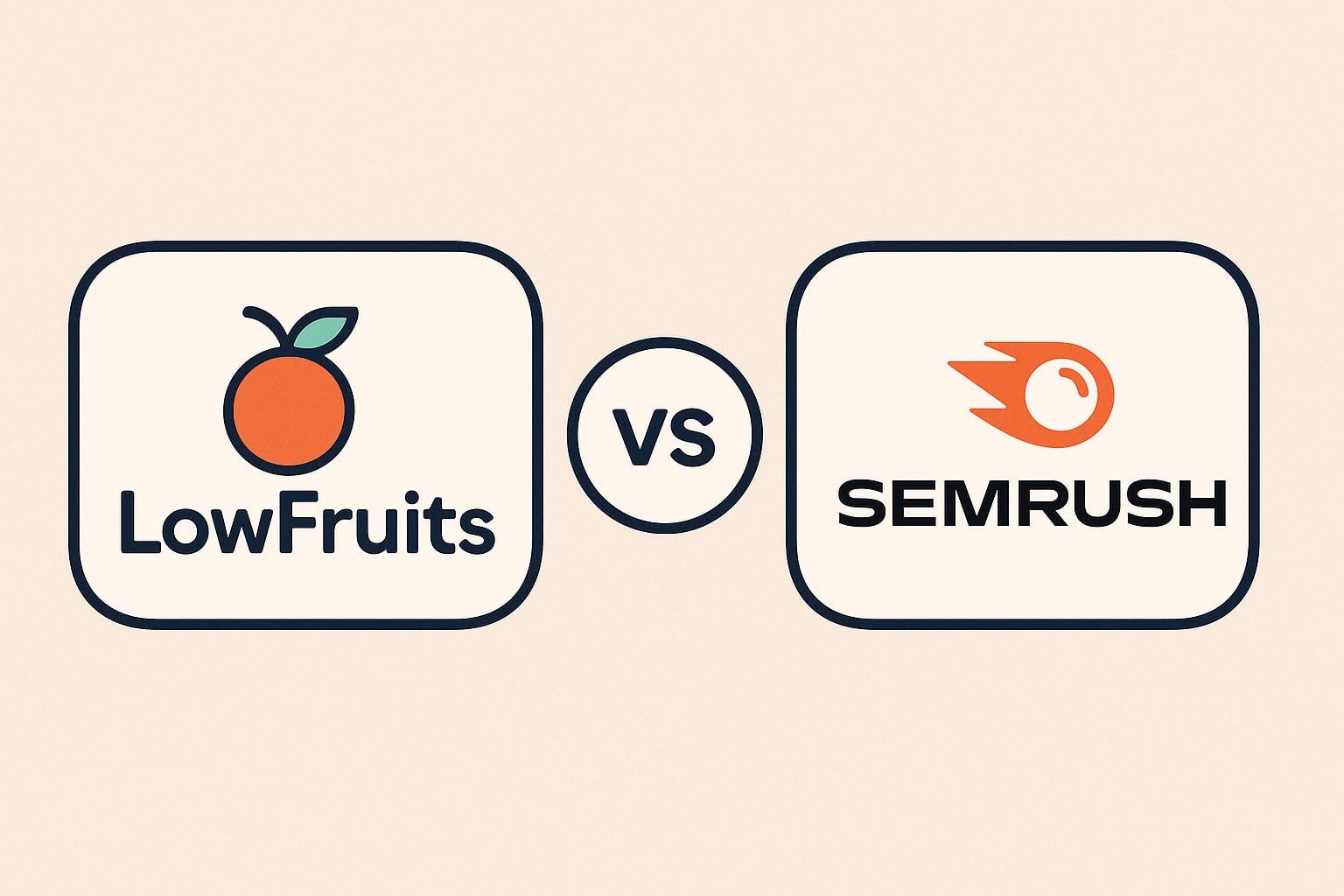
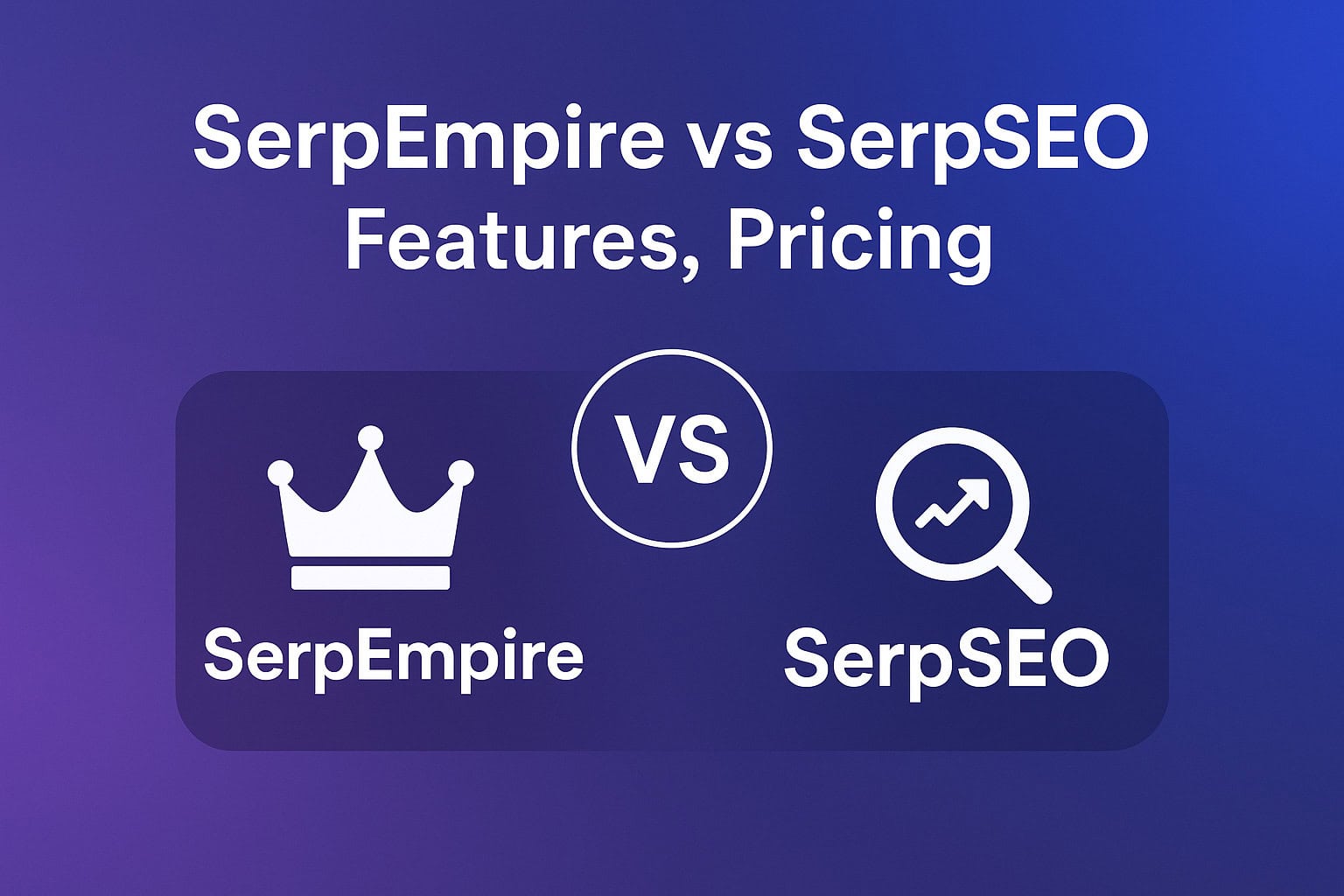
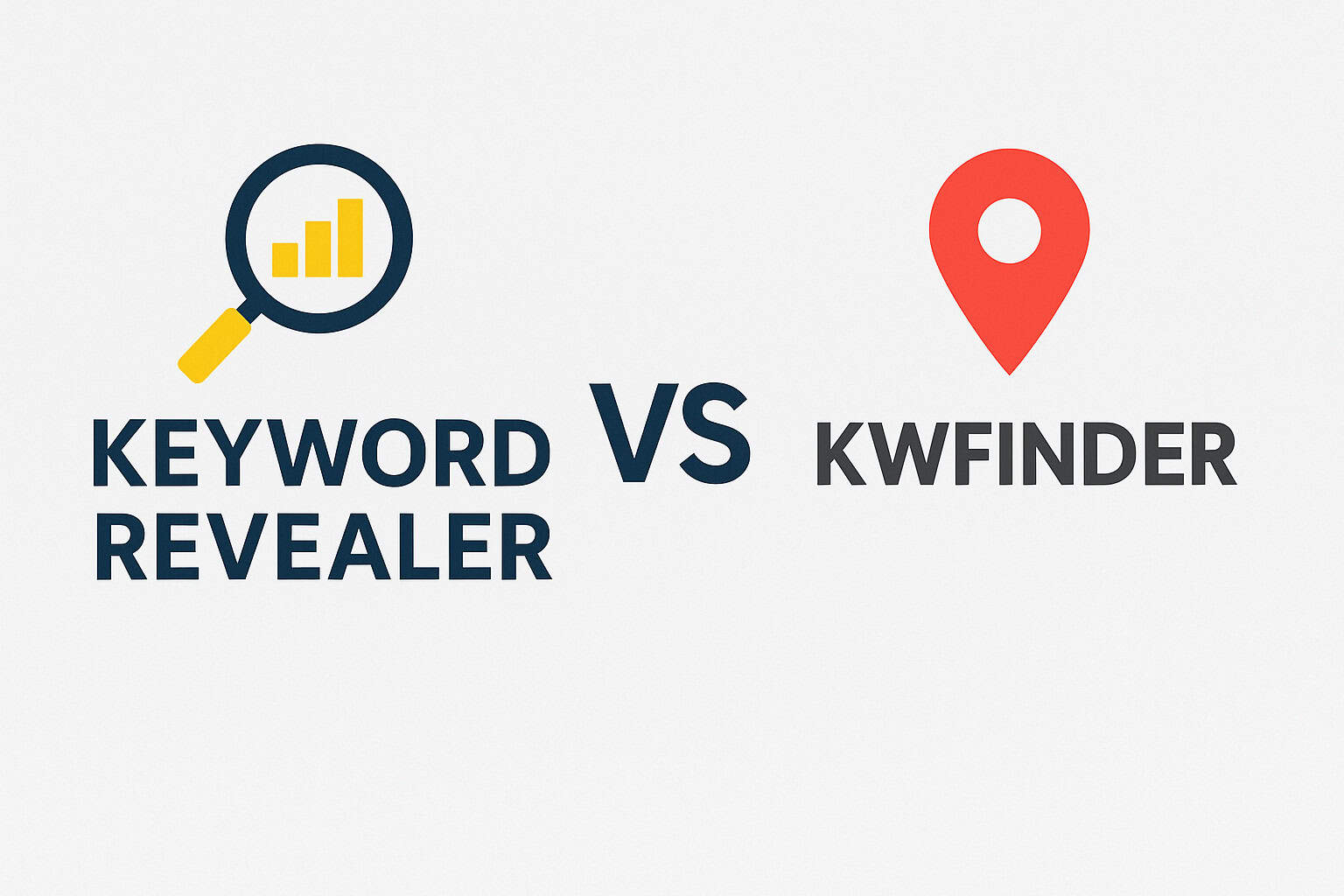
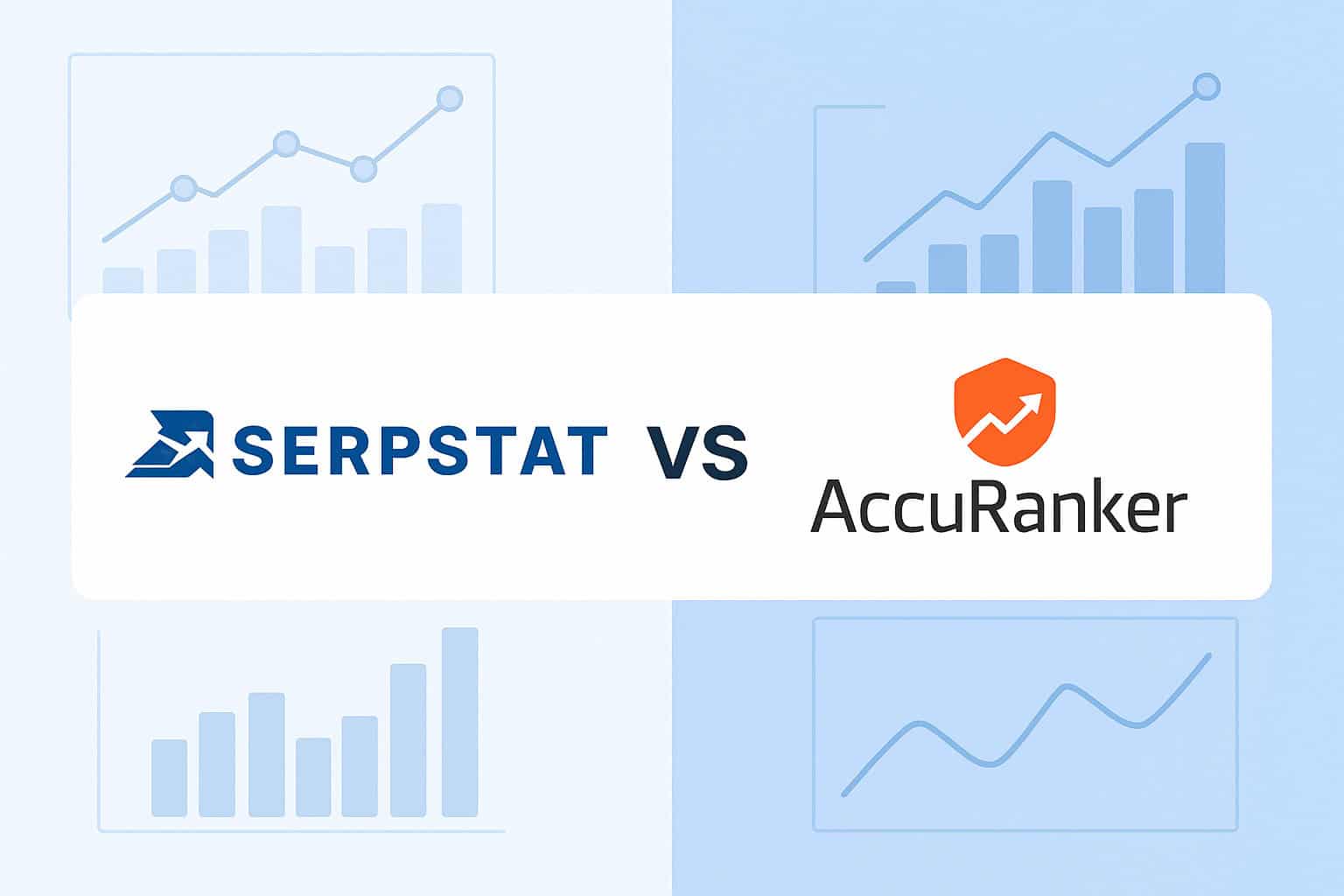

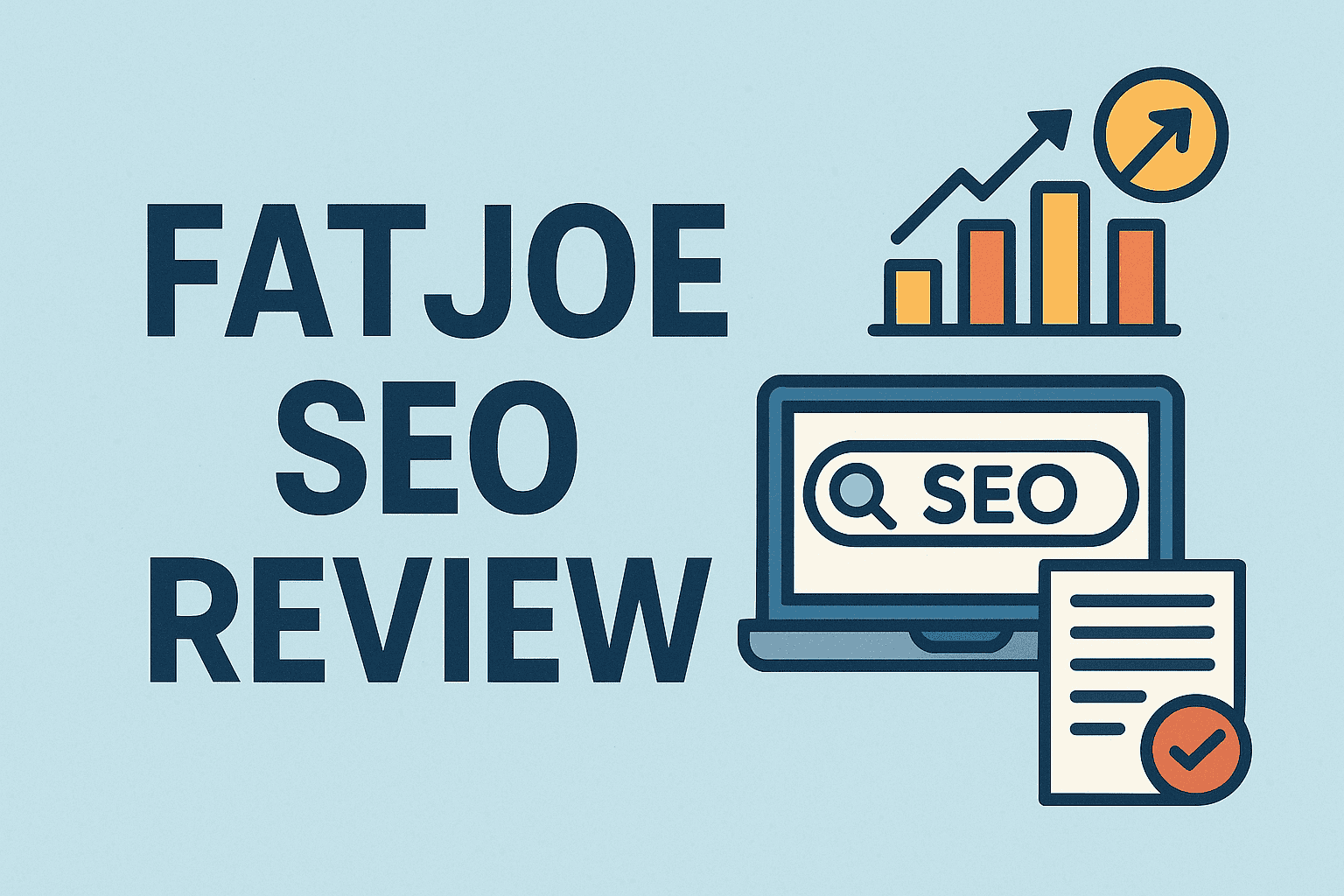
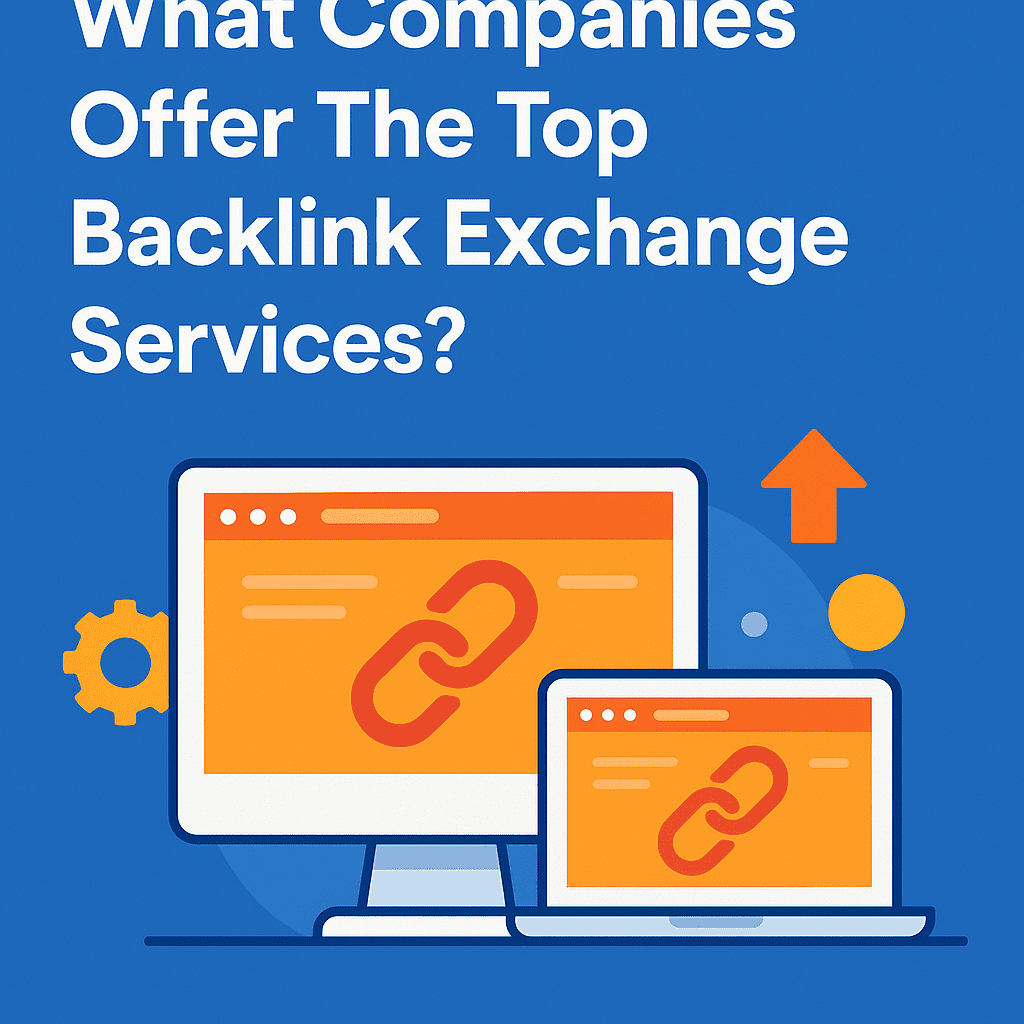
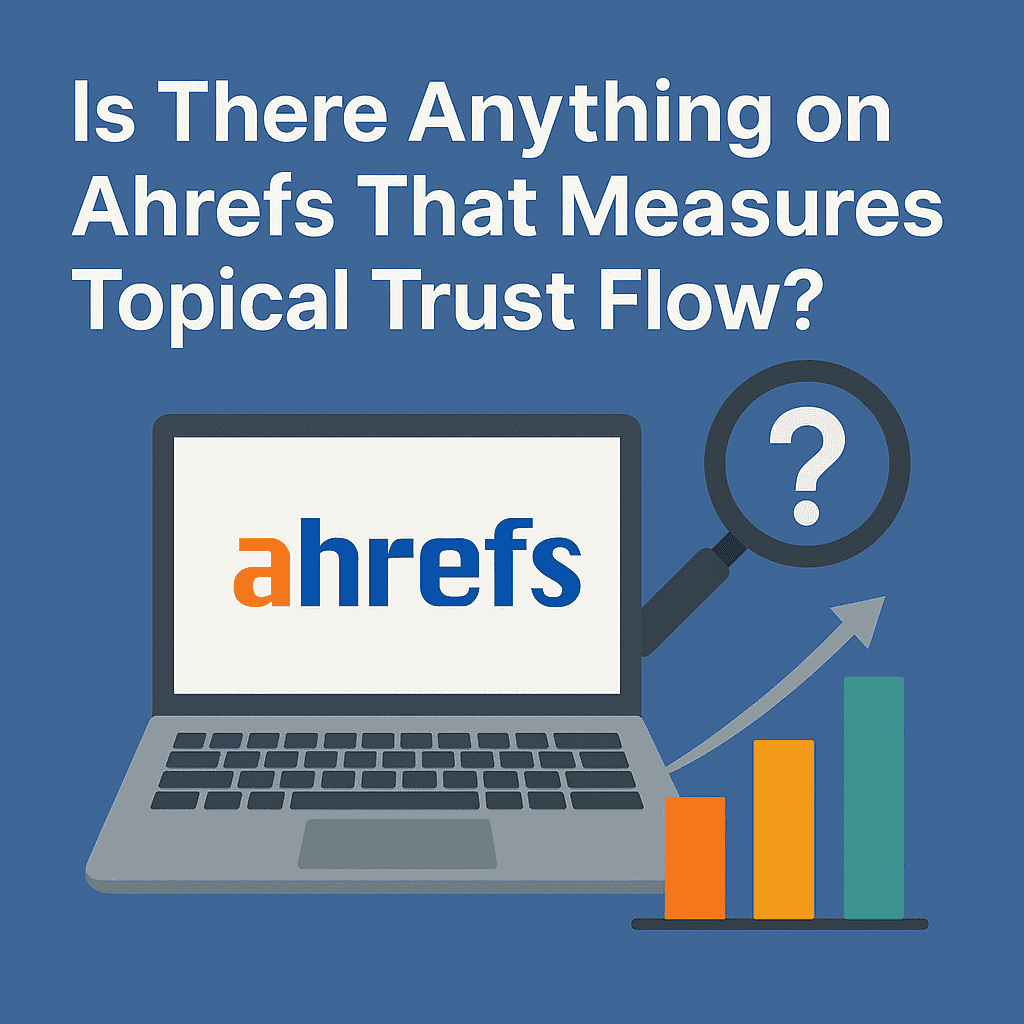
![Longtail Pro Moz or Majestic [Full Breakdown]](https://backlinkmanagement.io/wp-content/uploads/2025/11/ChatGPT-Image-Nov-14-2025-08_30_38-AM.png)
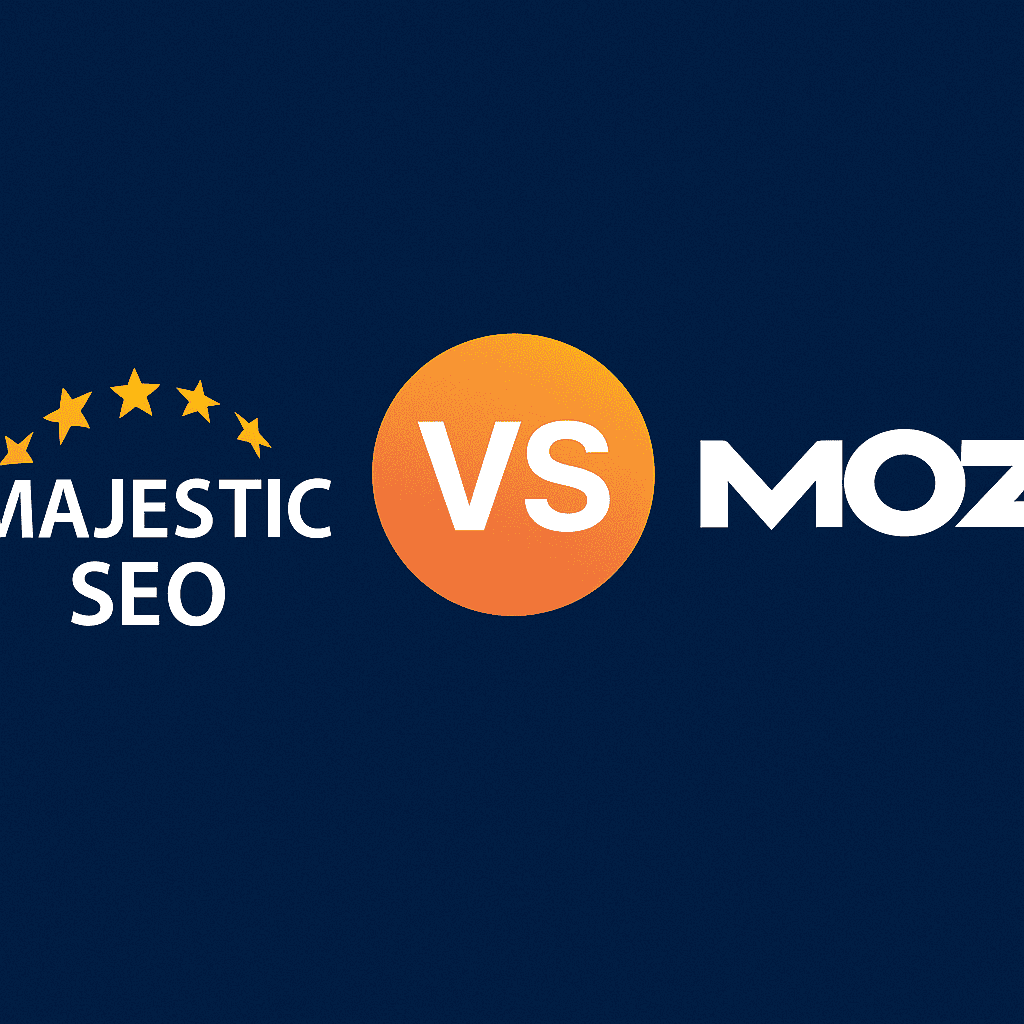
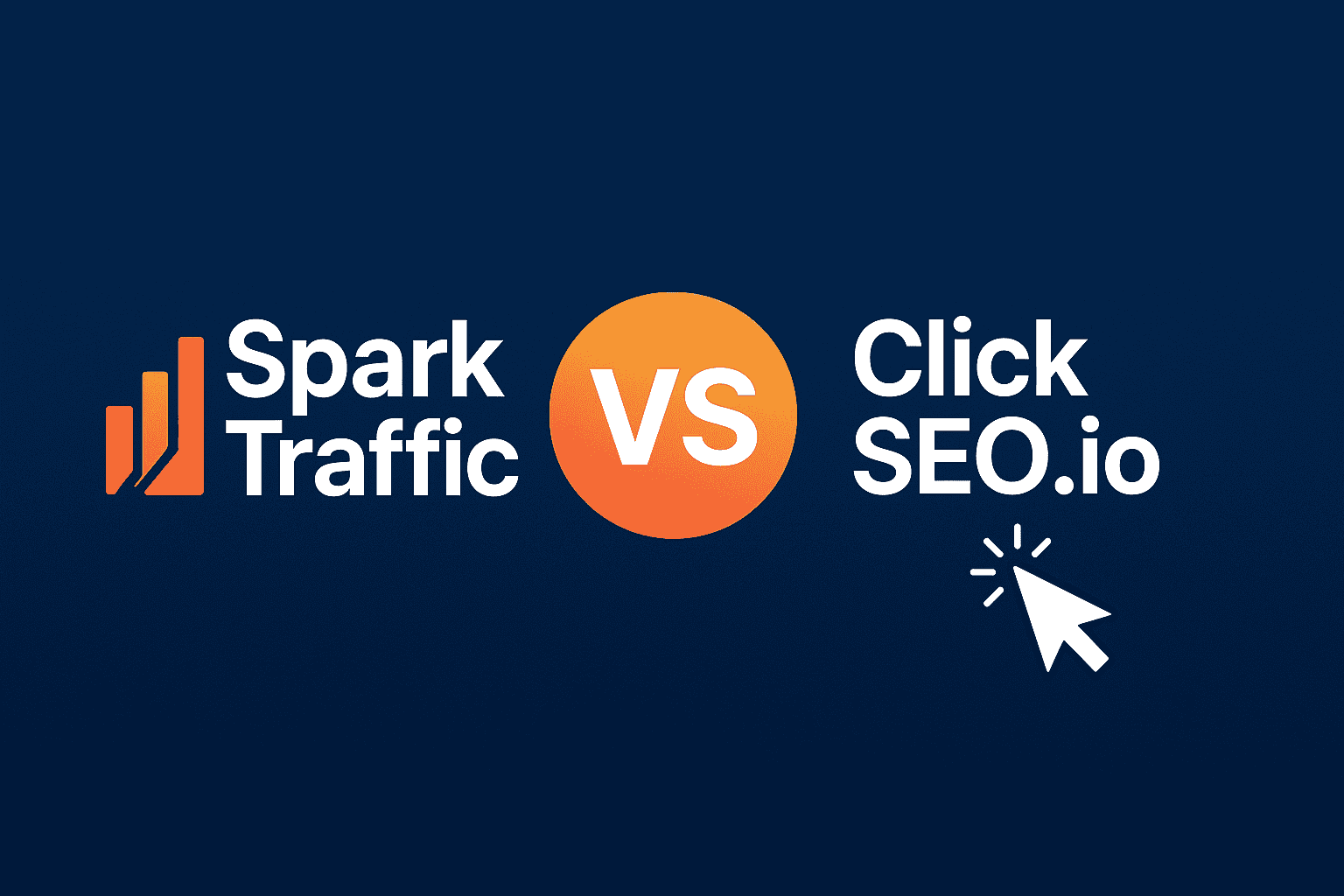
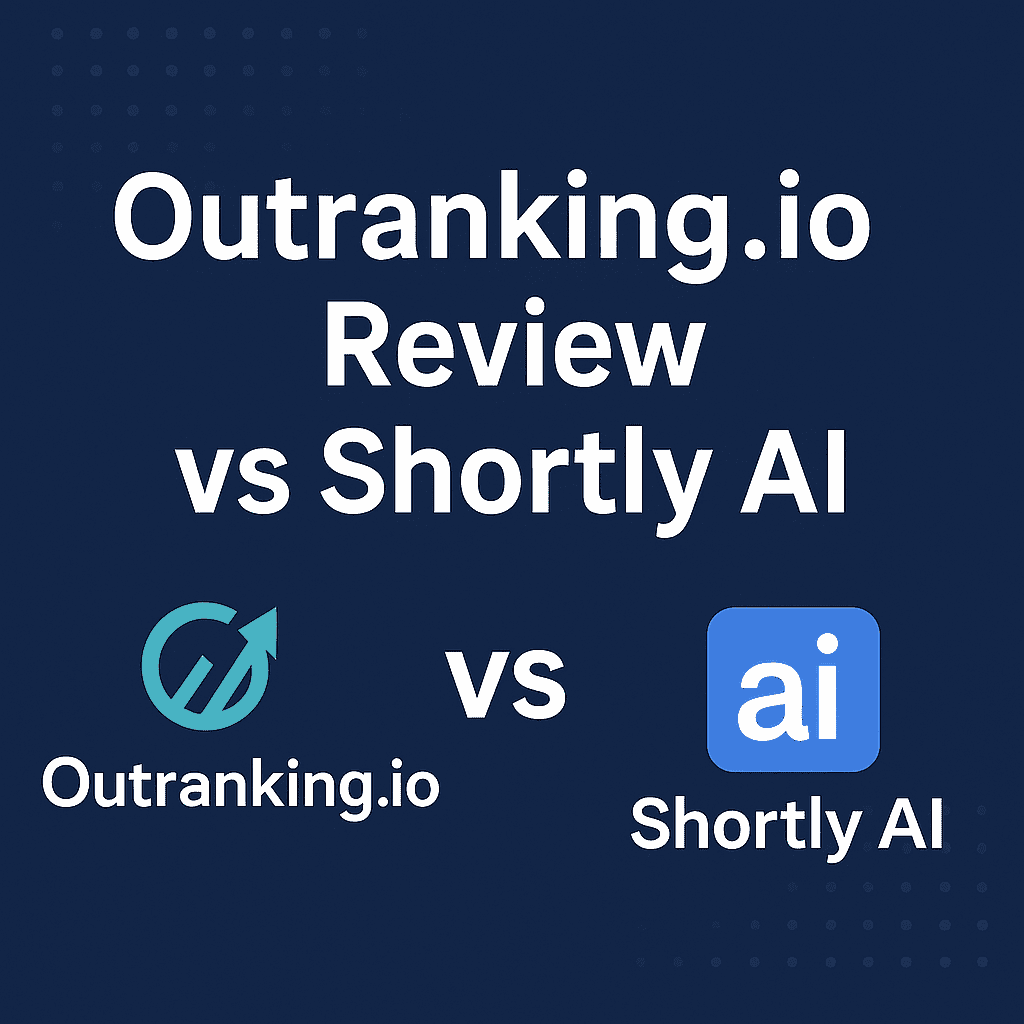
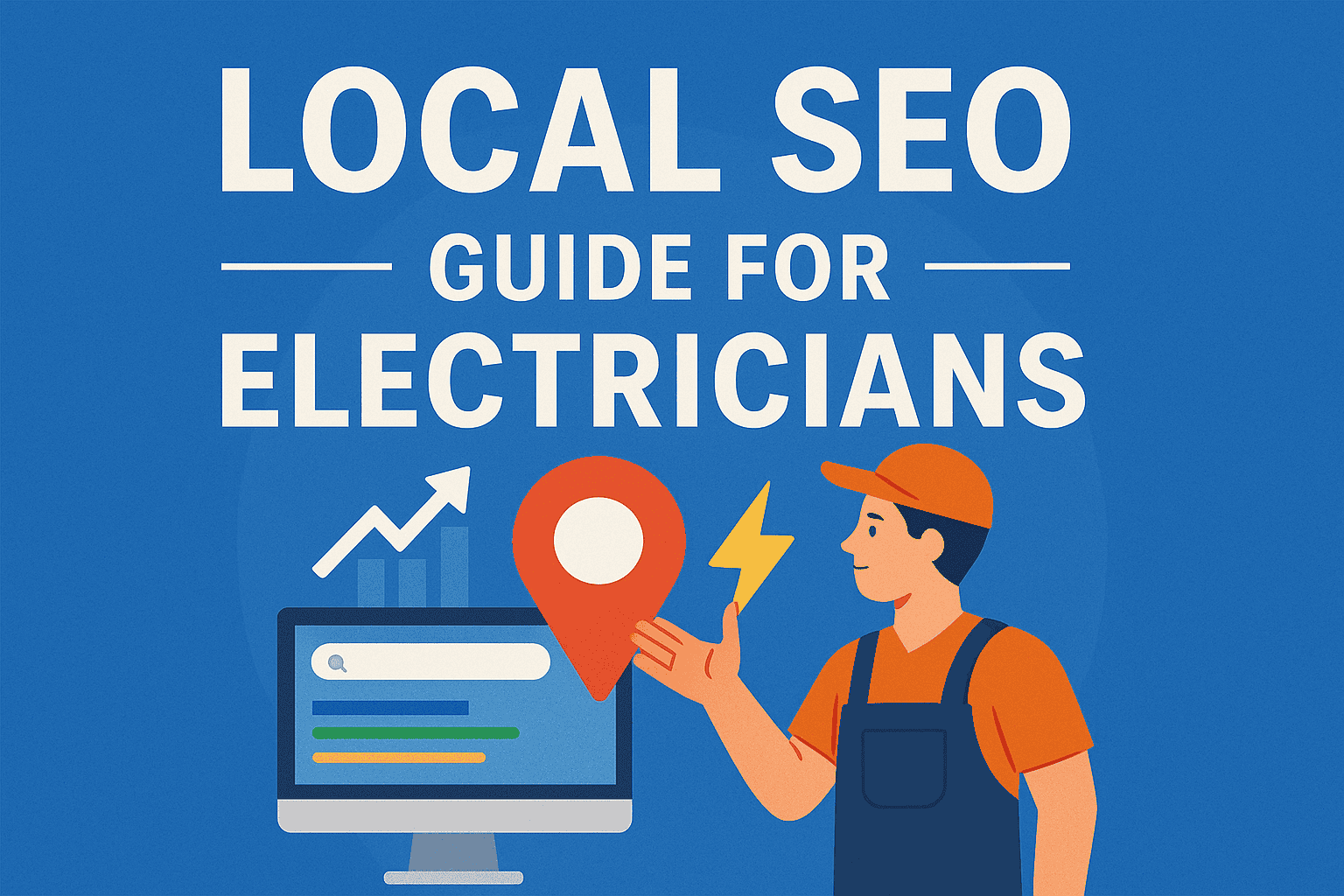
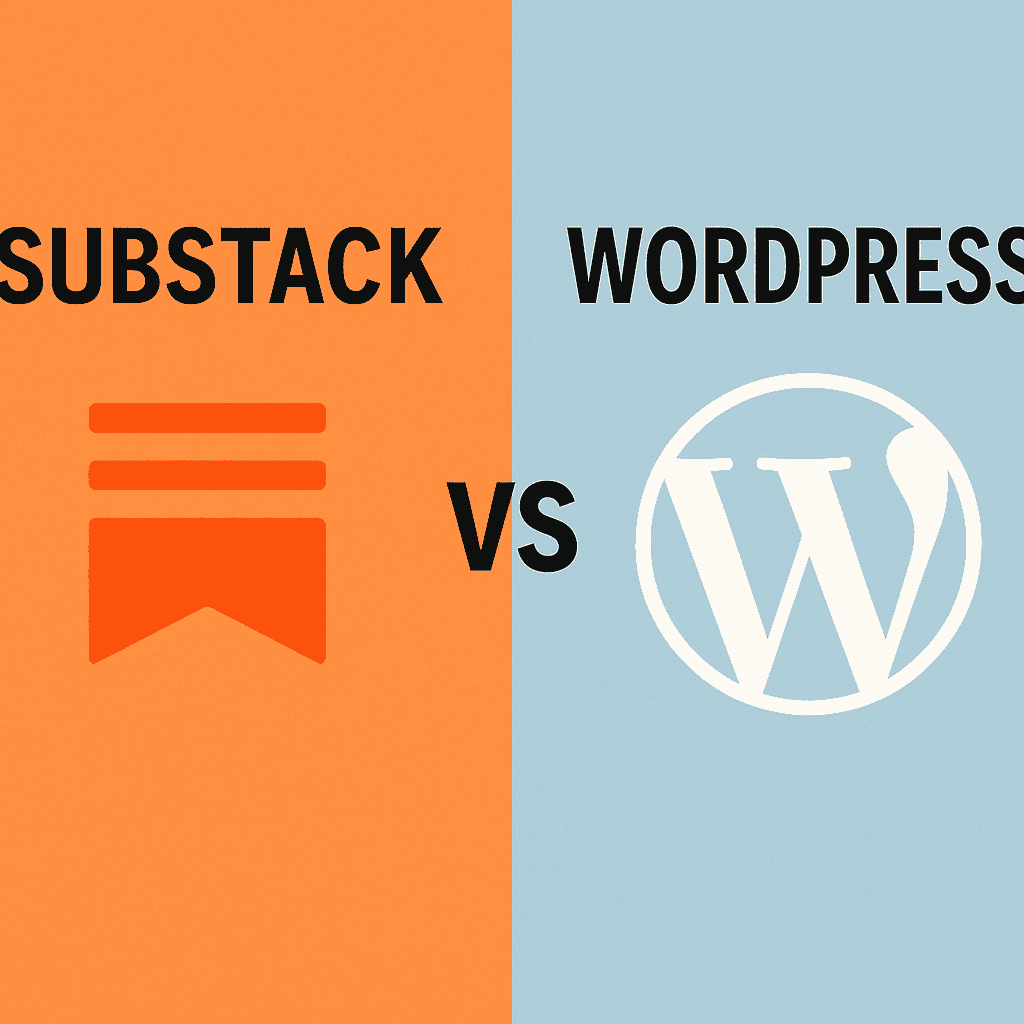

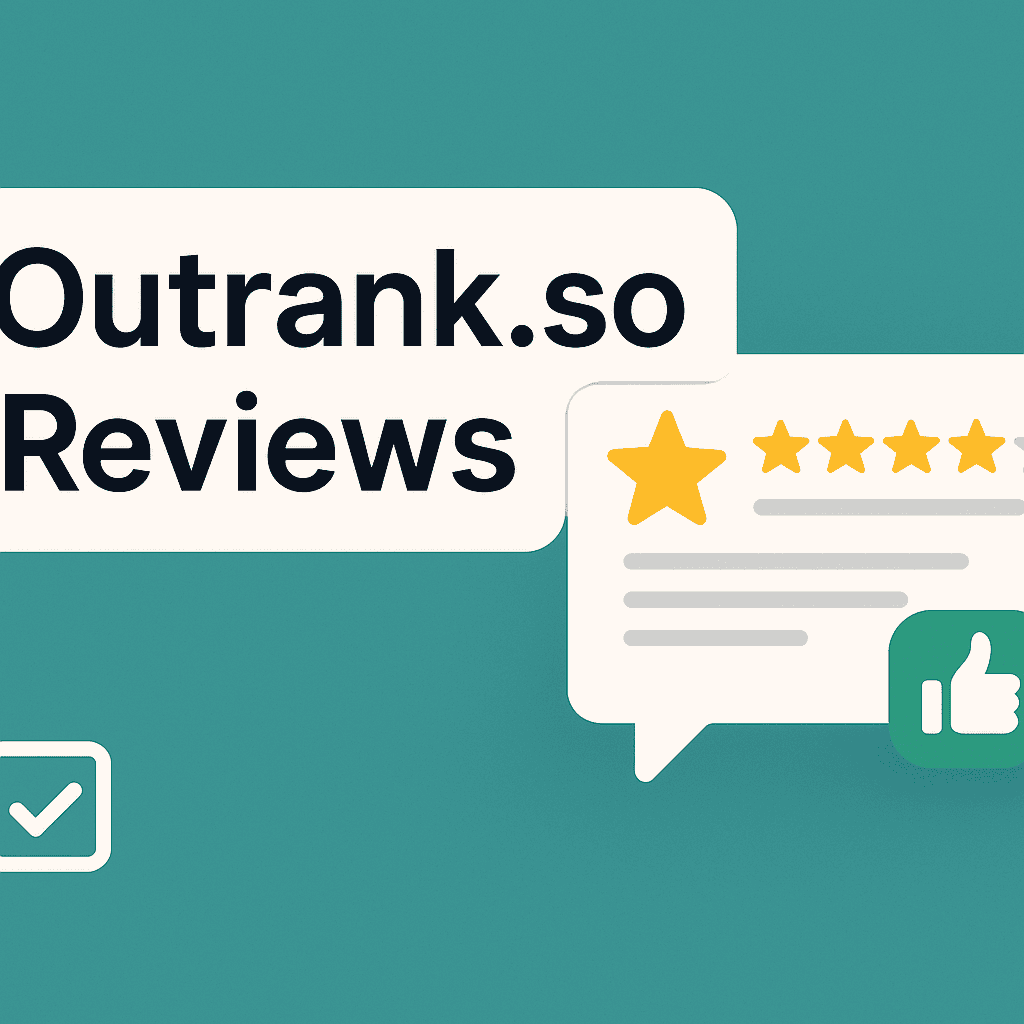
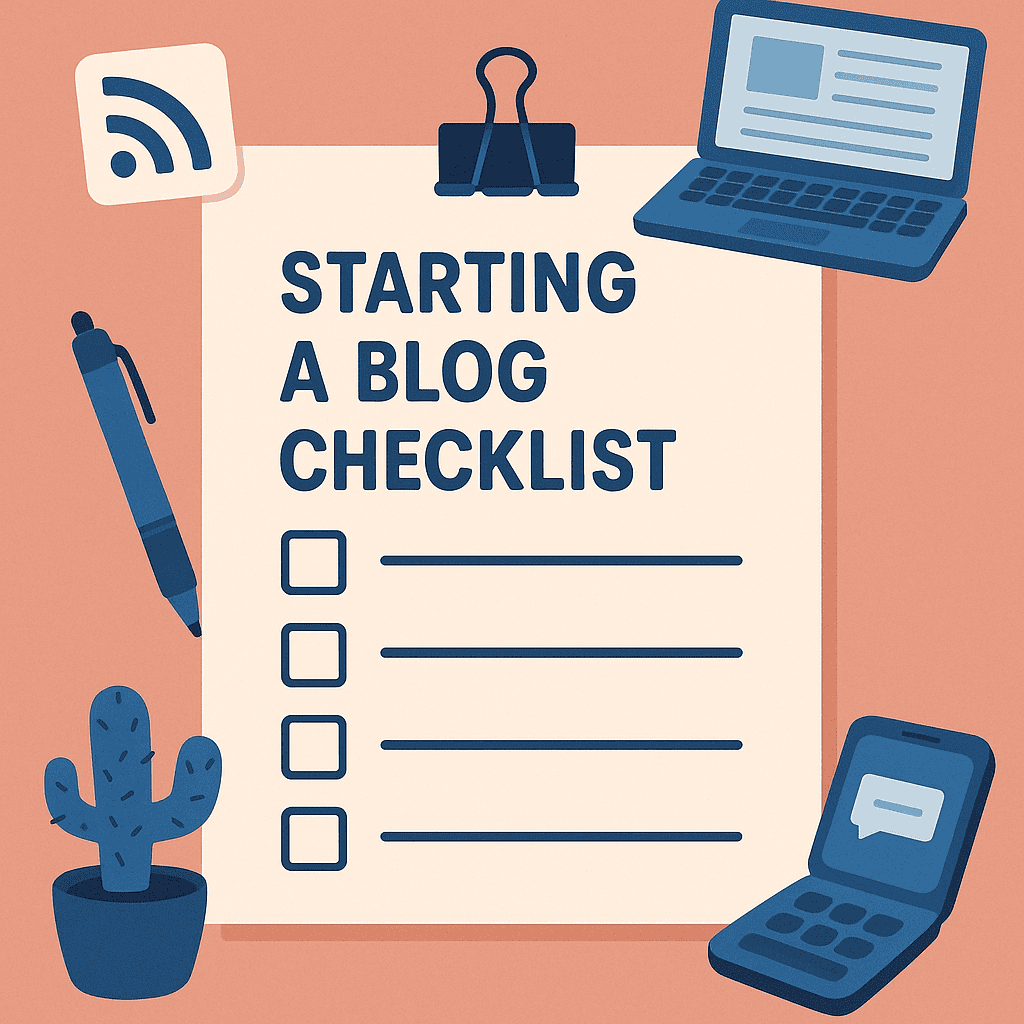
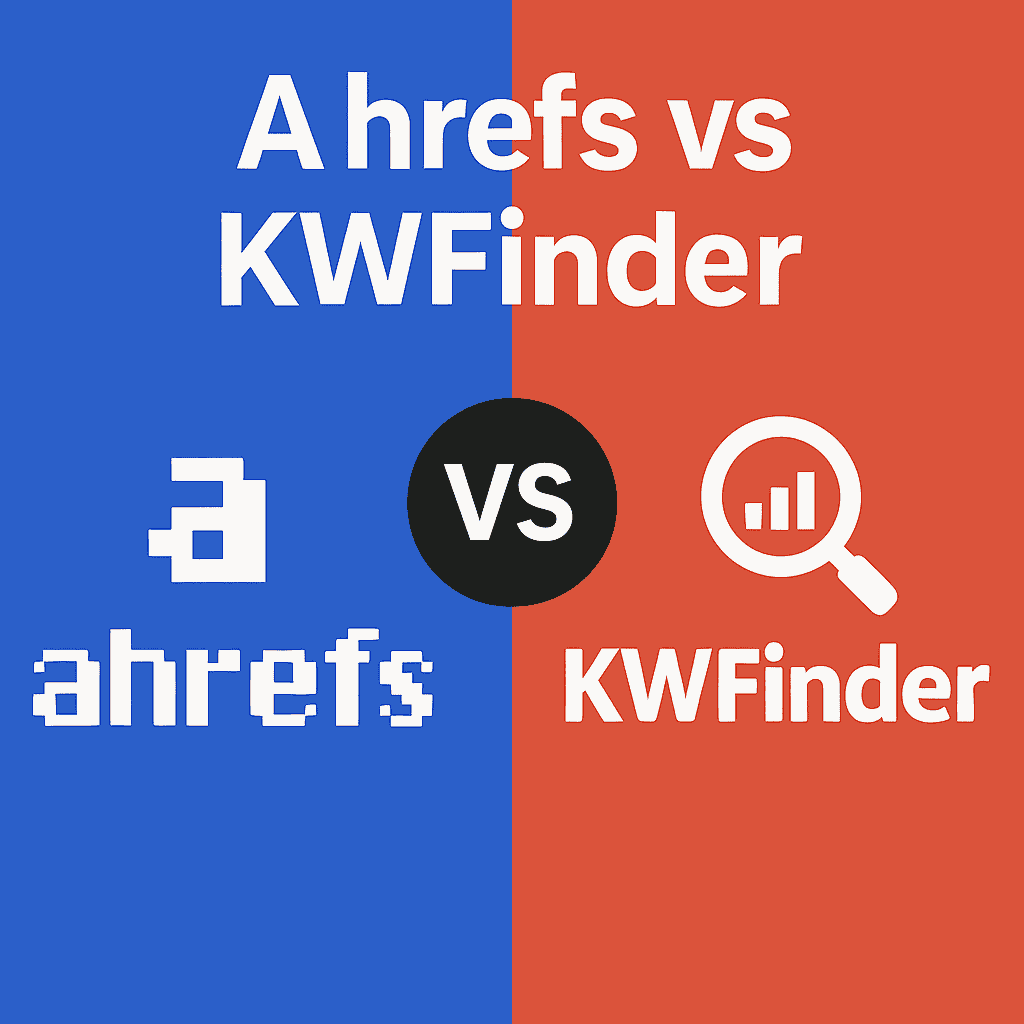


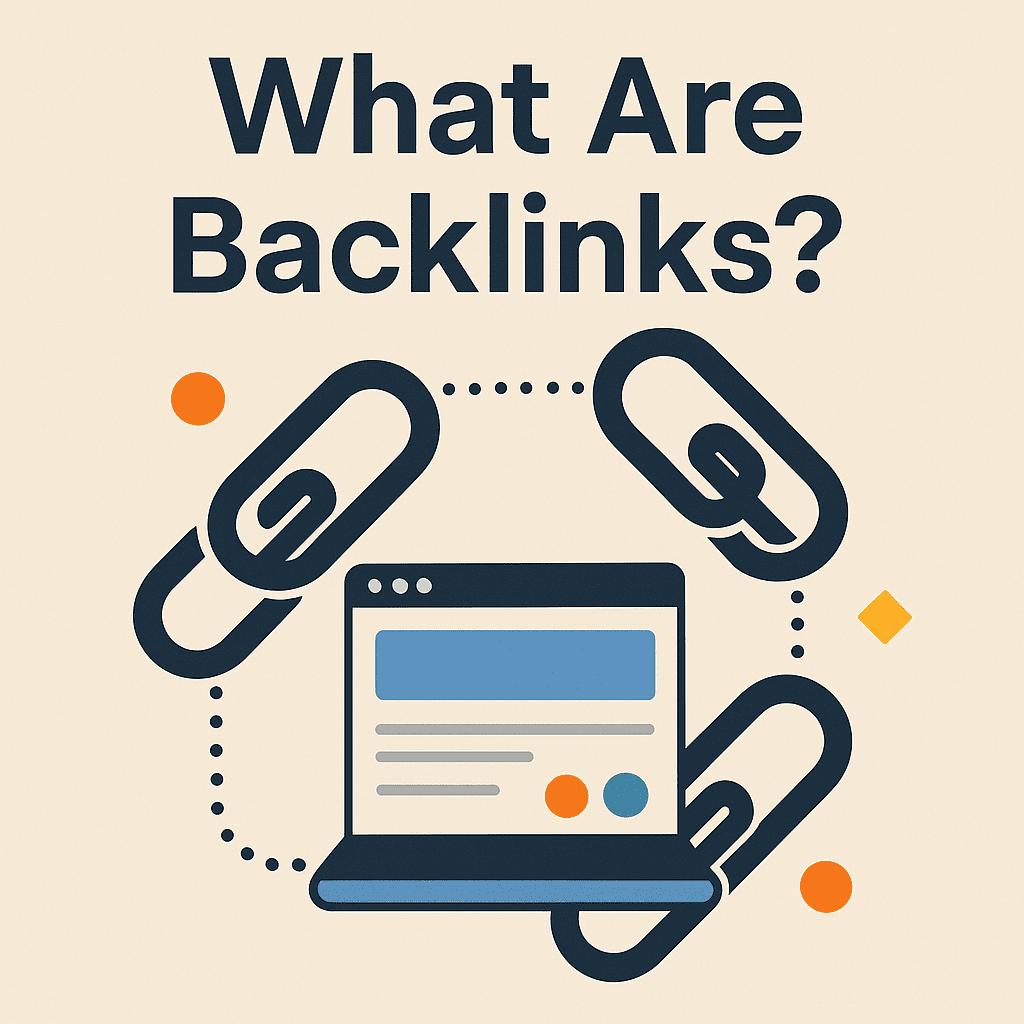
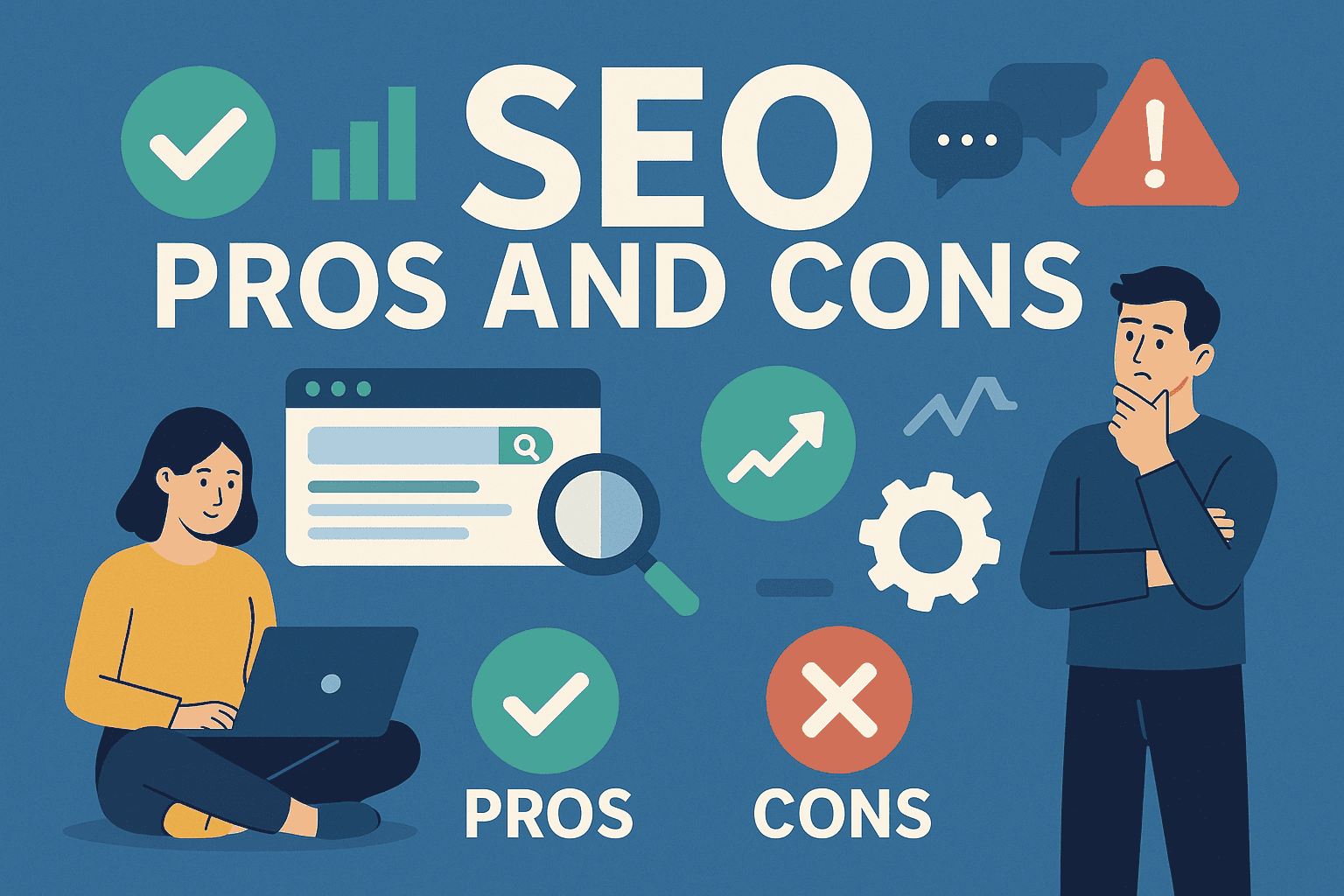

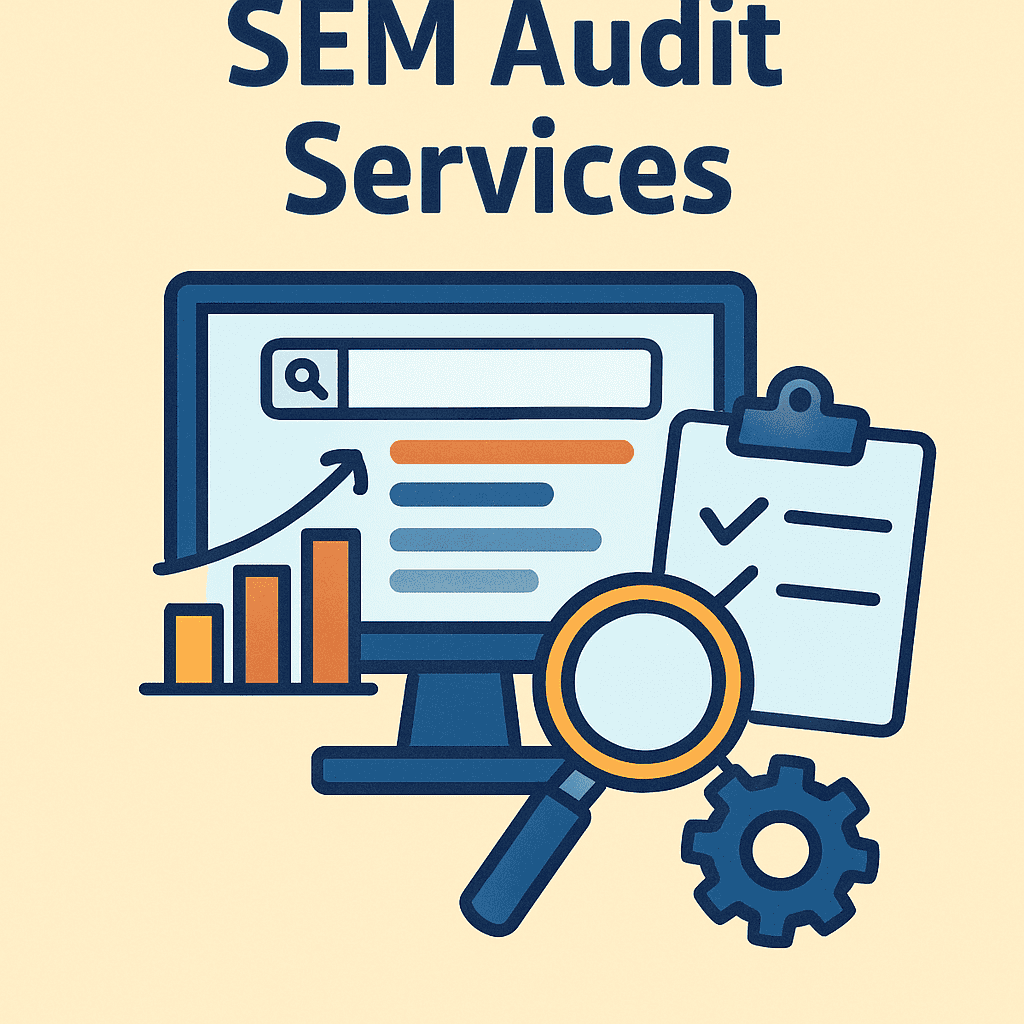



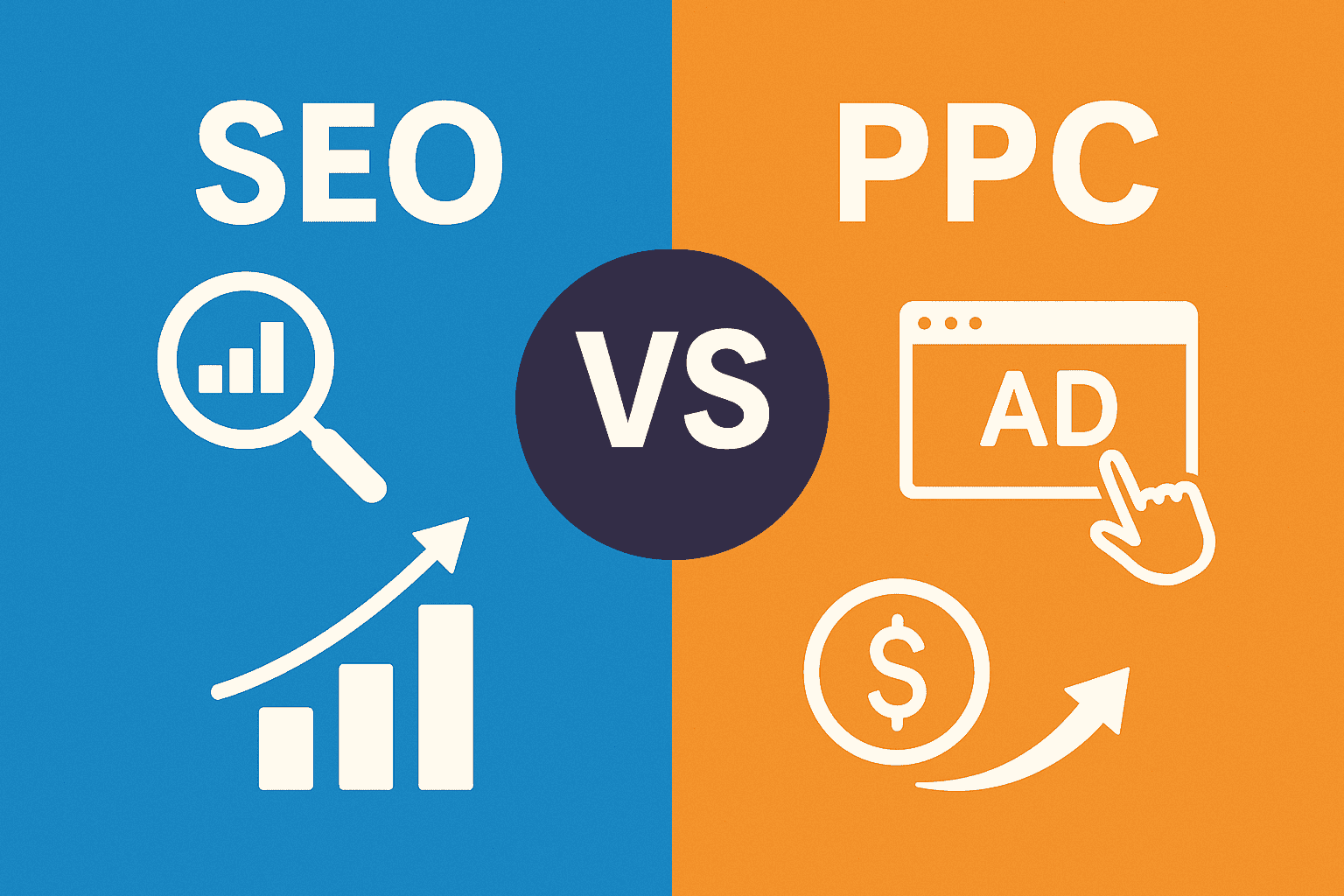

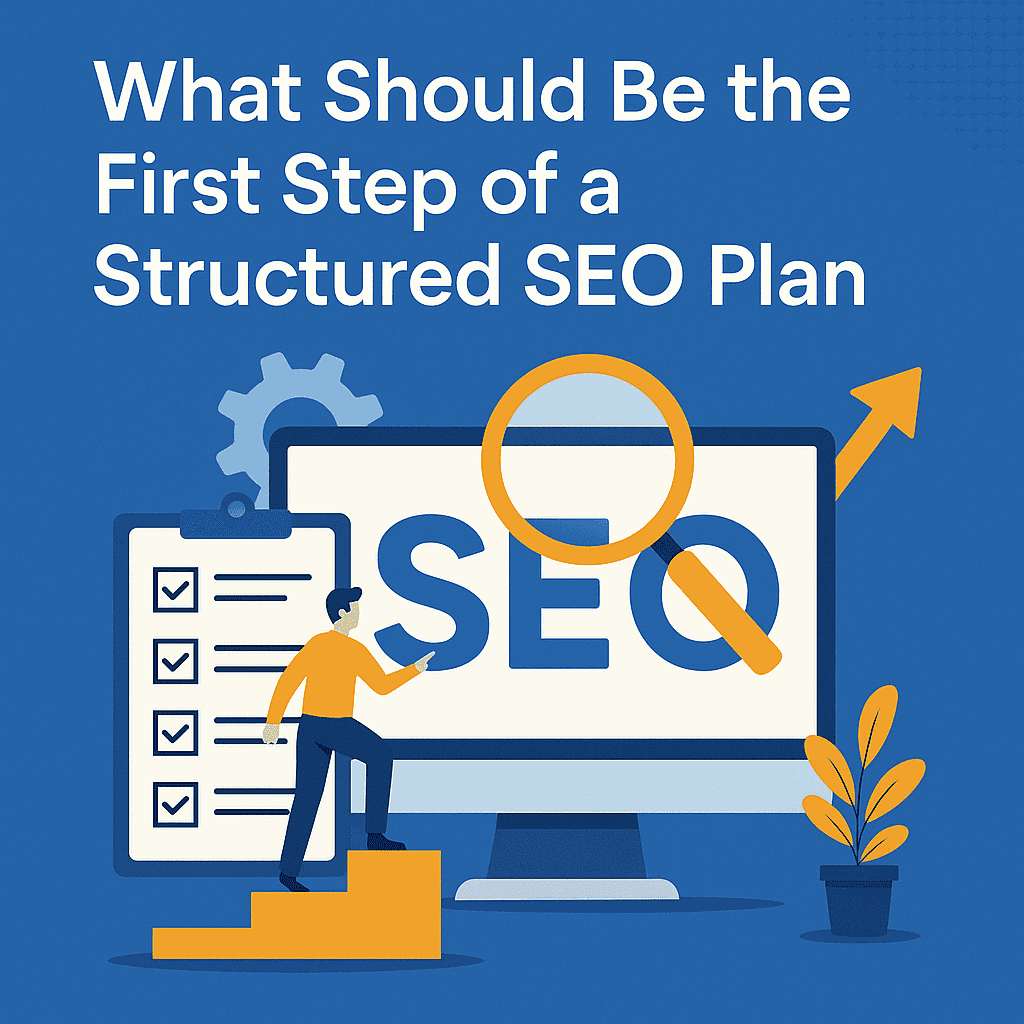

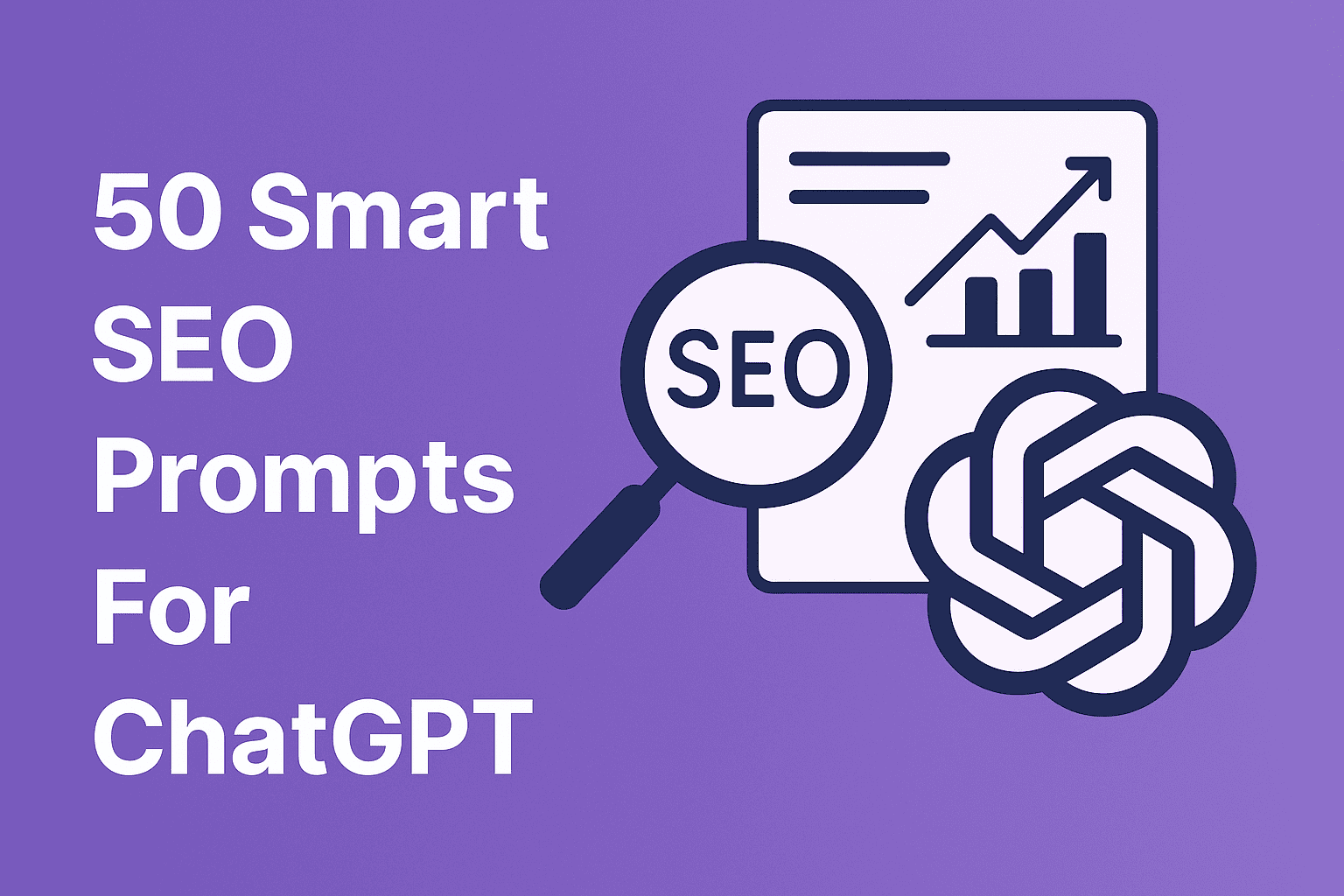
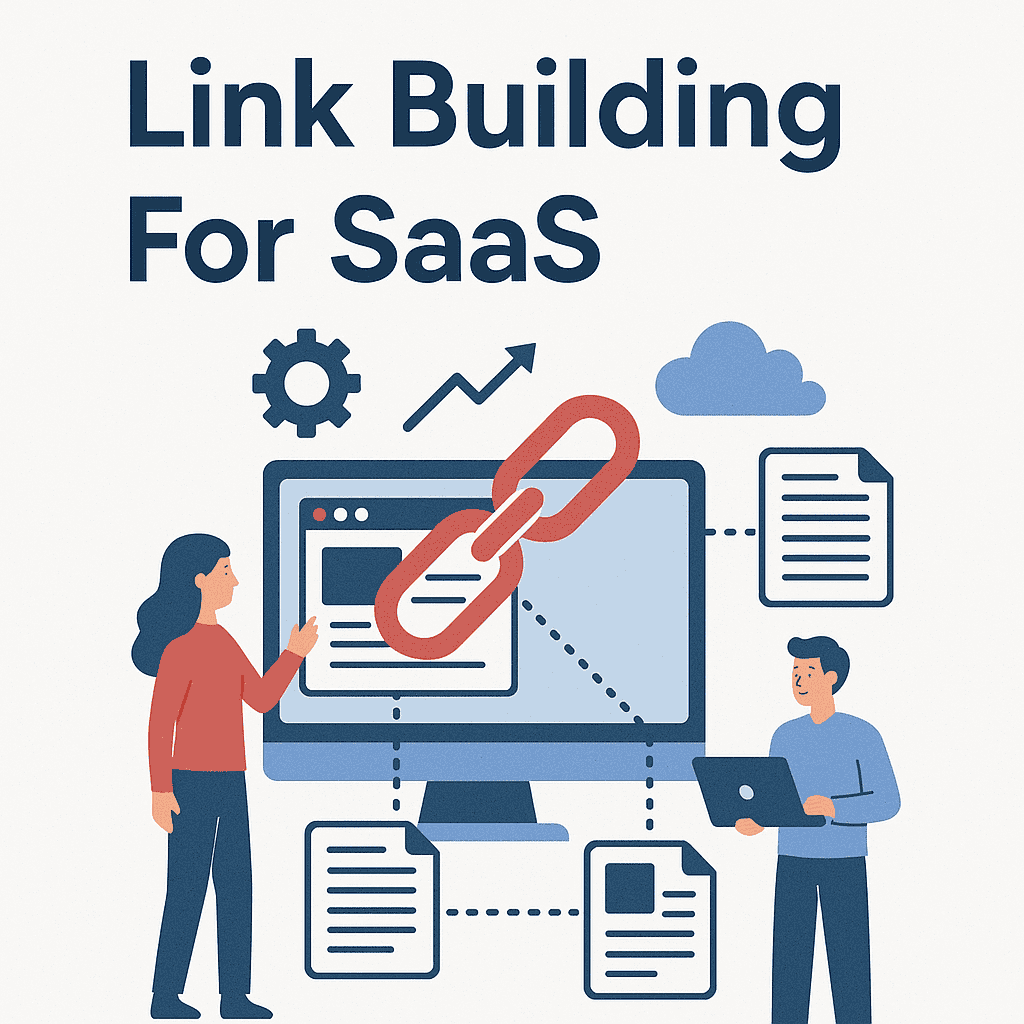

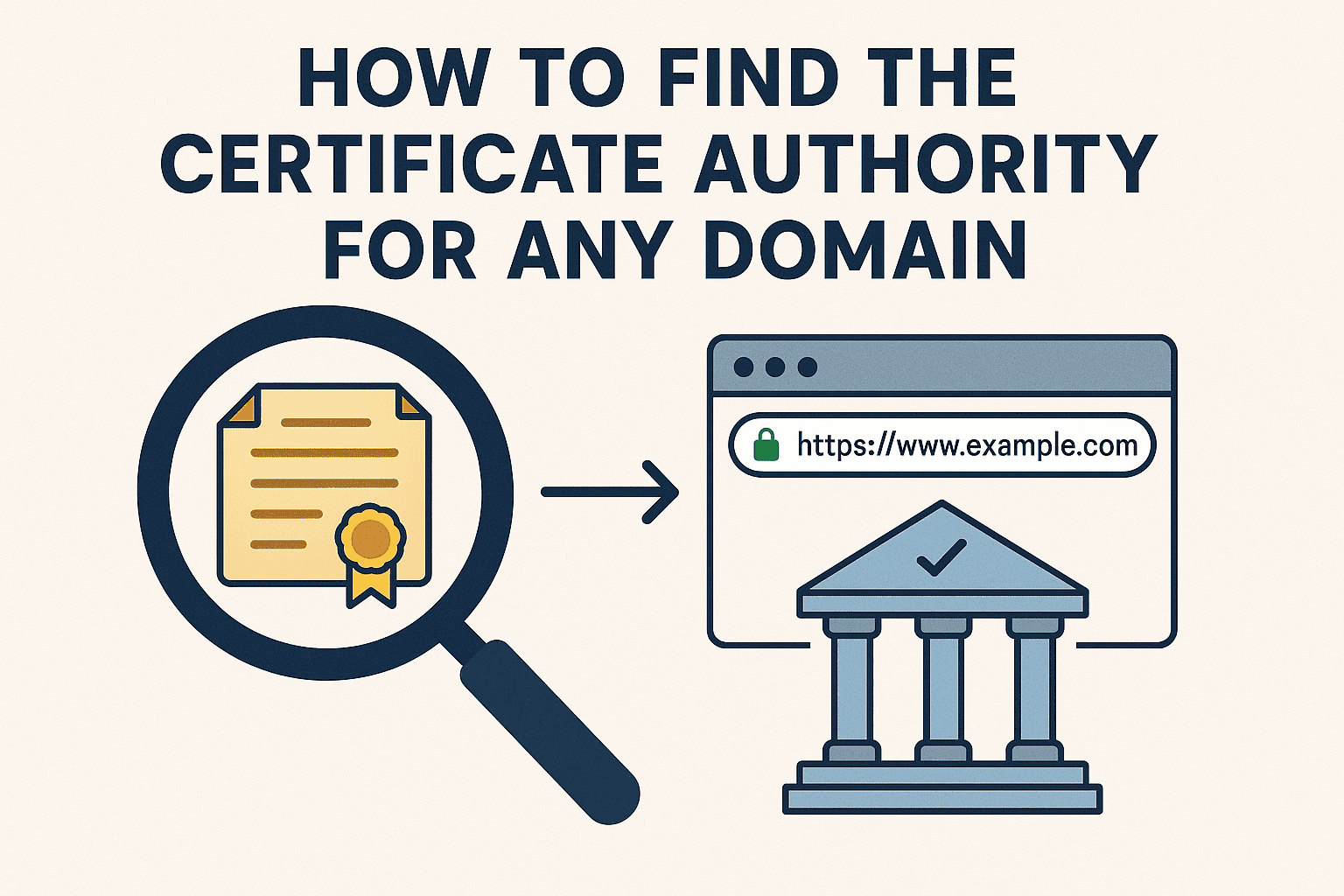

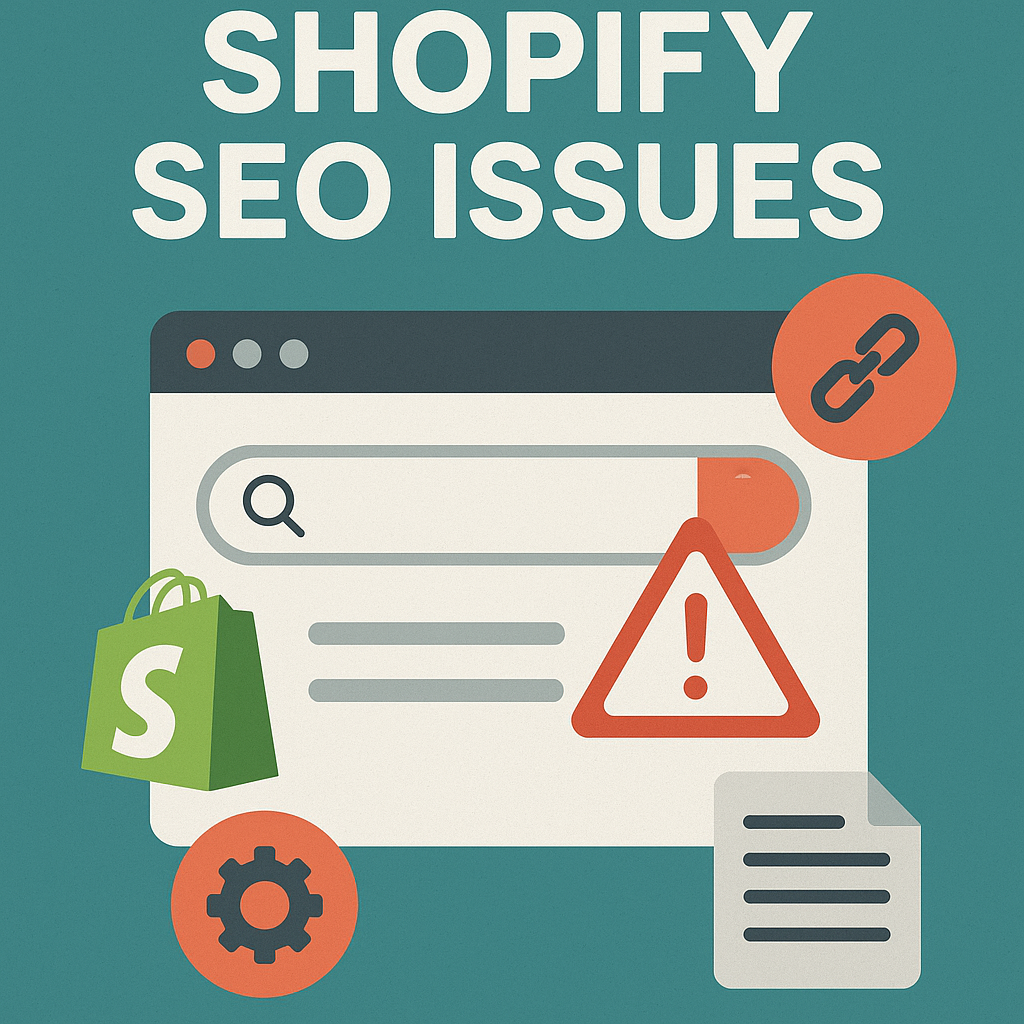
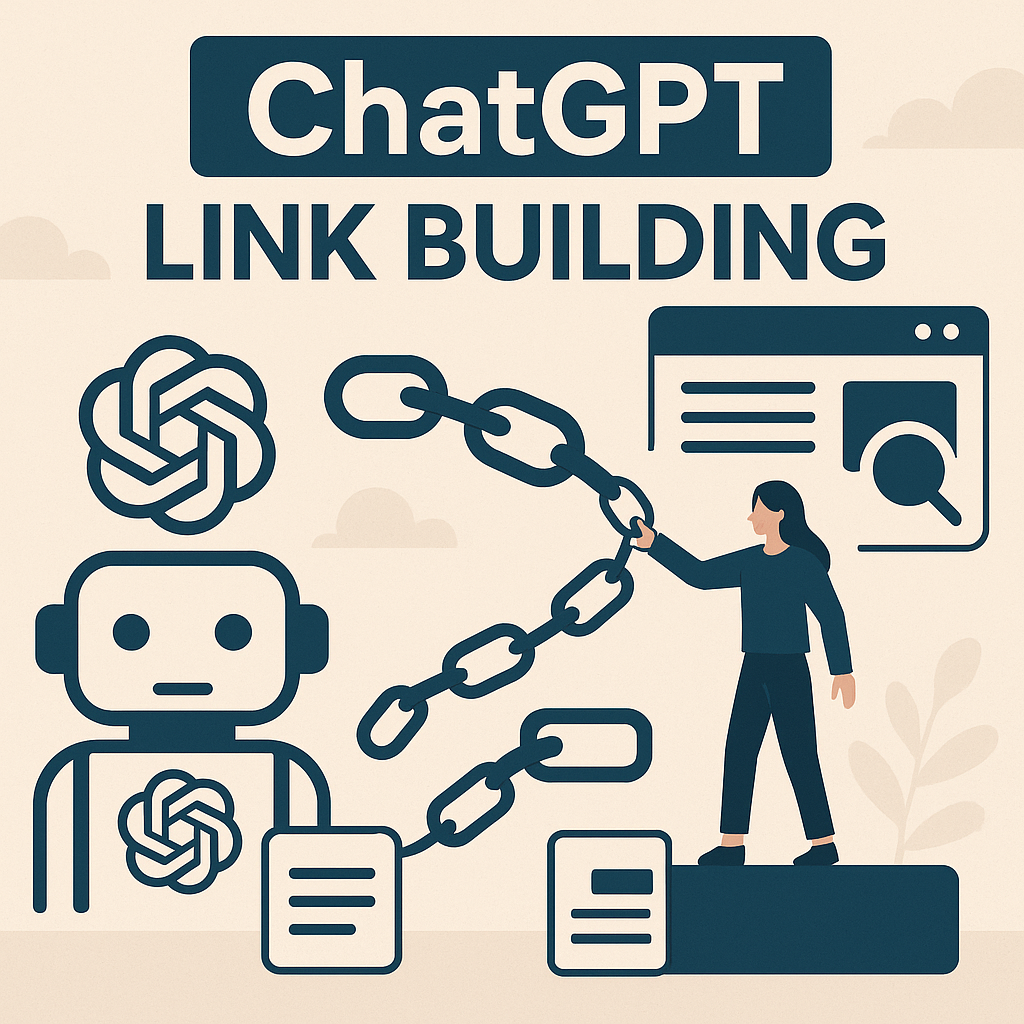
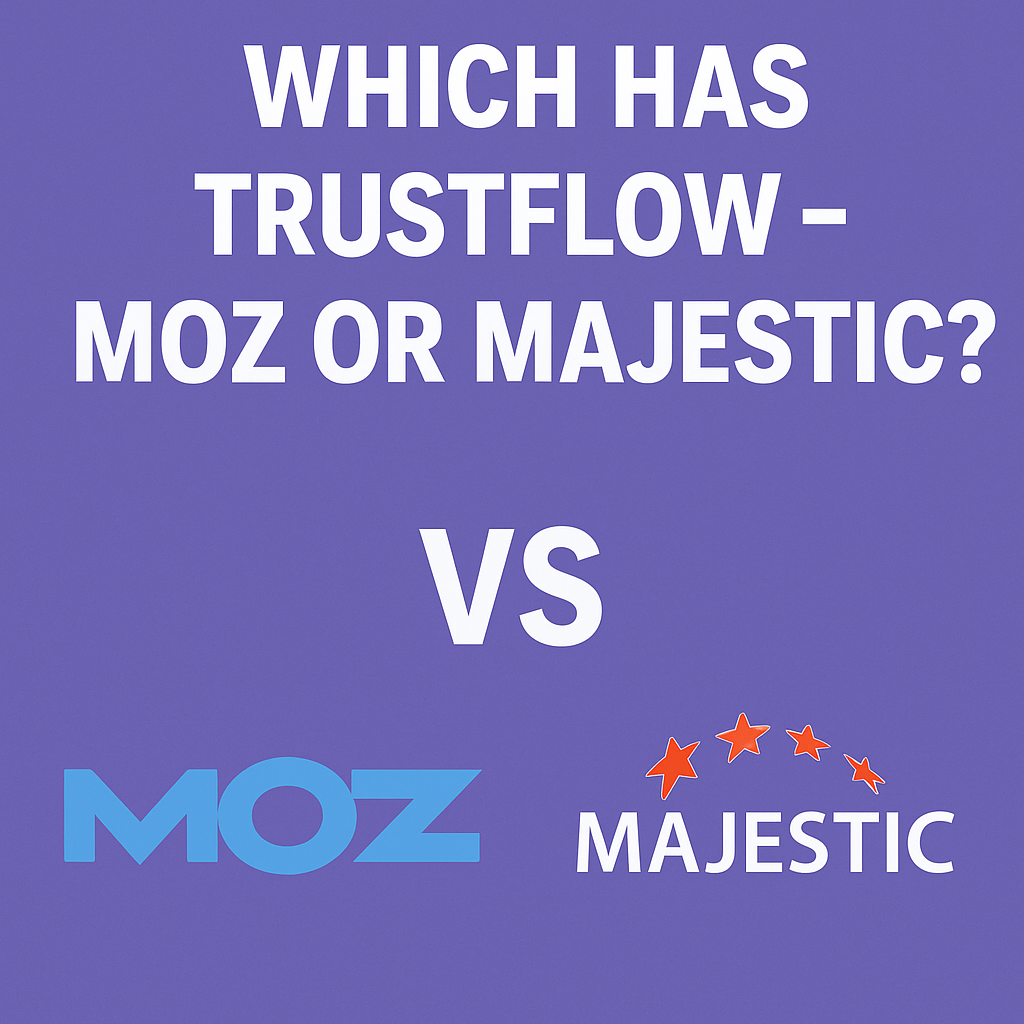
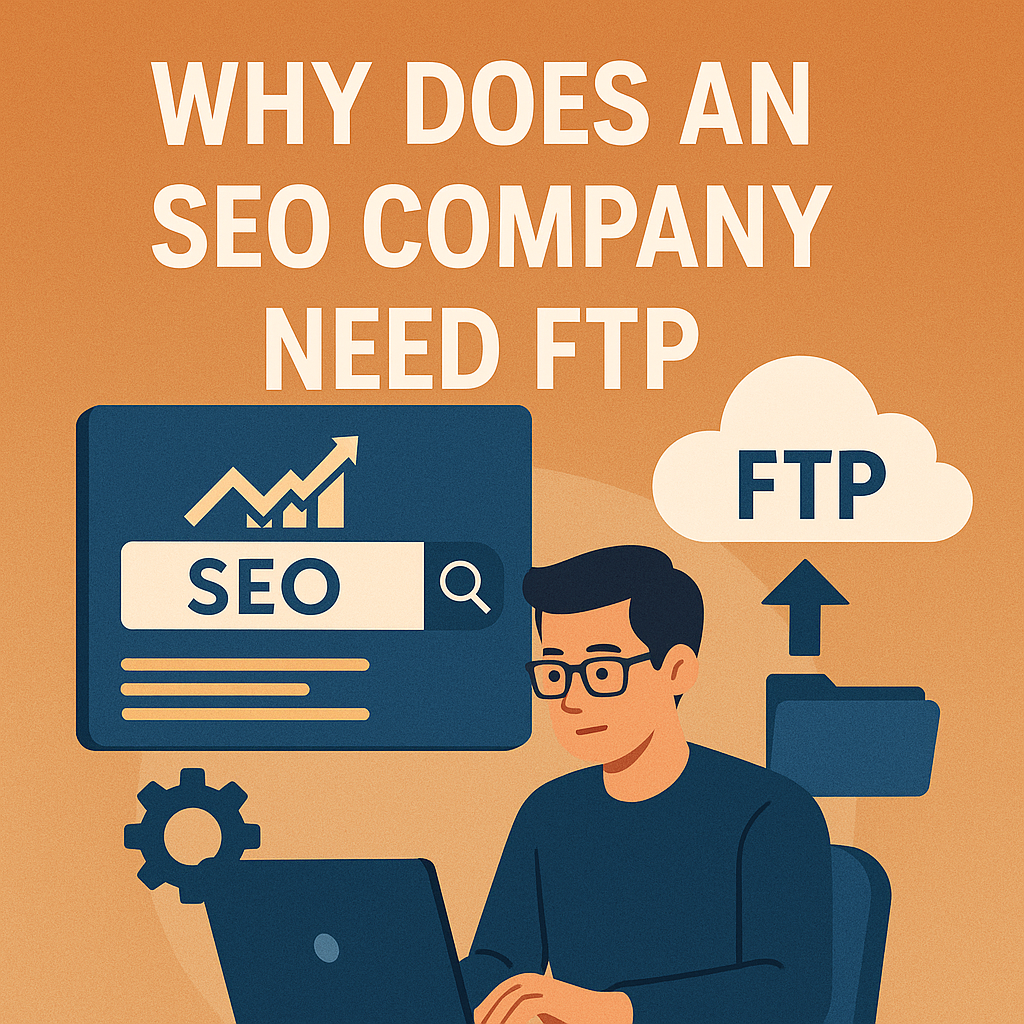

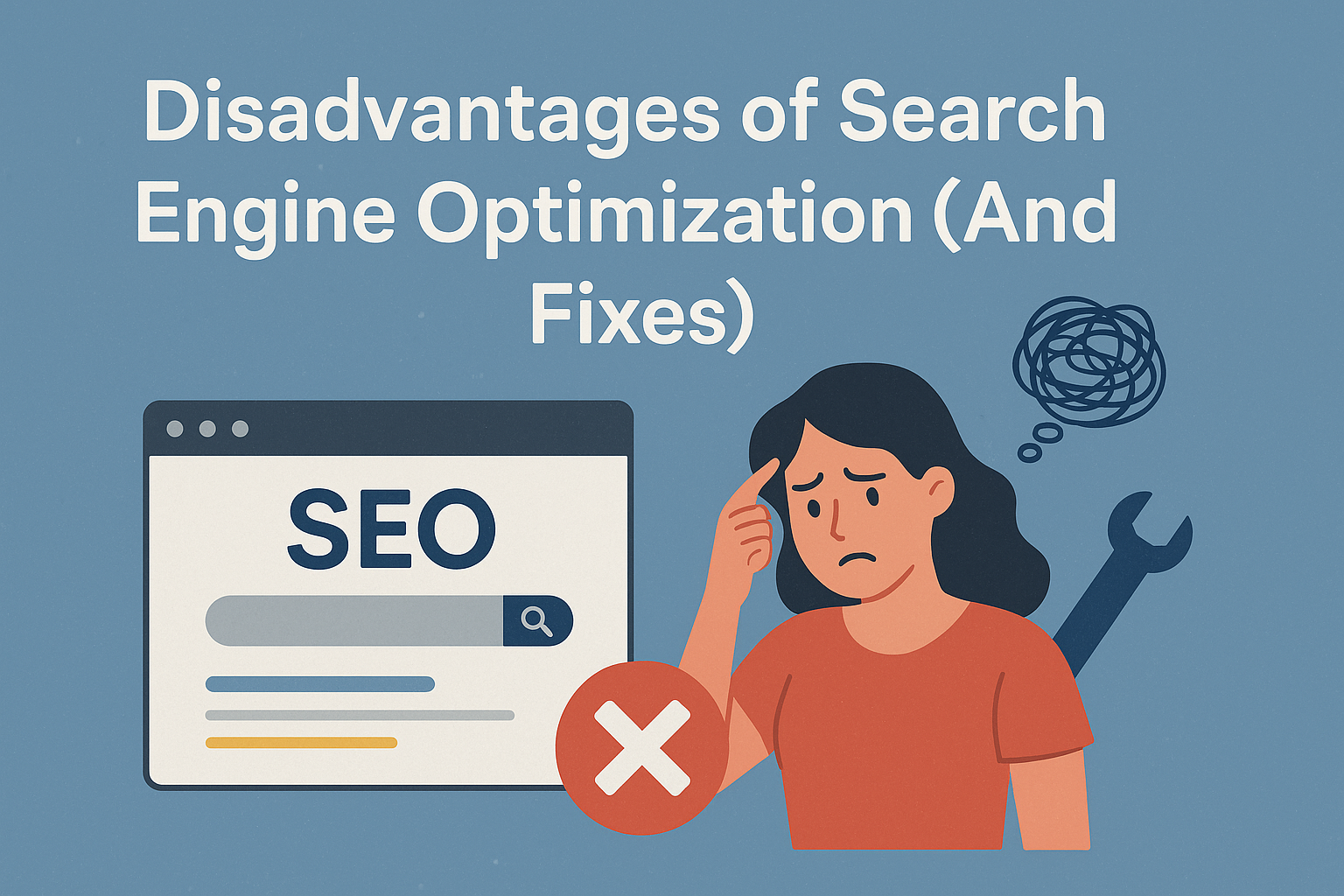
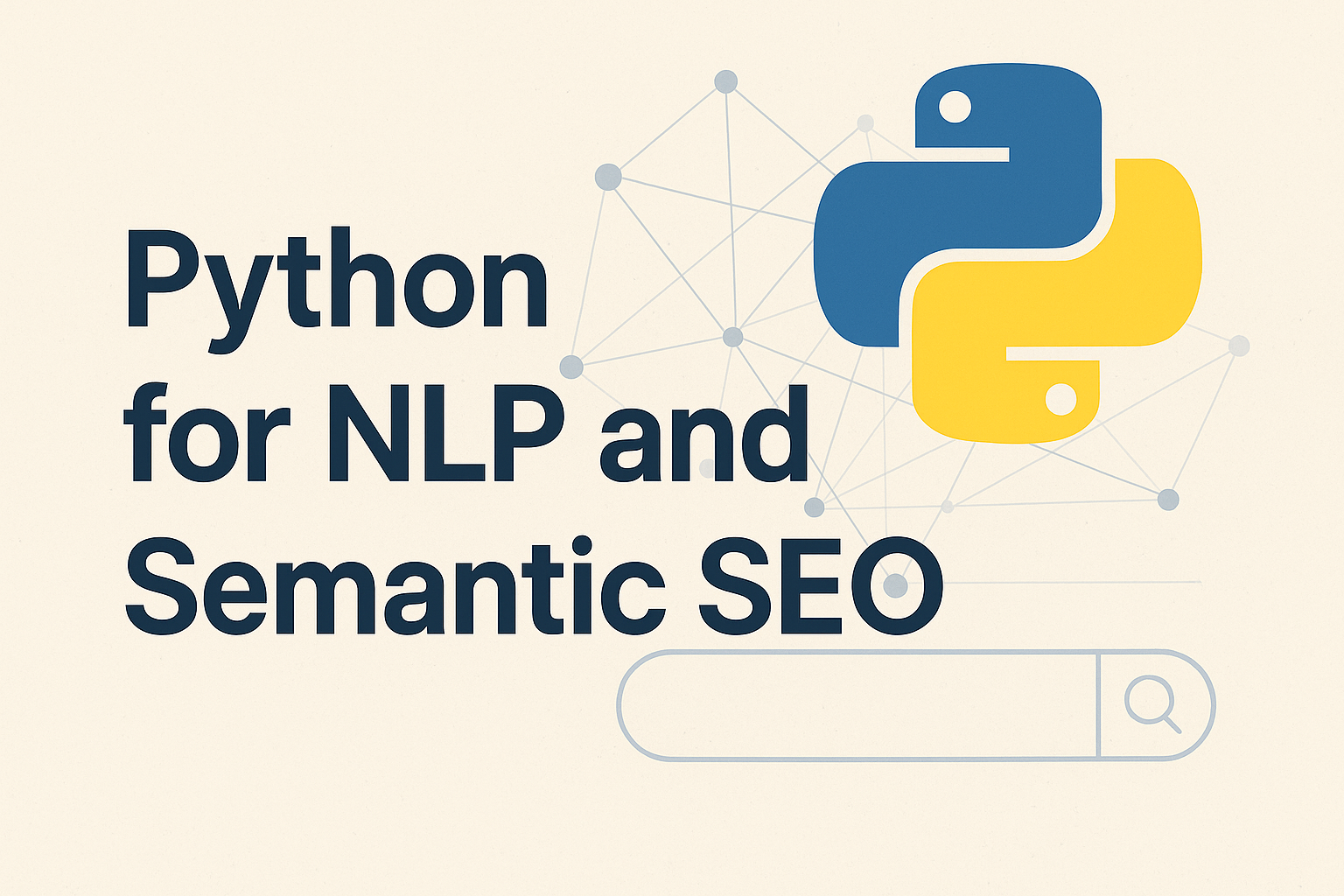
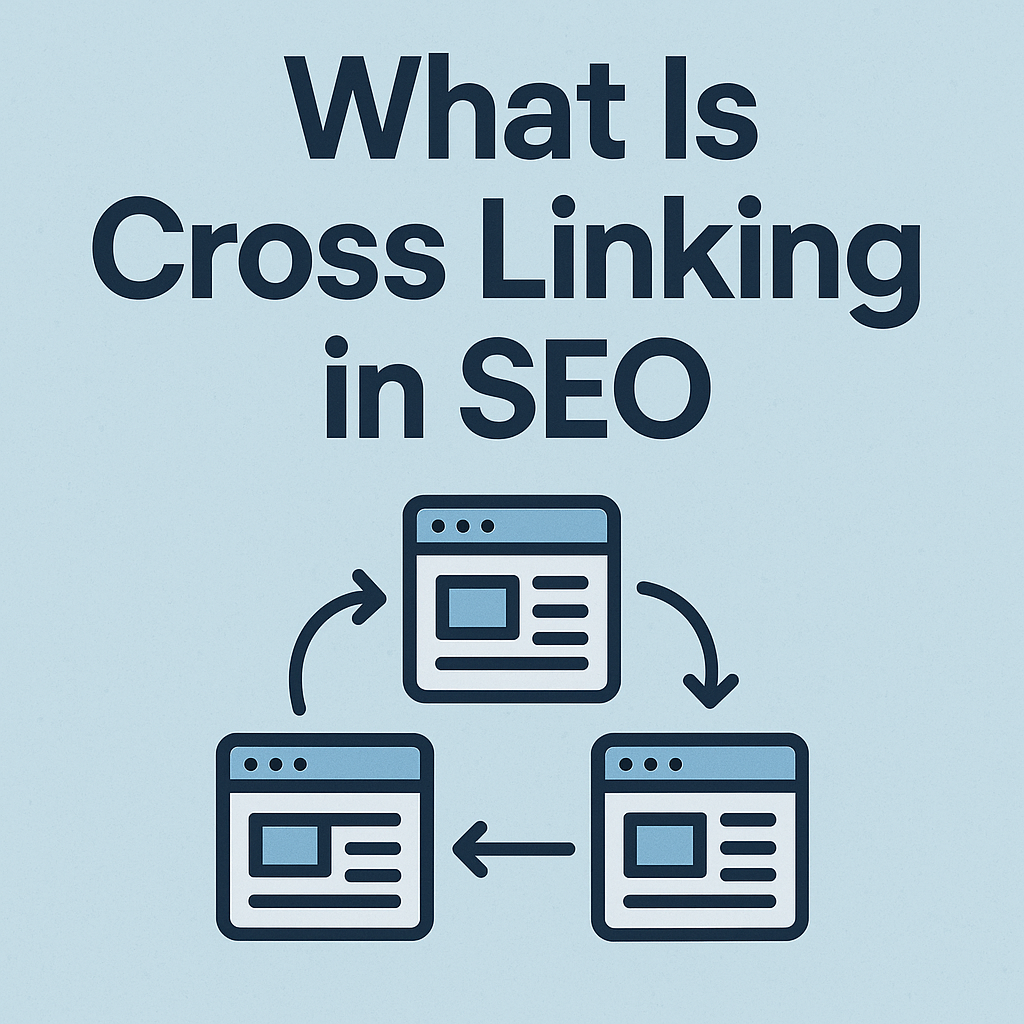

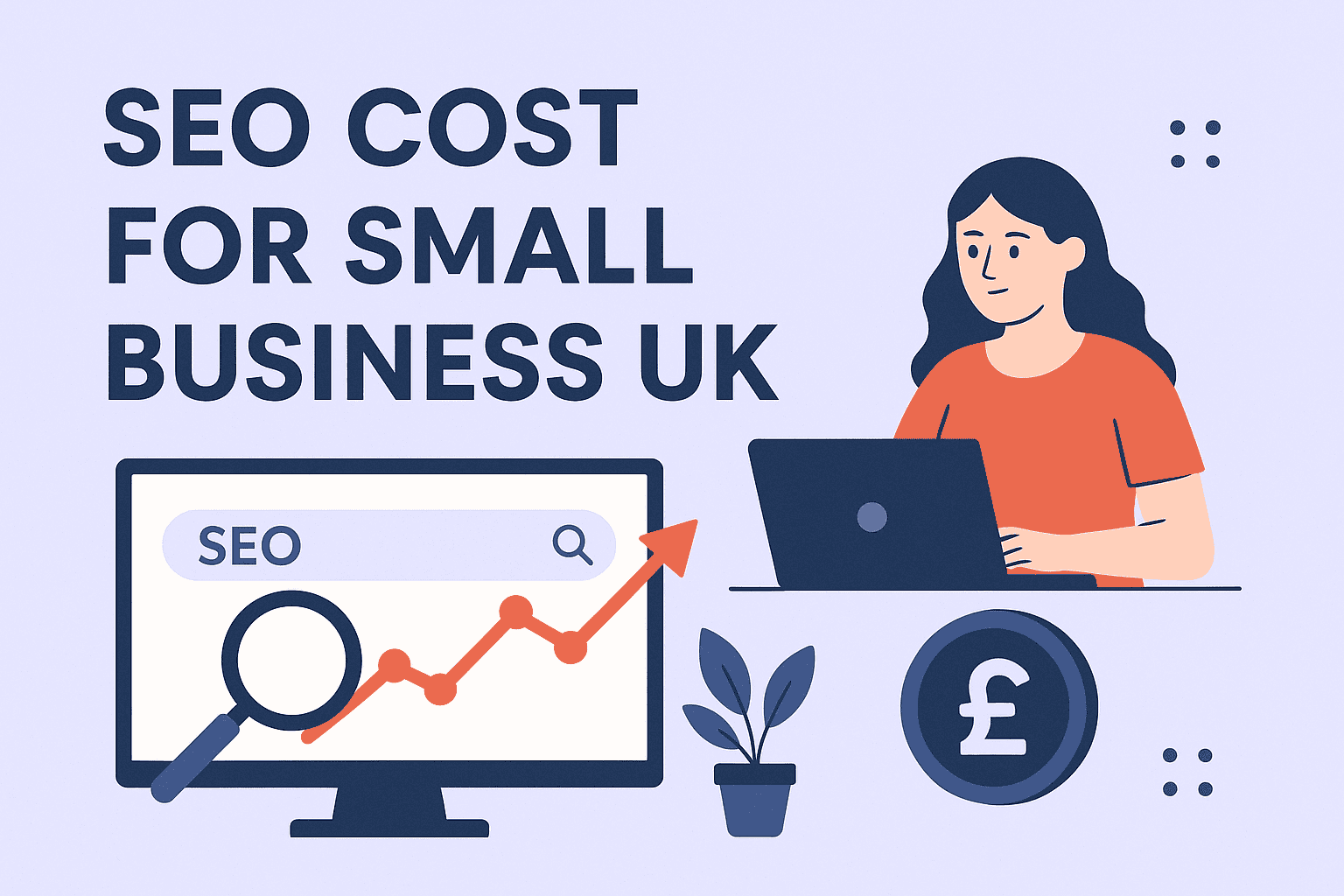
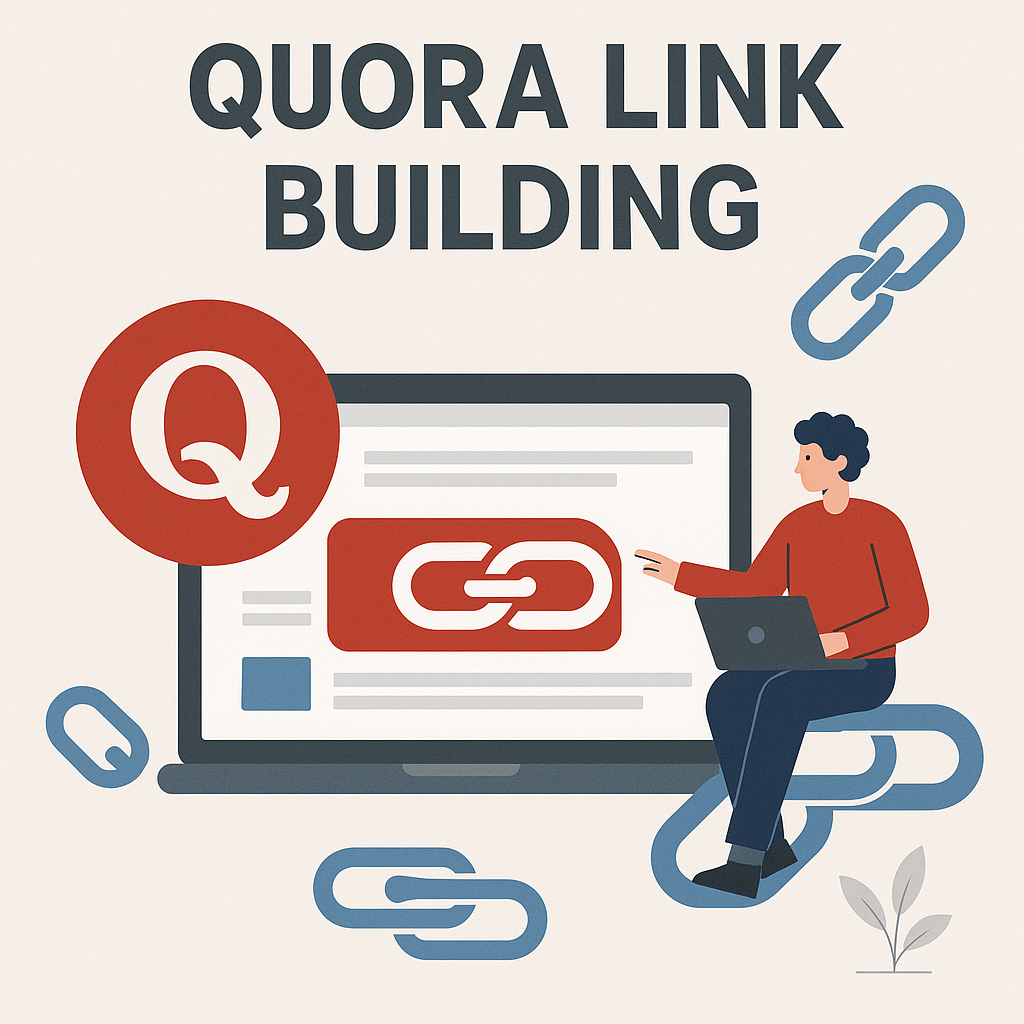
![How Many Outbound Links Per Blog [2025 Updated]](https://backlinkmanagement.io/wp-content/uploads/2025/06/How-Many-Outbound-Links-Per-Blog.png)
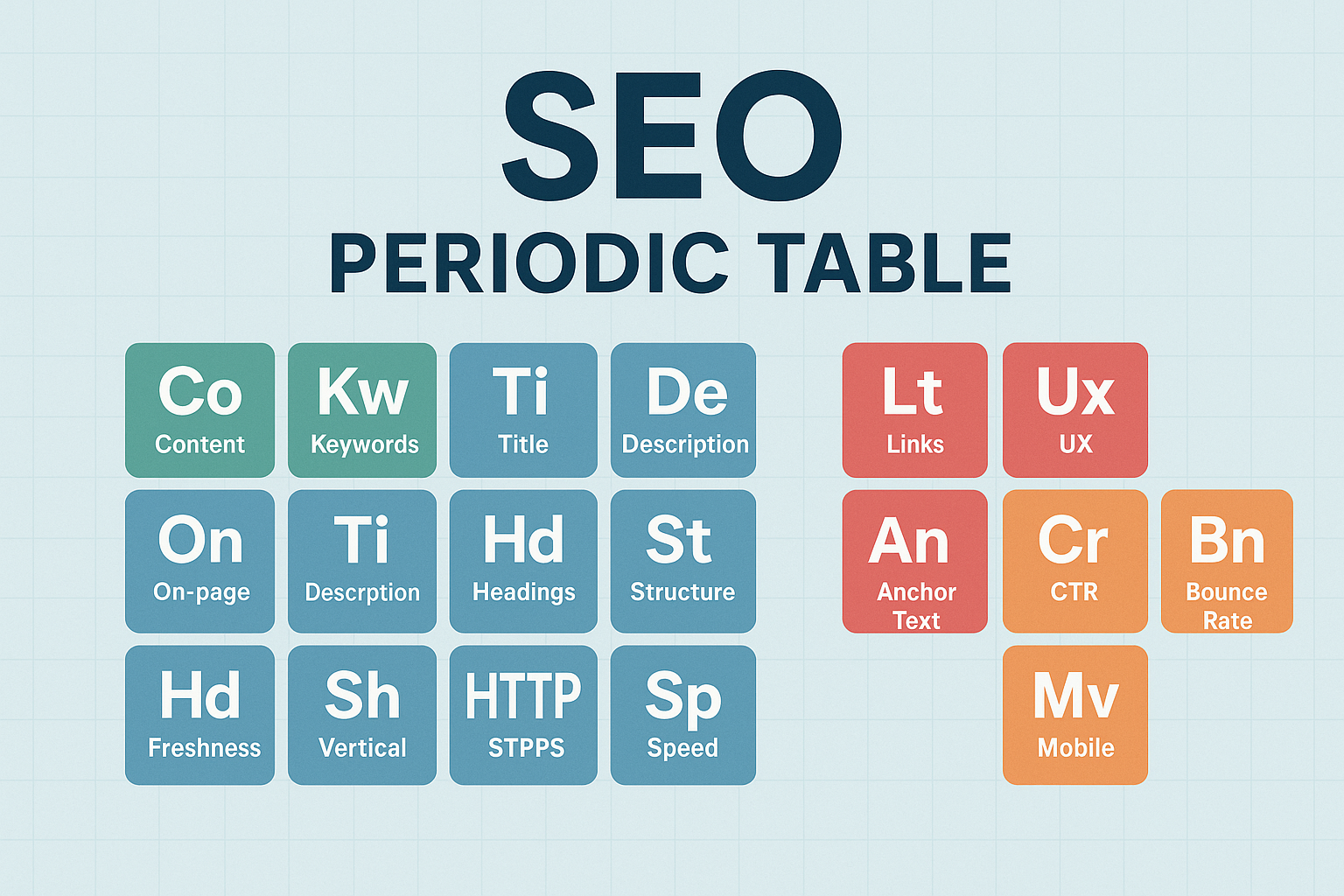

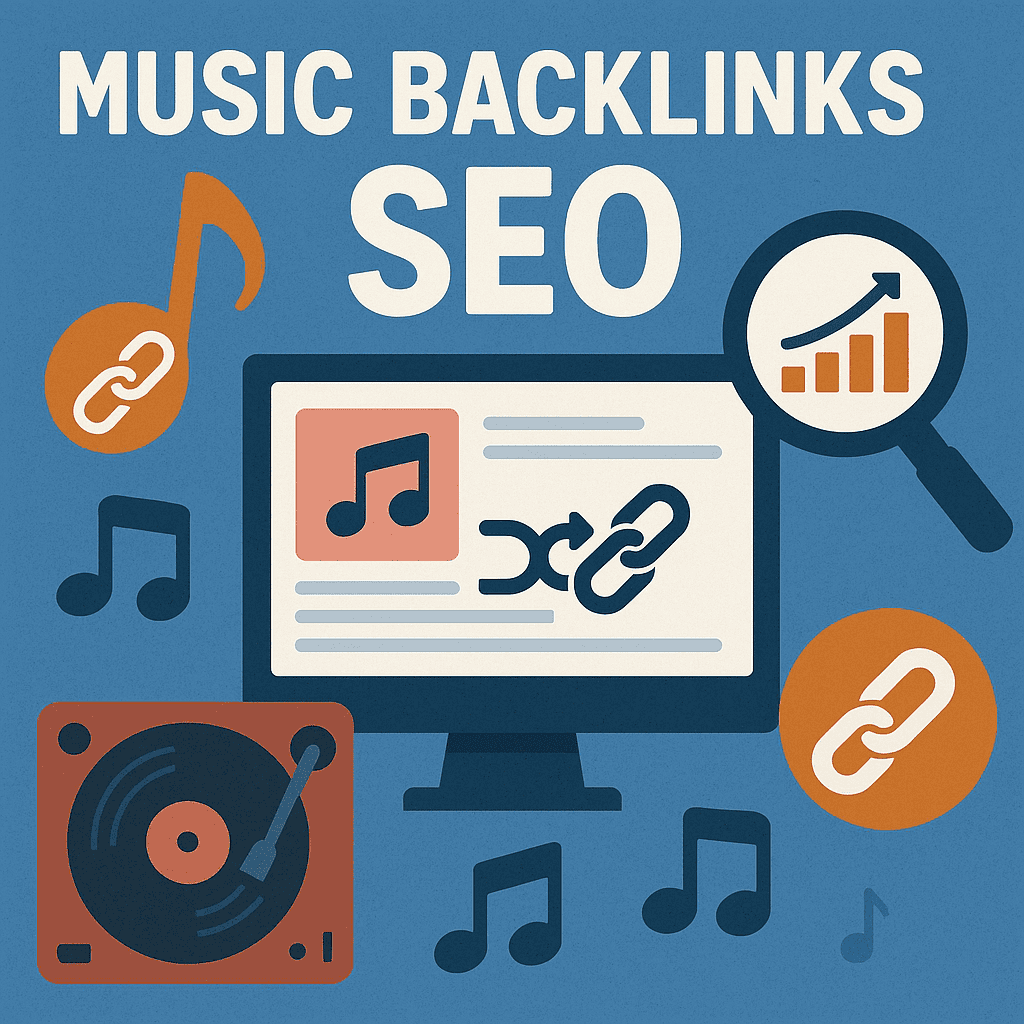
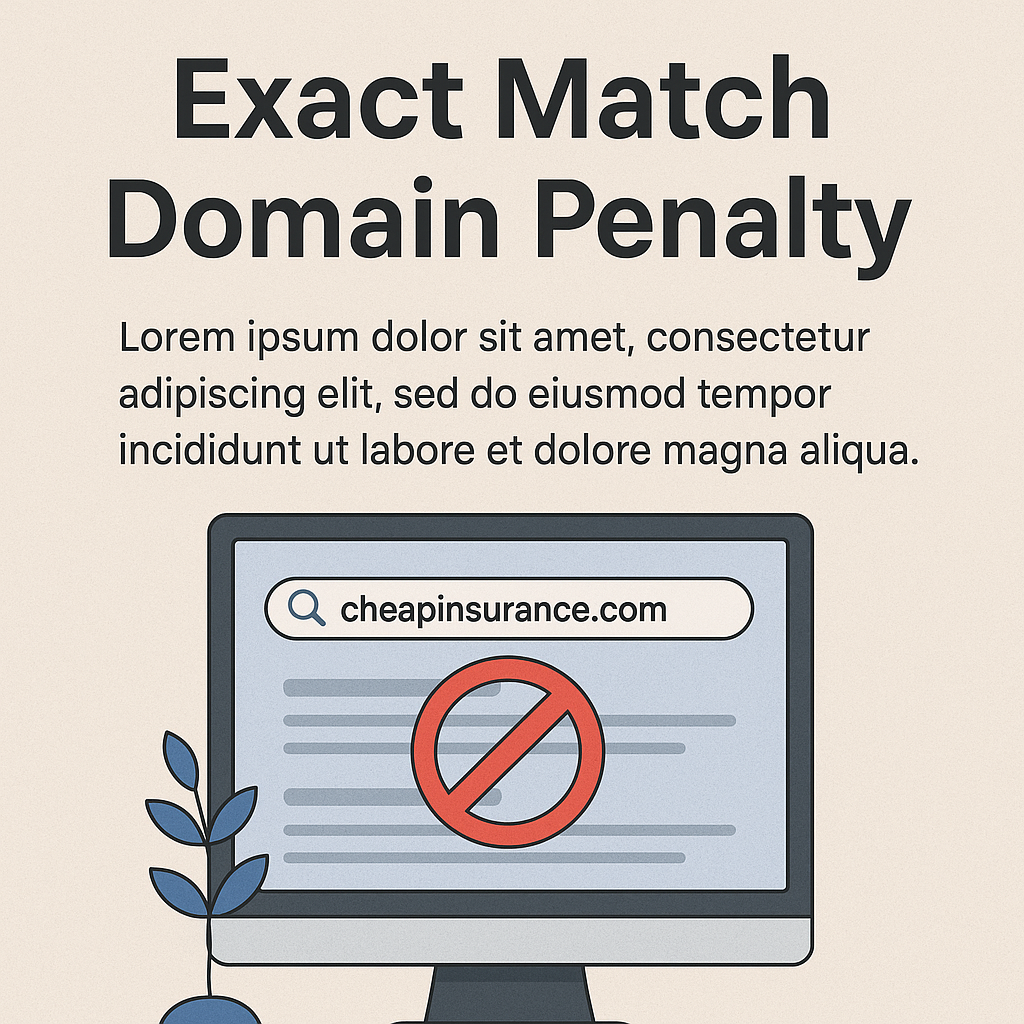
![B2B and B2C Website Examples [2025 Updated]](https://backlinkmanagement.io/wp-content/uploads/2025/05/B2B-and-B2C-Website-Example-.png)
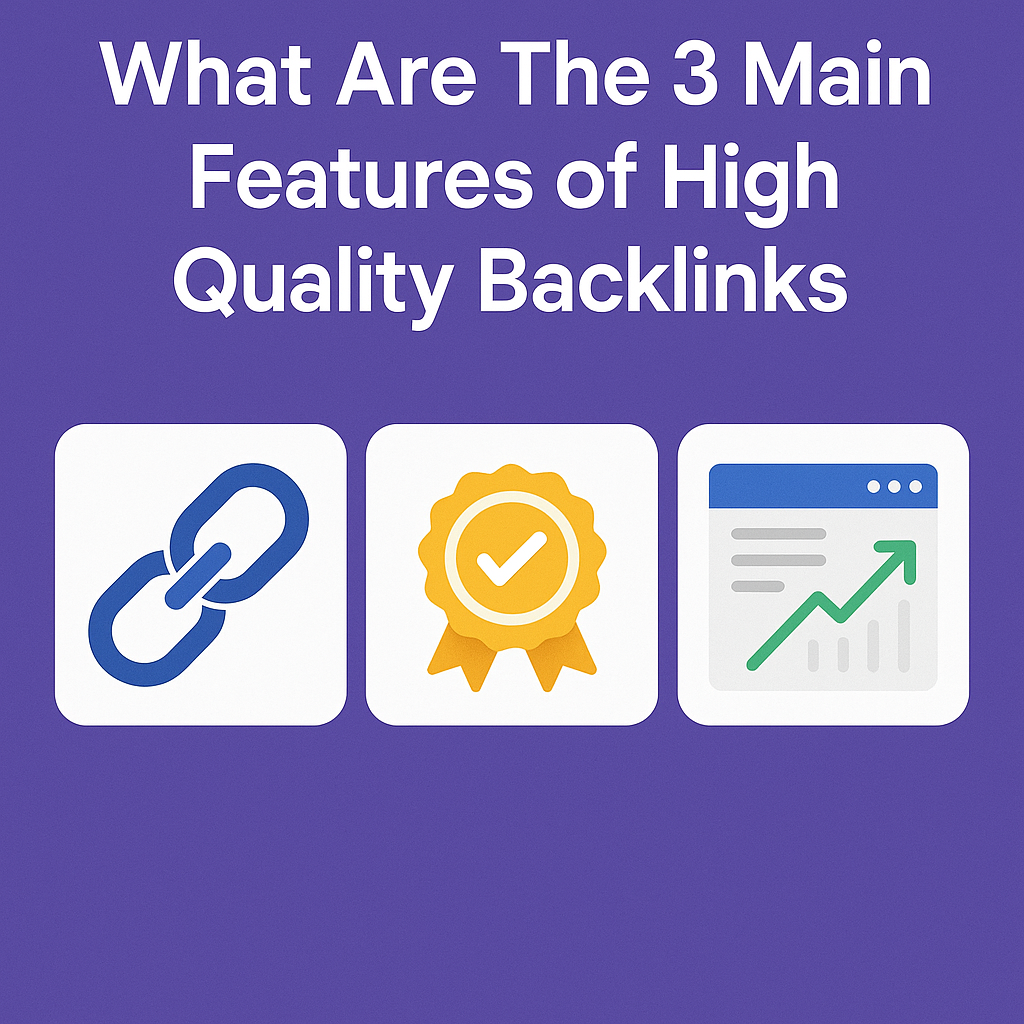
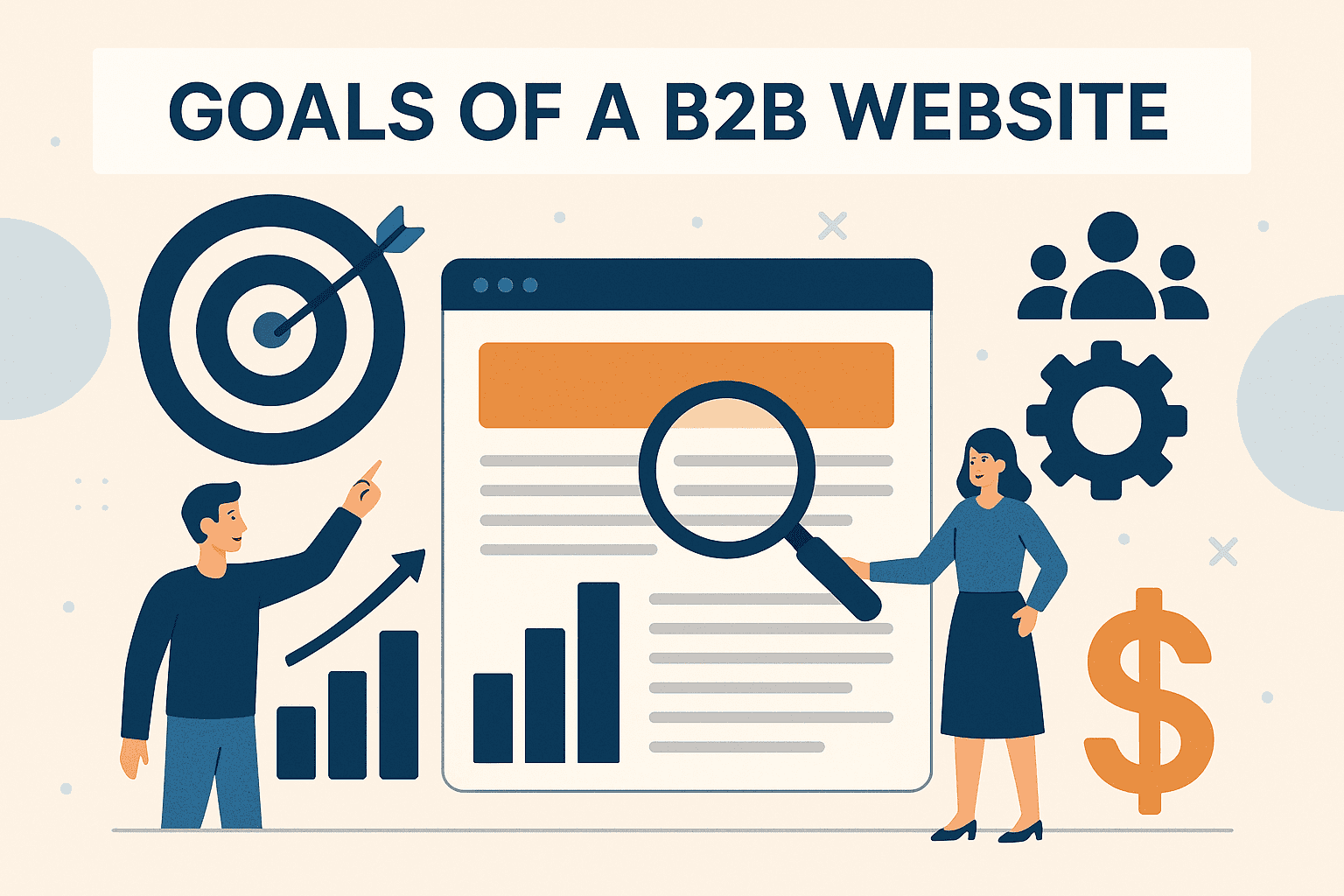
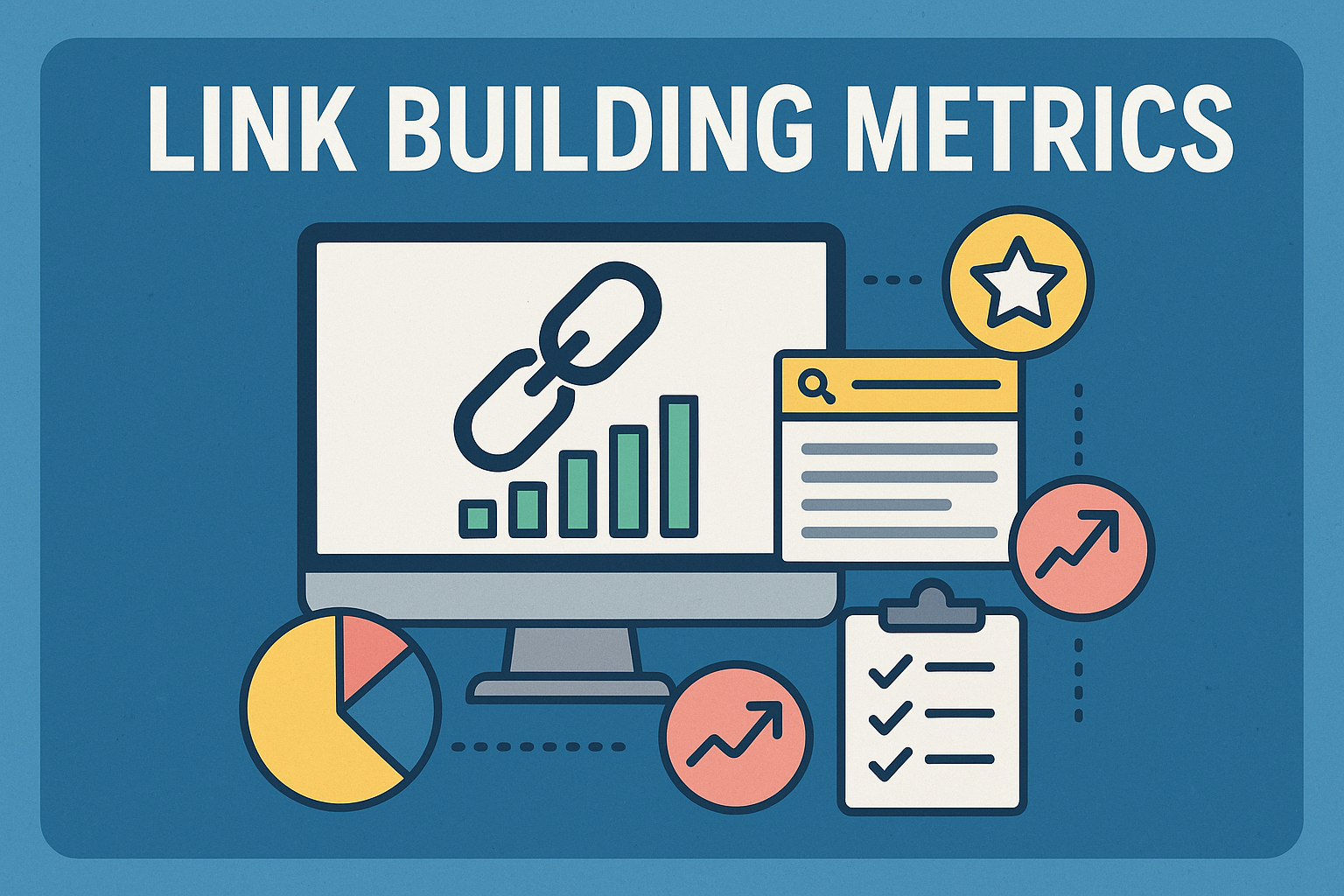
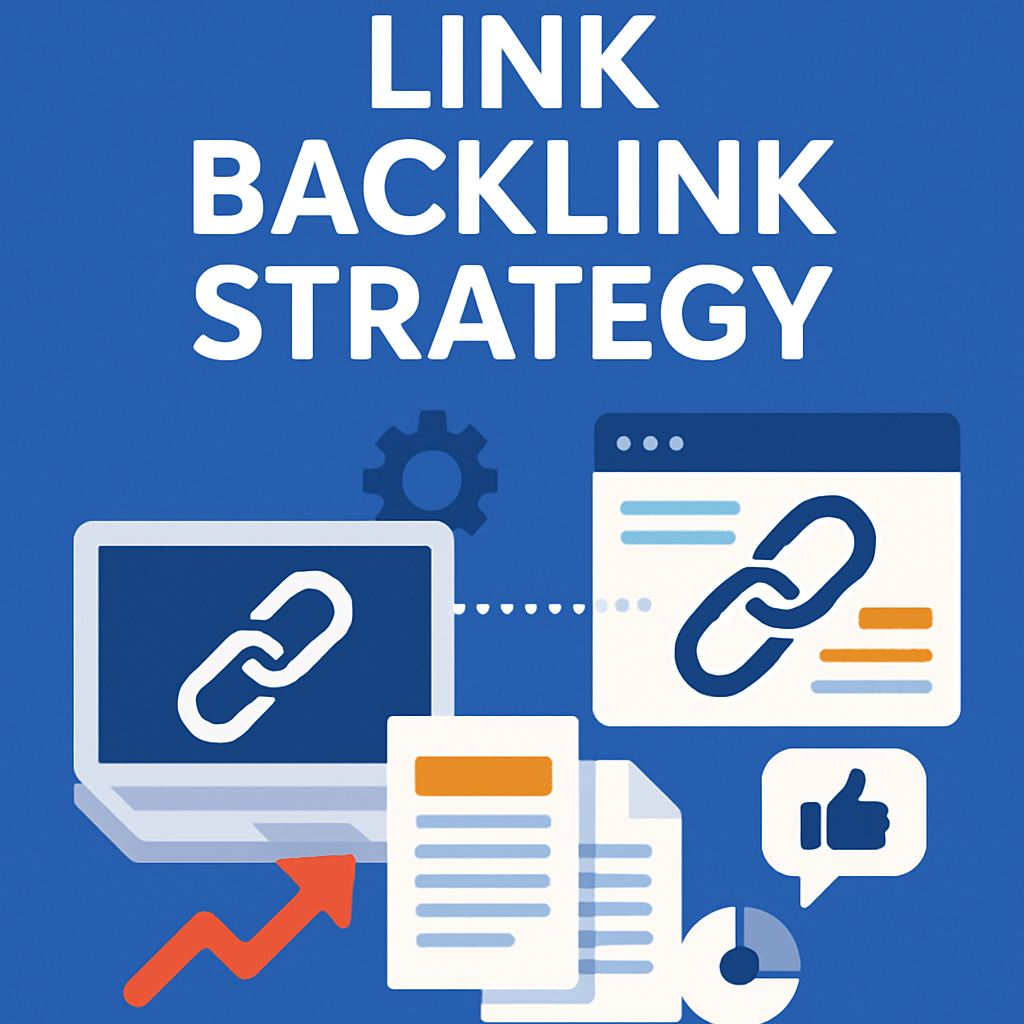
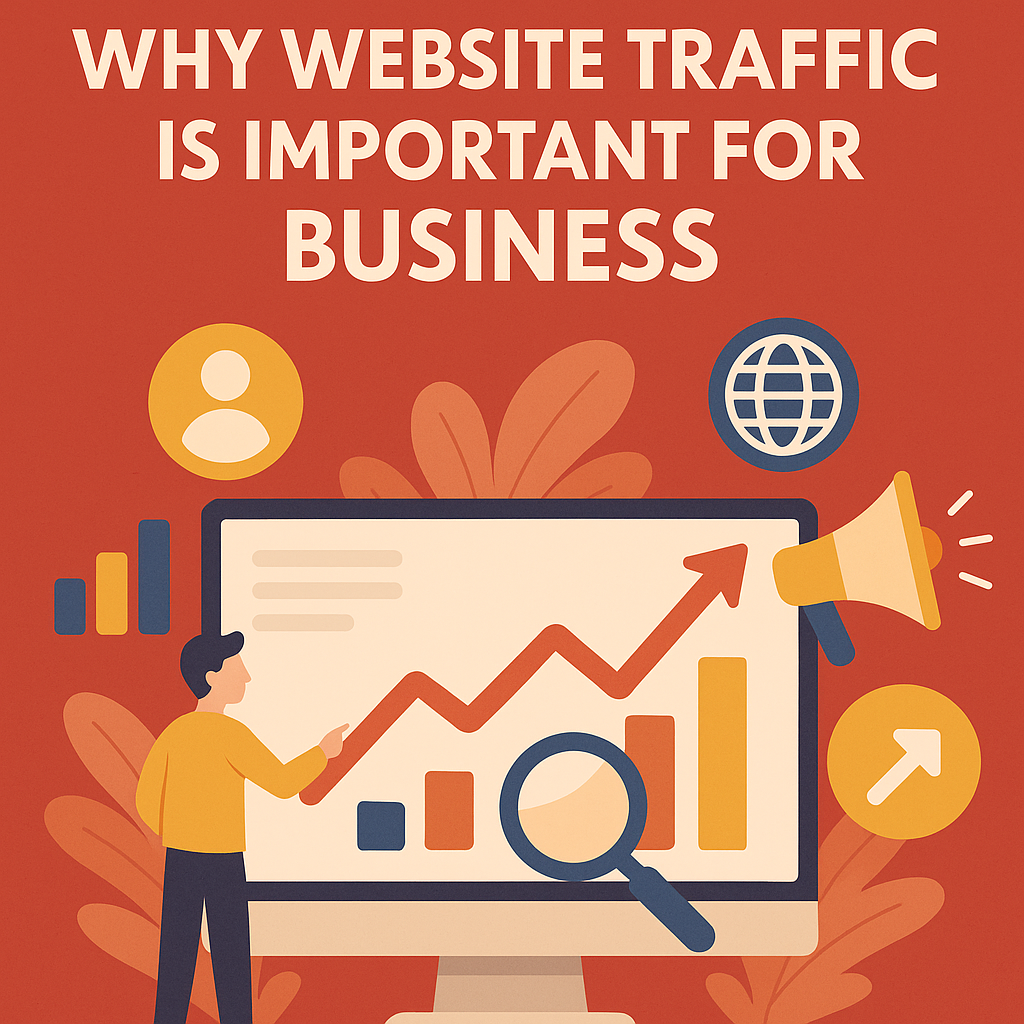
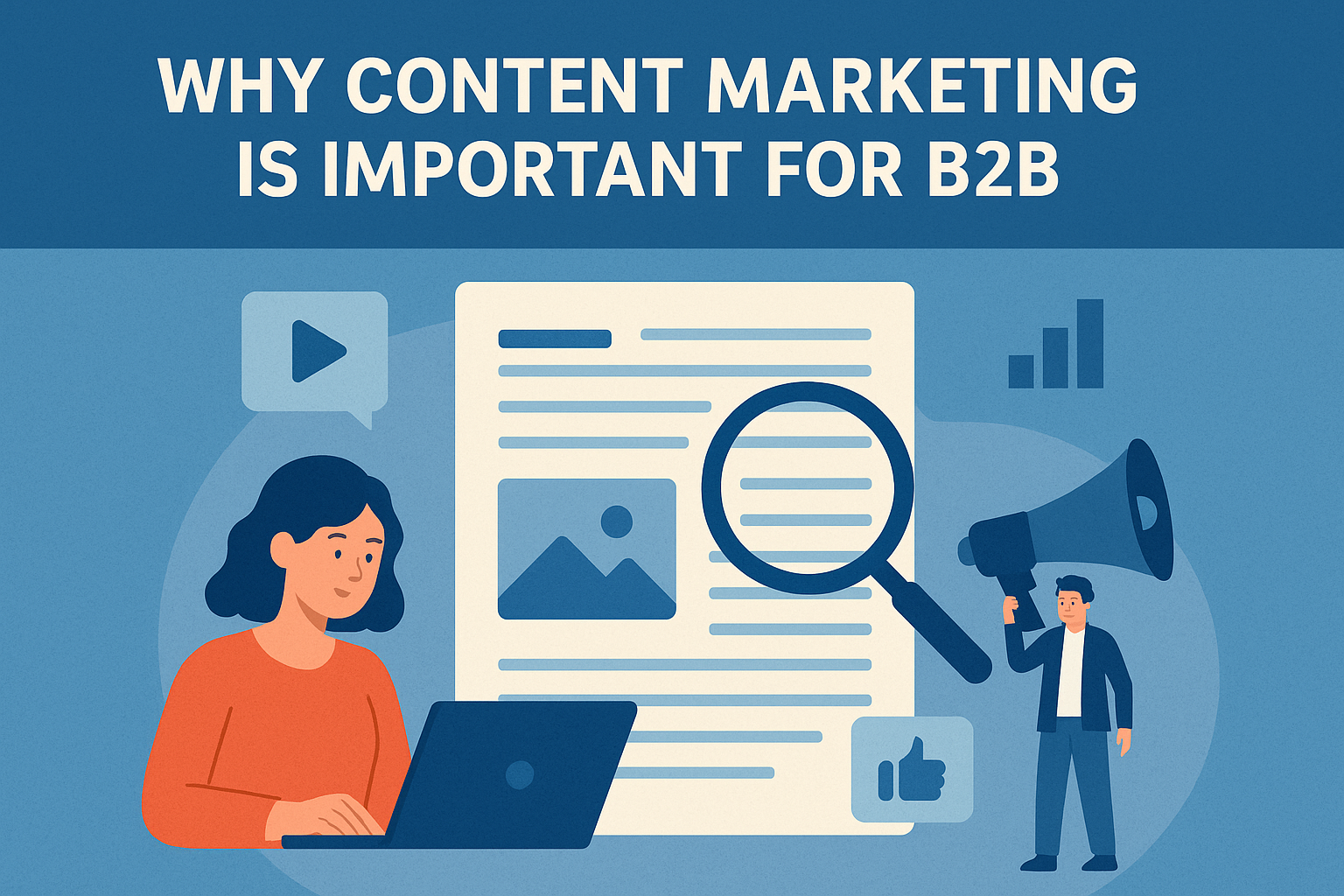
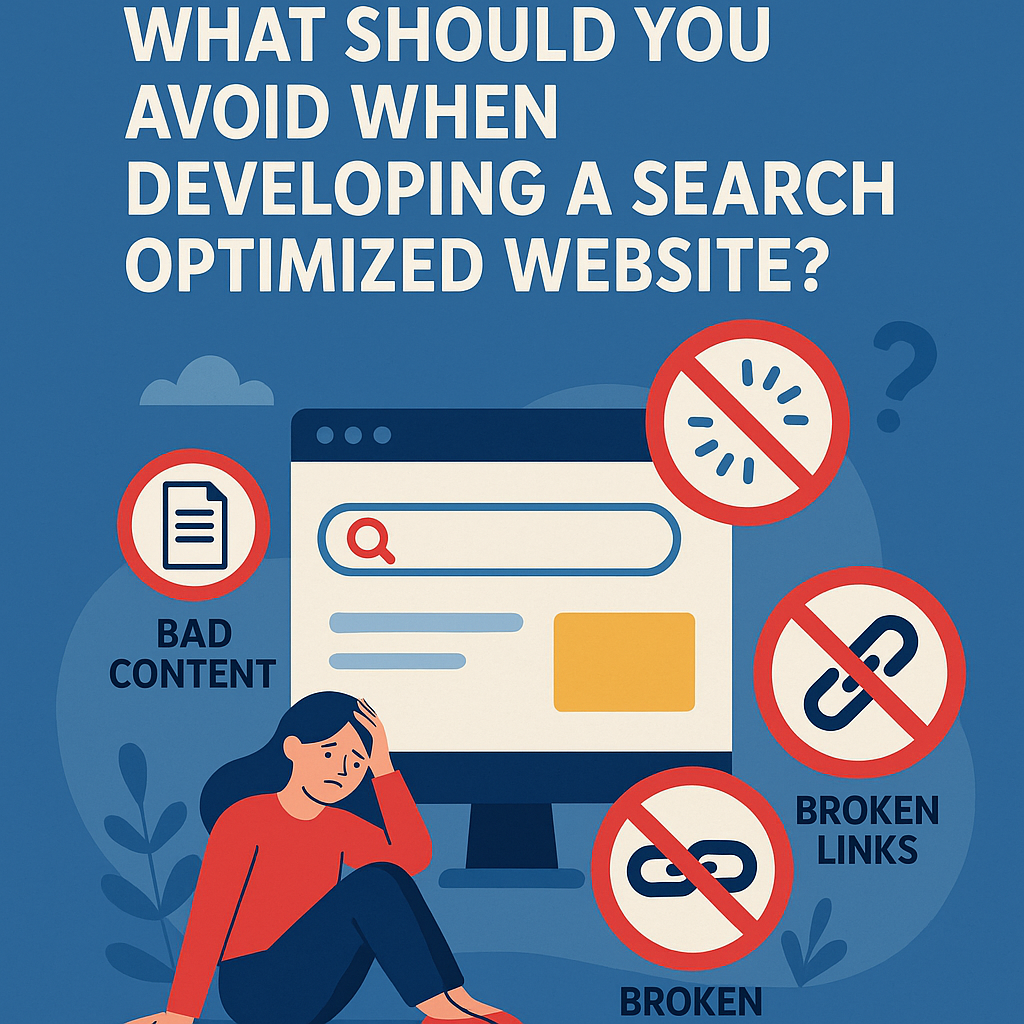
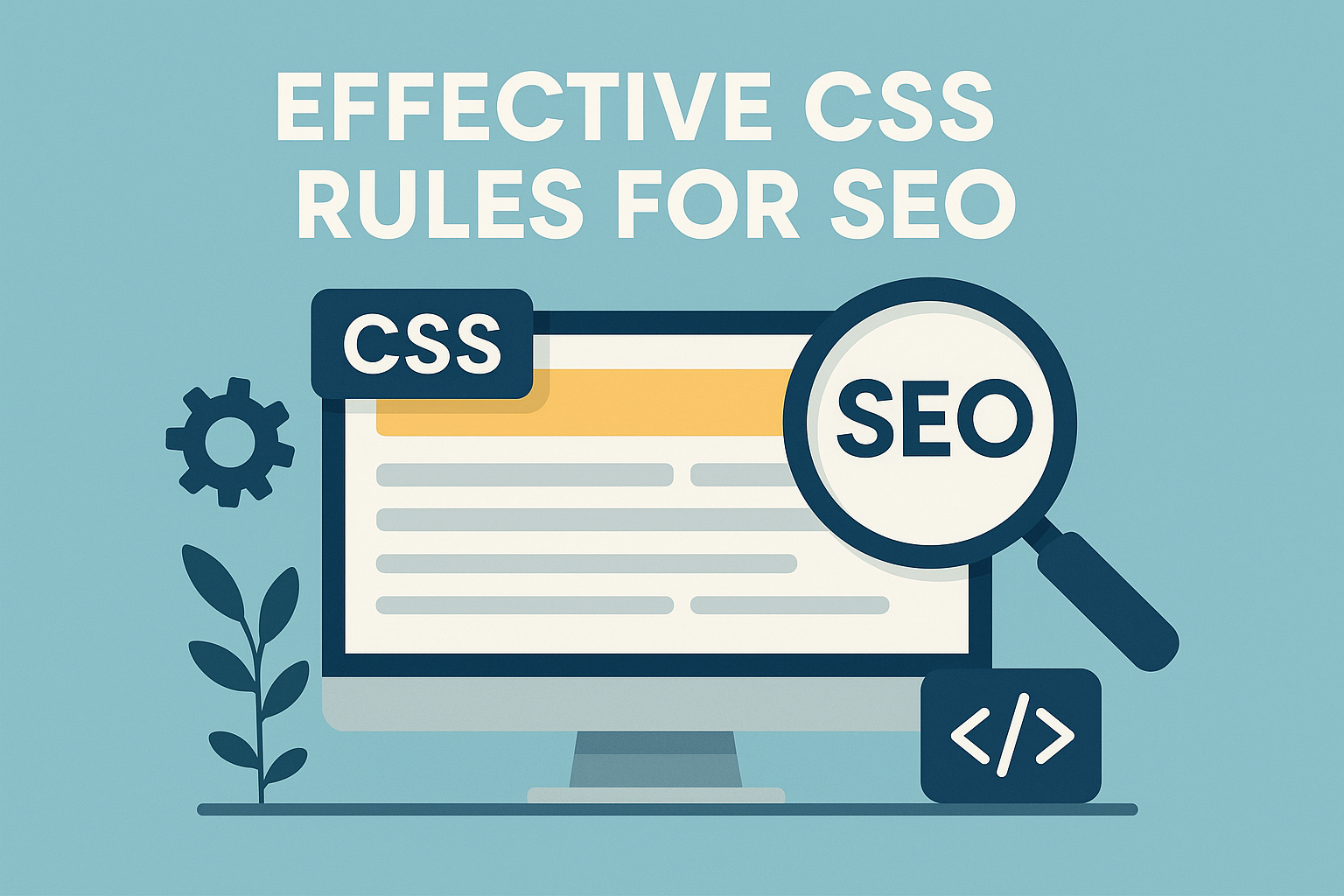

![What To Do After Keyword Research [2025 Guide]](https://backlinkmanagement.io/wp-content/uploads/2025/05/What-To-Do-After-Keyword-Research.png)
![Is Page Speed Really A Ranking Factor? [2025]](https://backlinkmanagement.io/wp-content/uploads/2025/05/Is-Page-Speed-Really-A-Ranking-Factor.png)
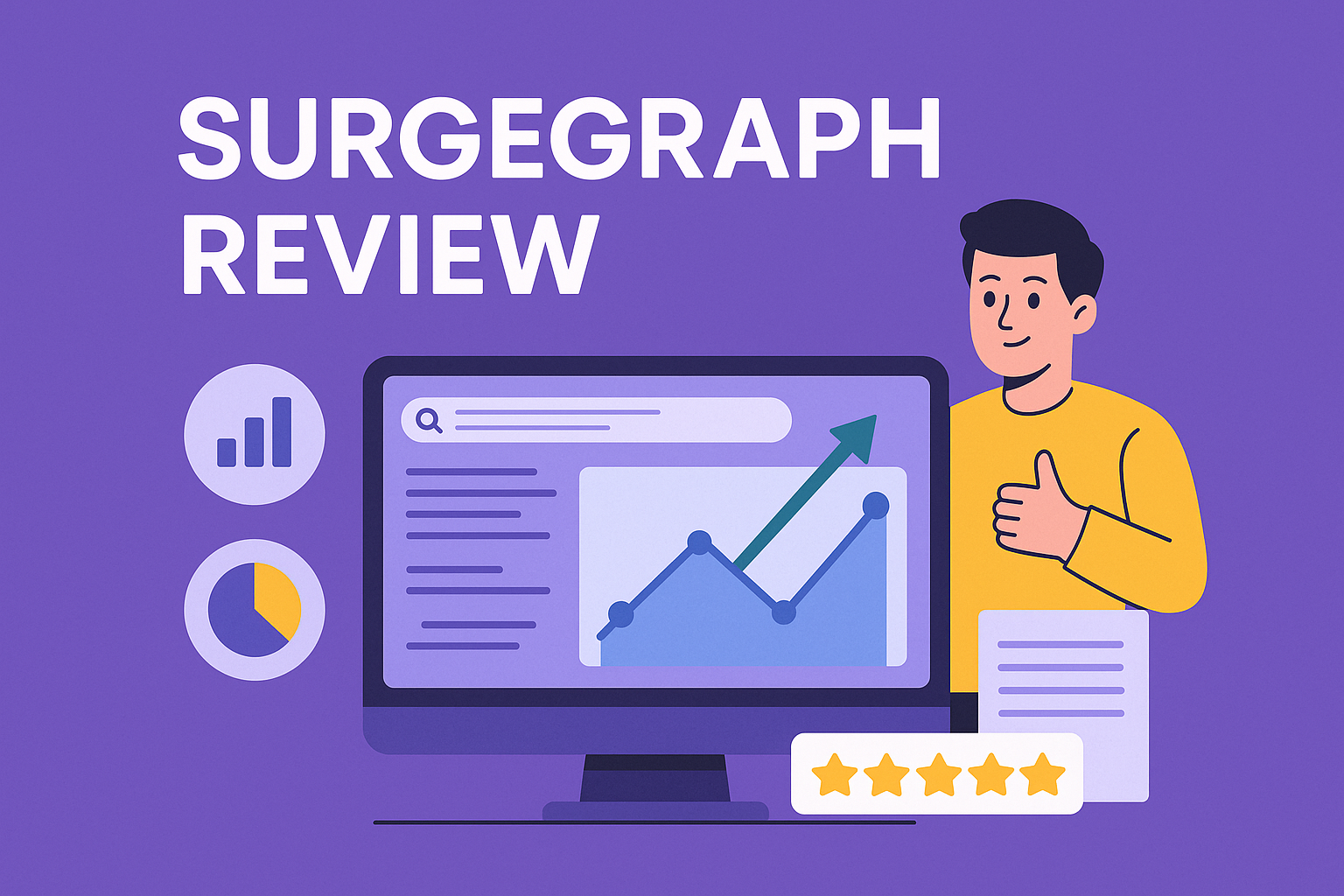
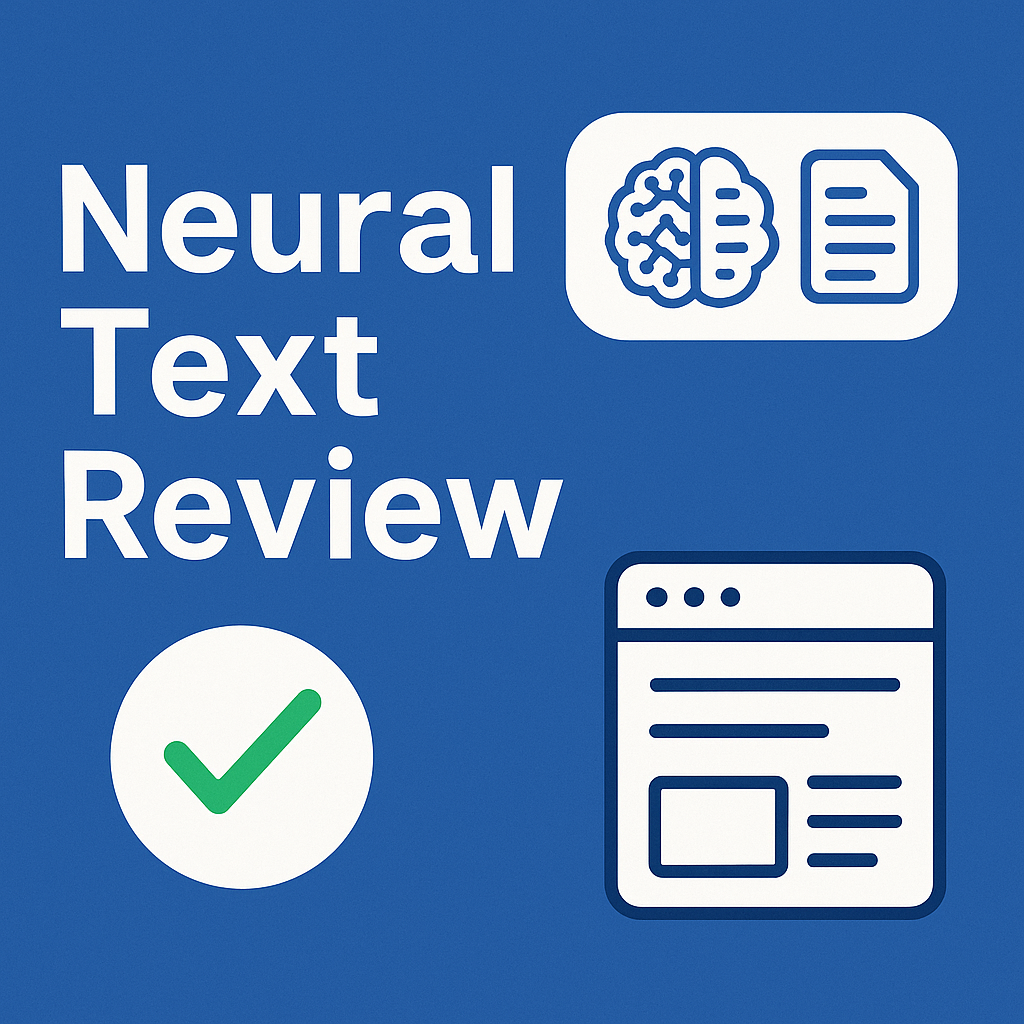

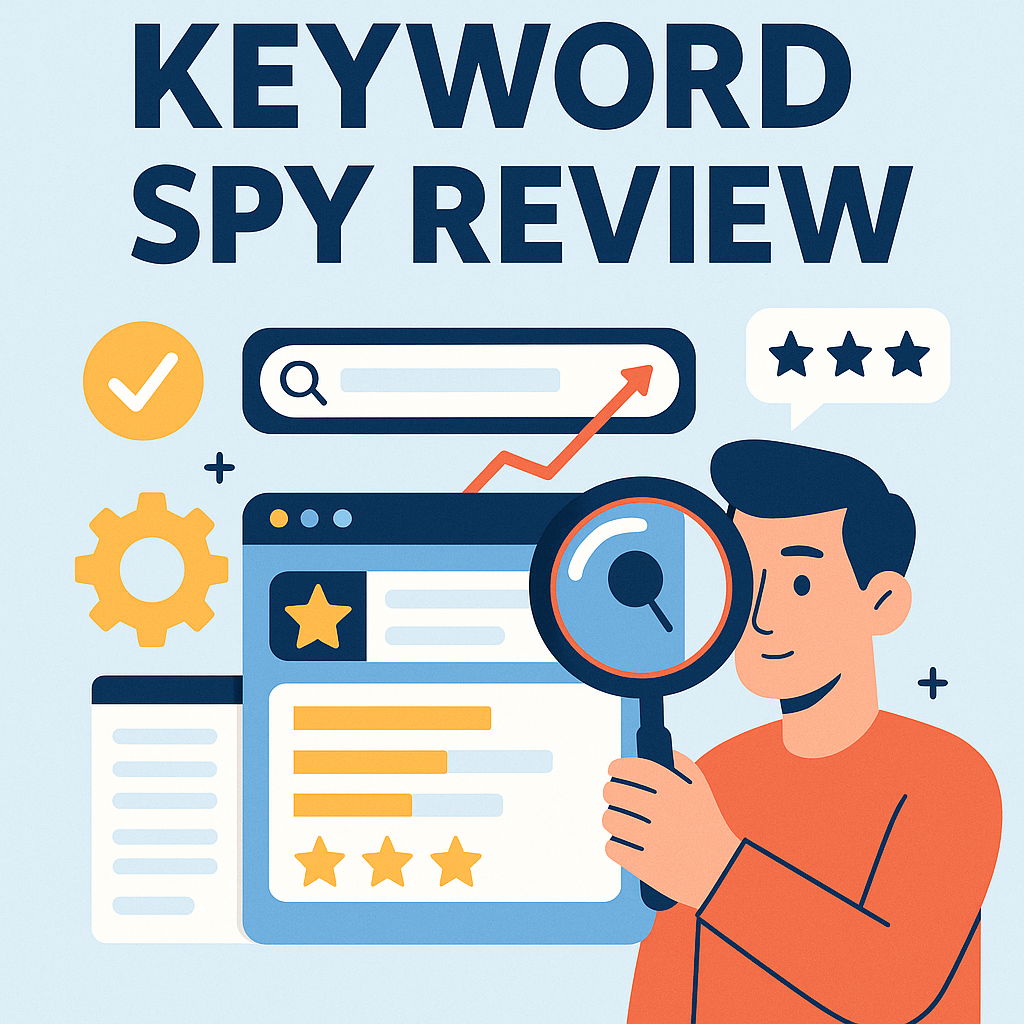


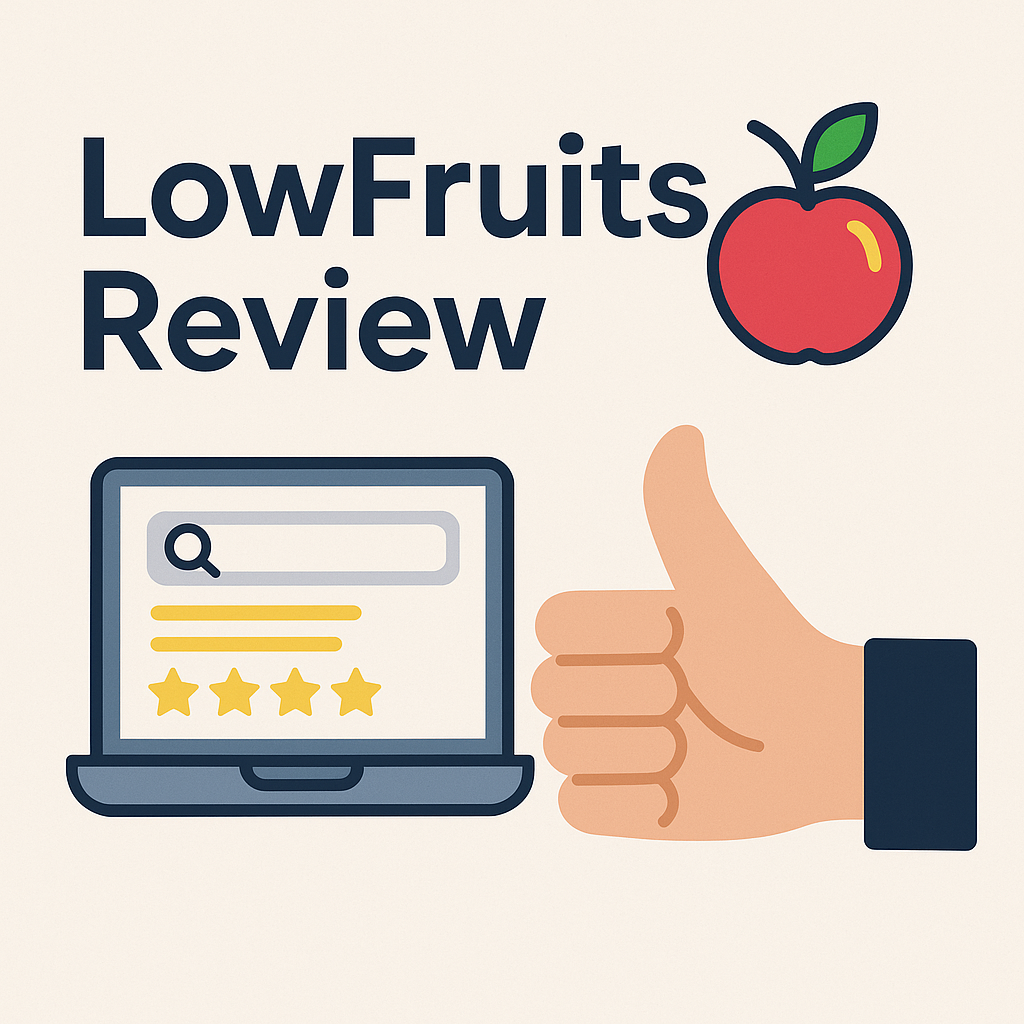
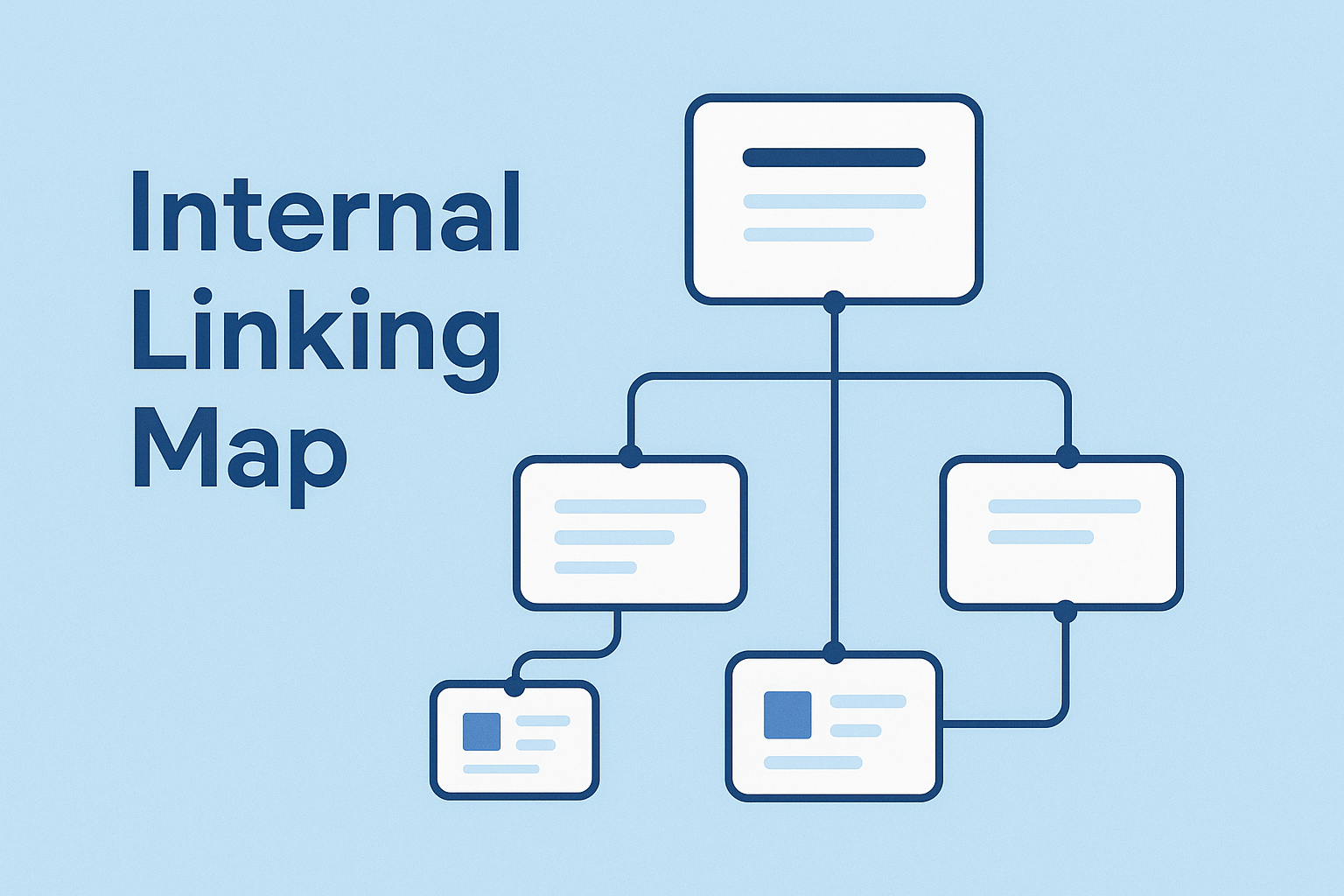

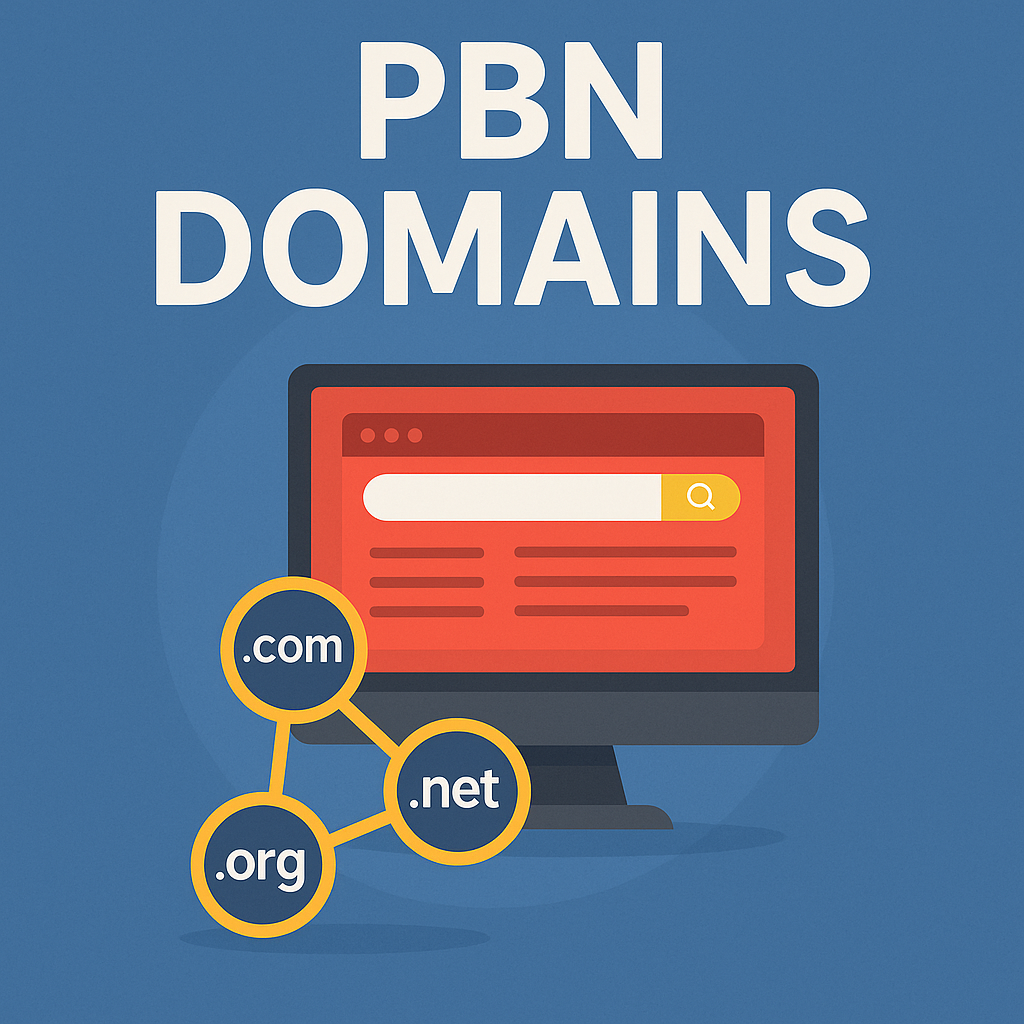
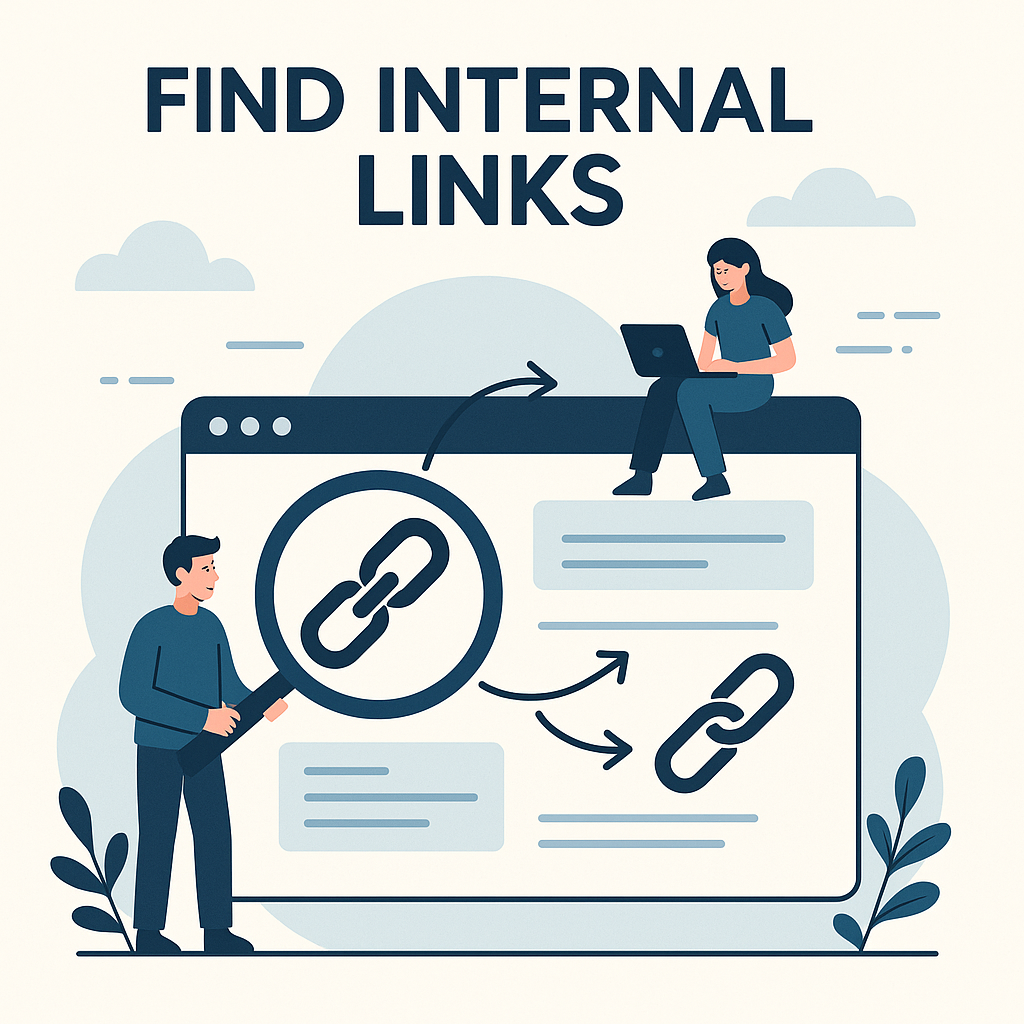
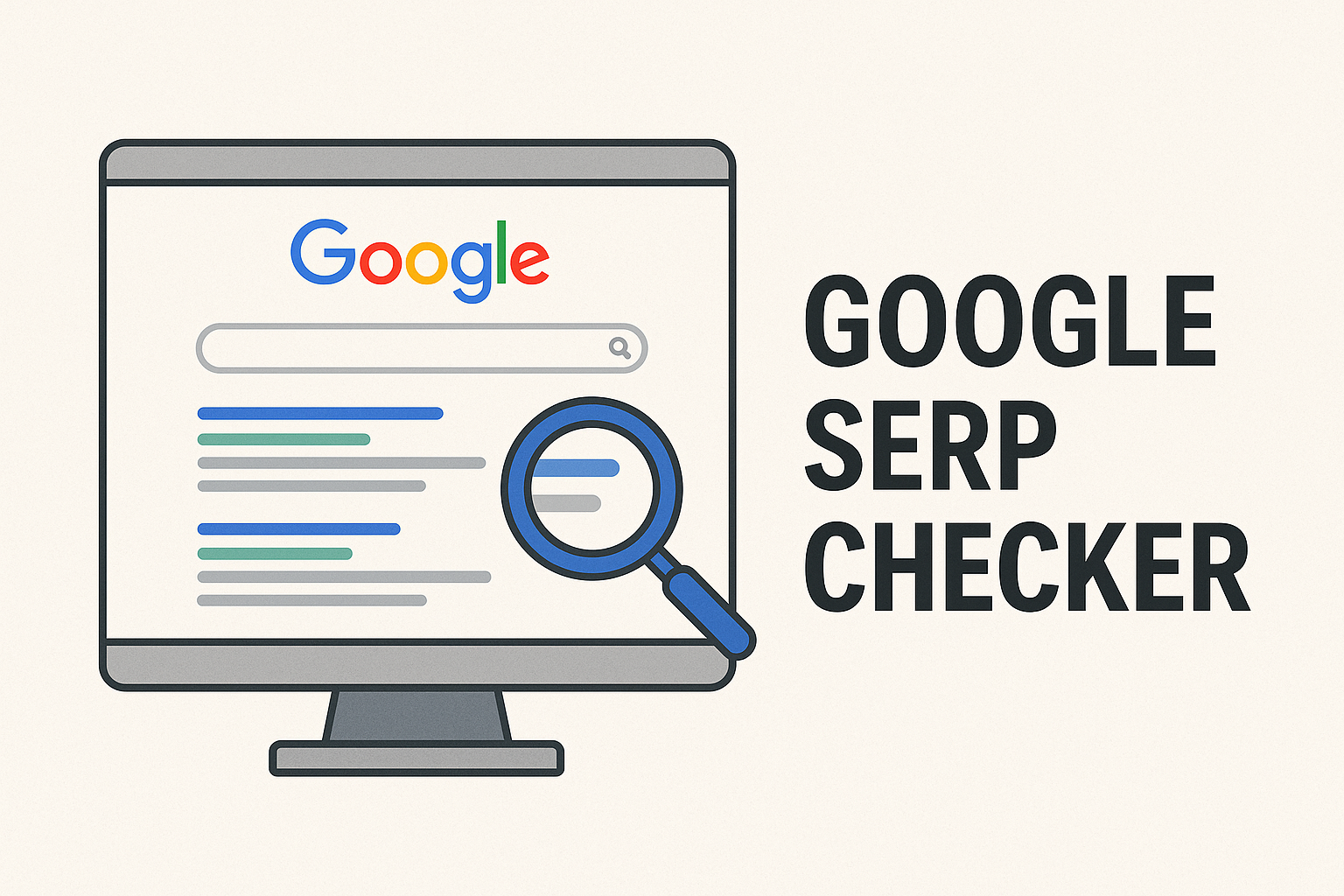
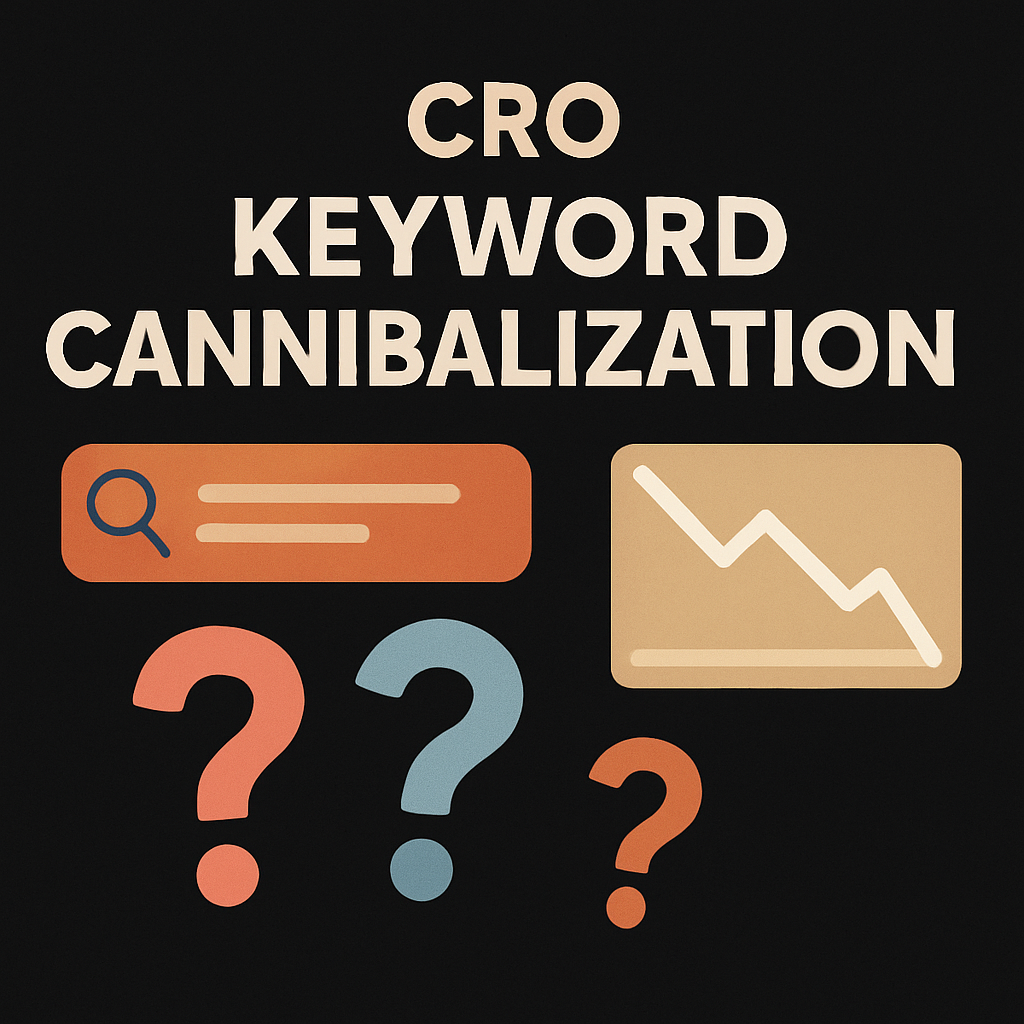


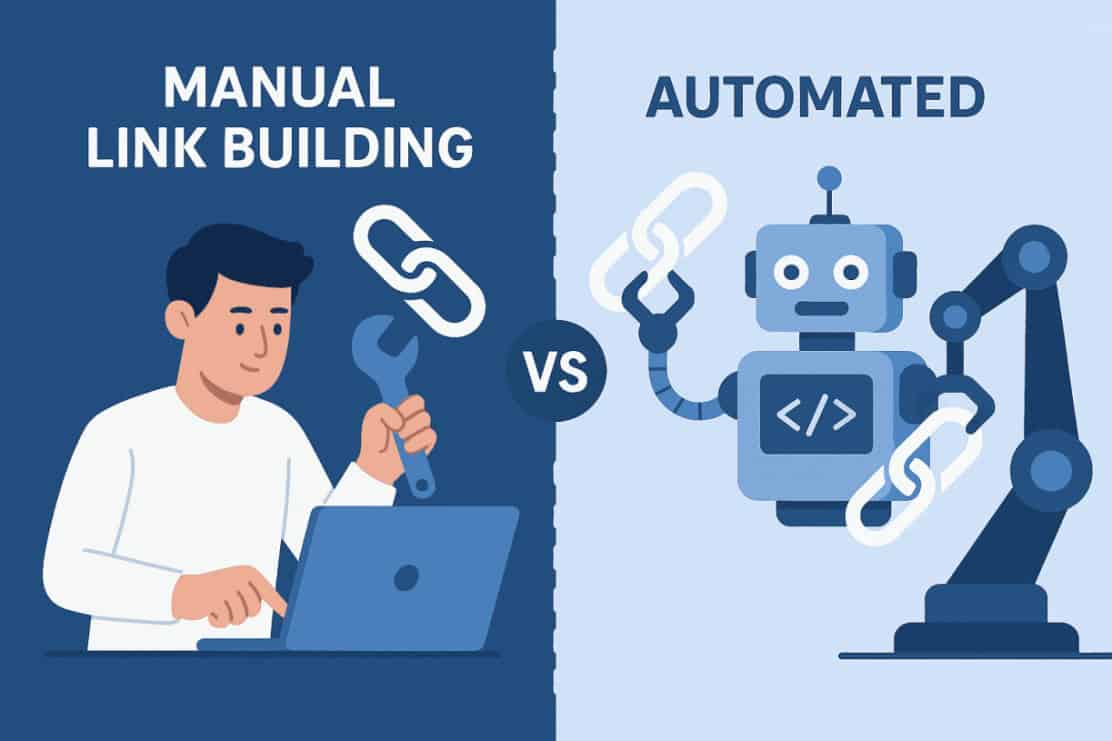
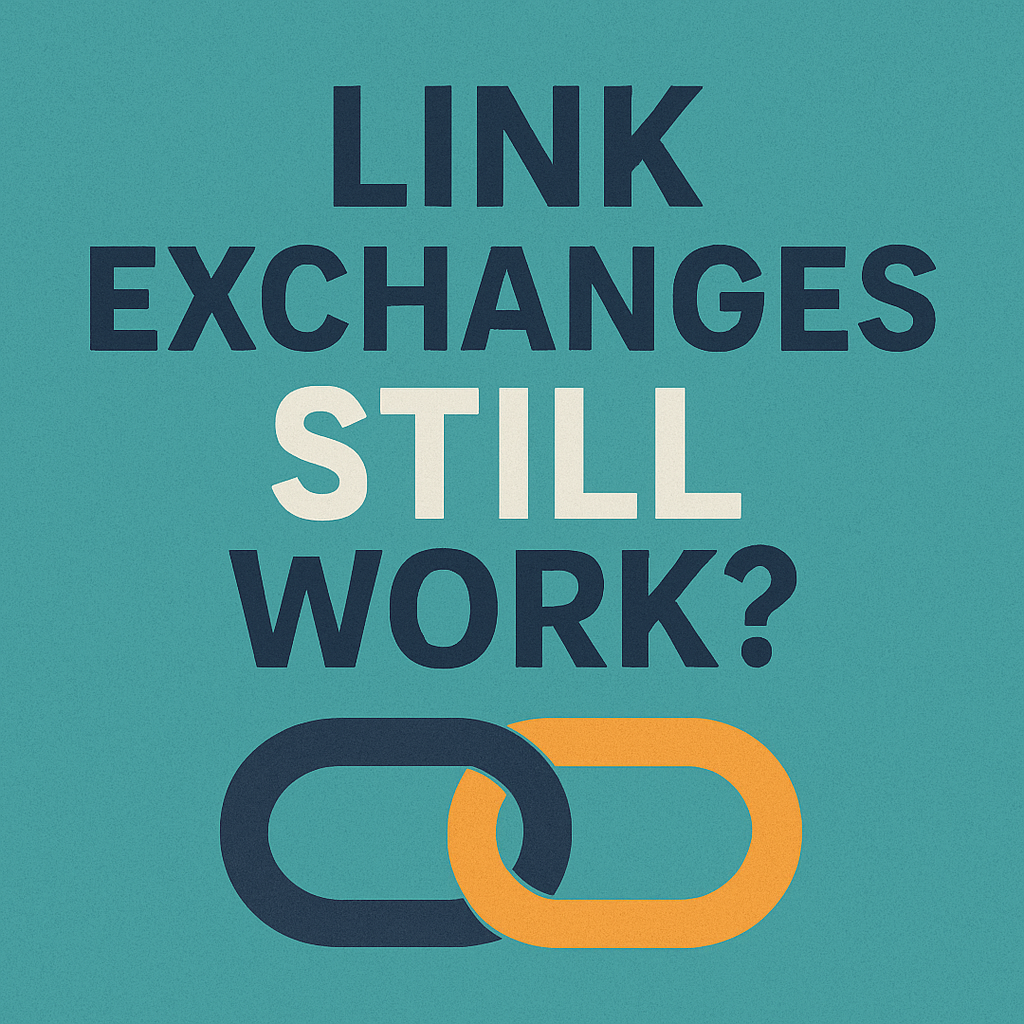
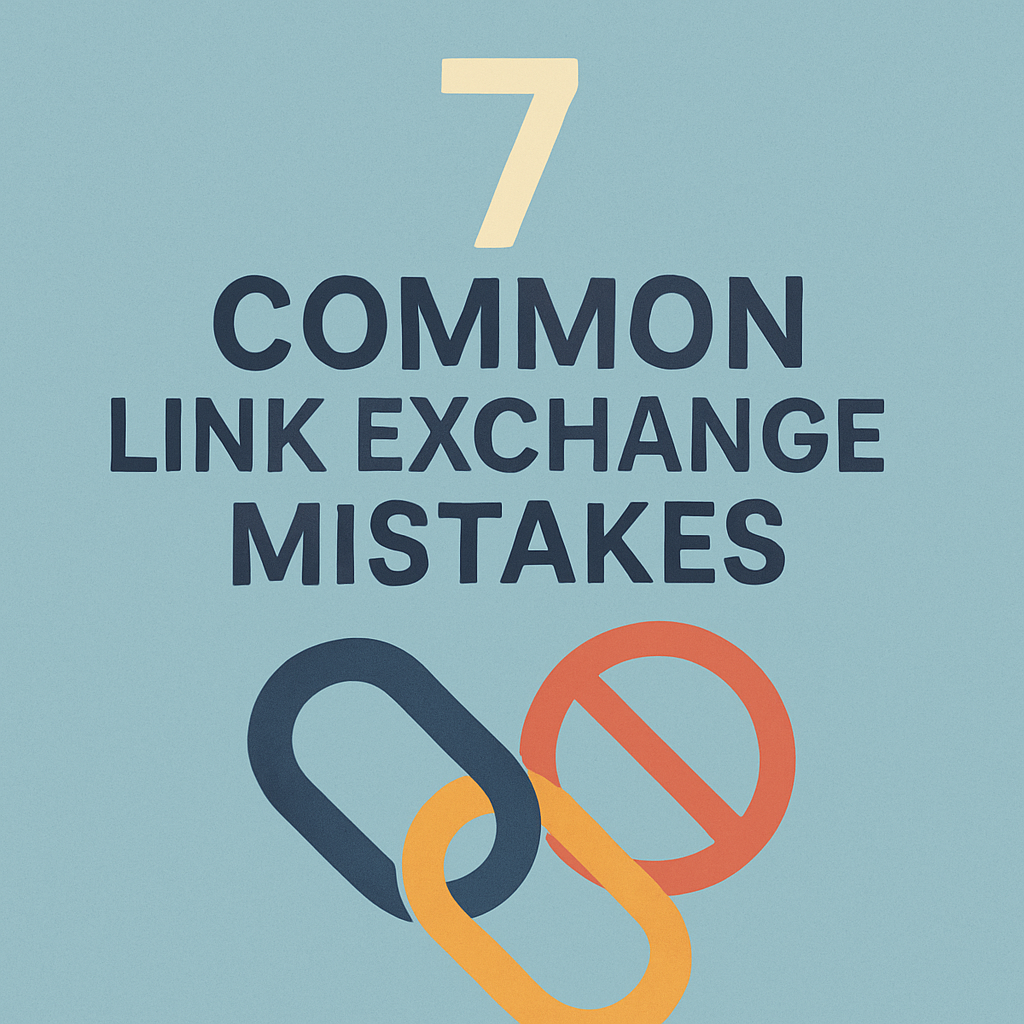
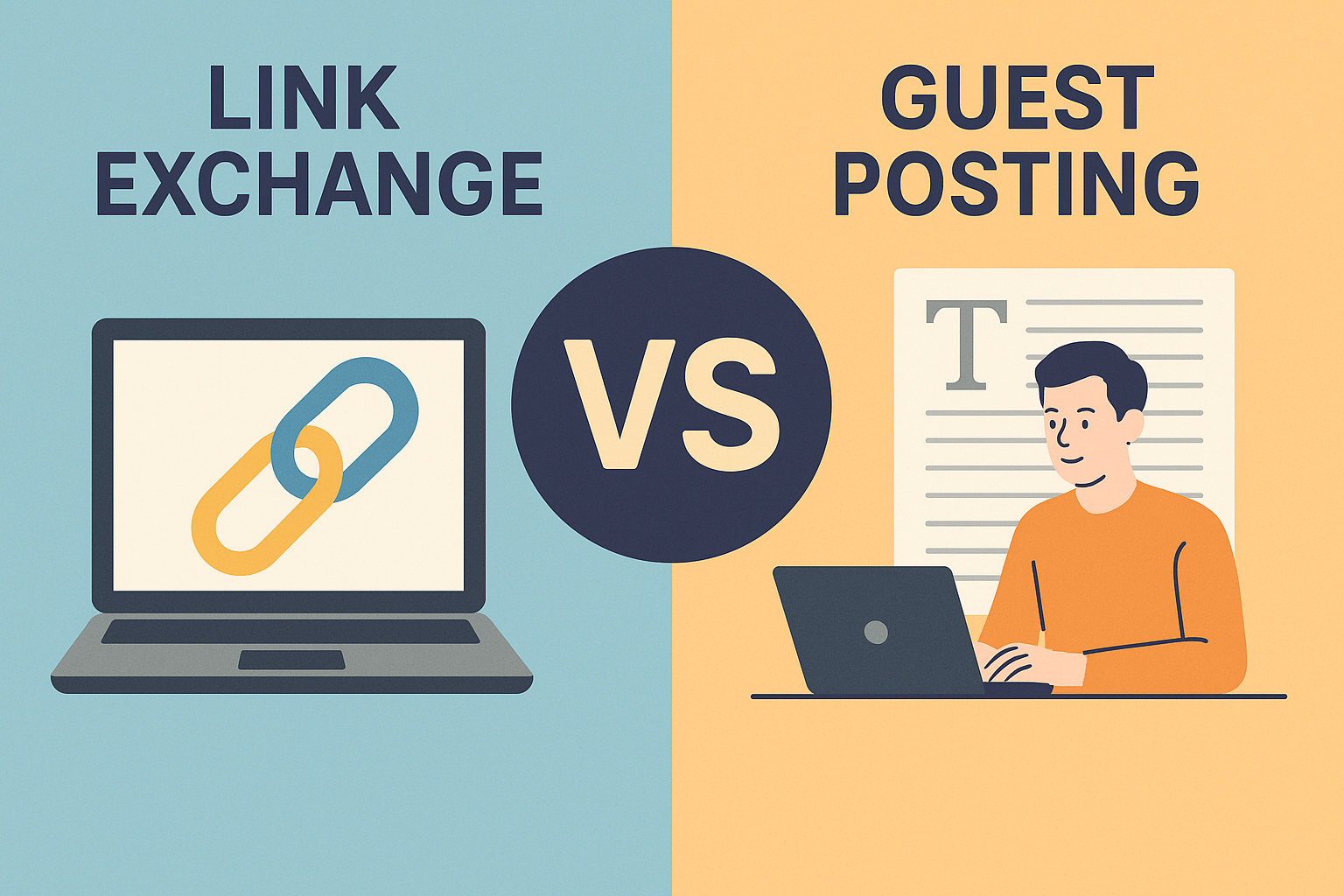
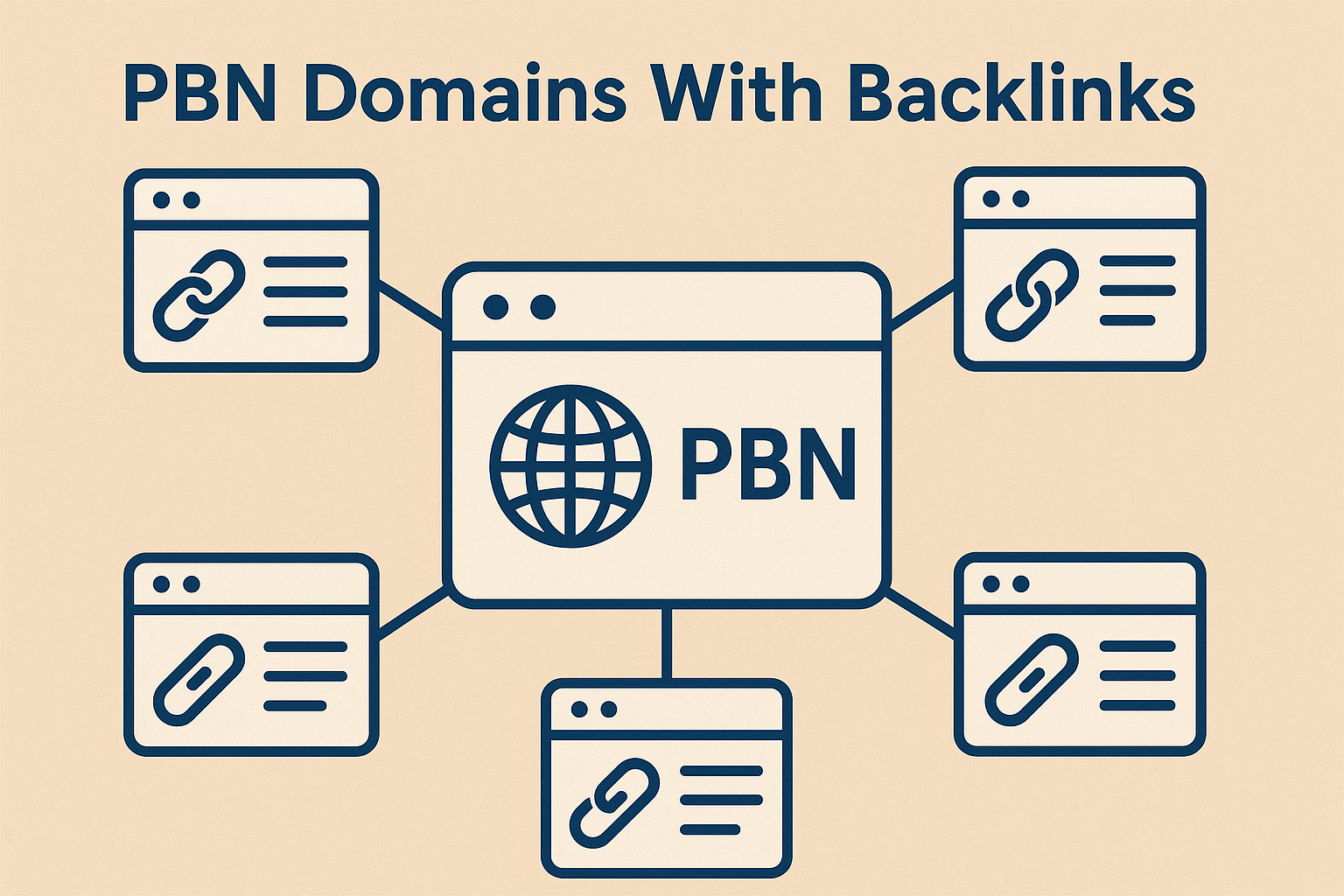
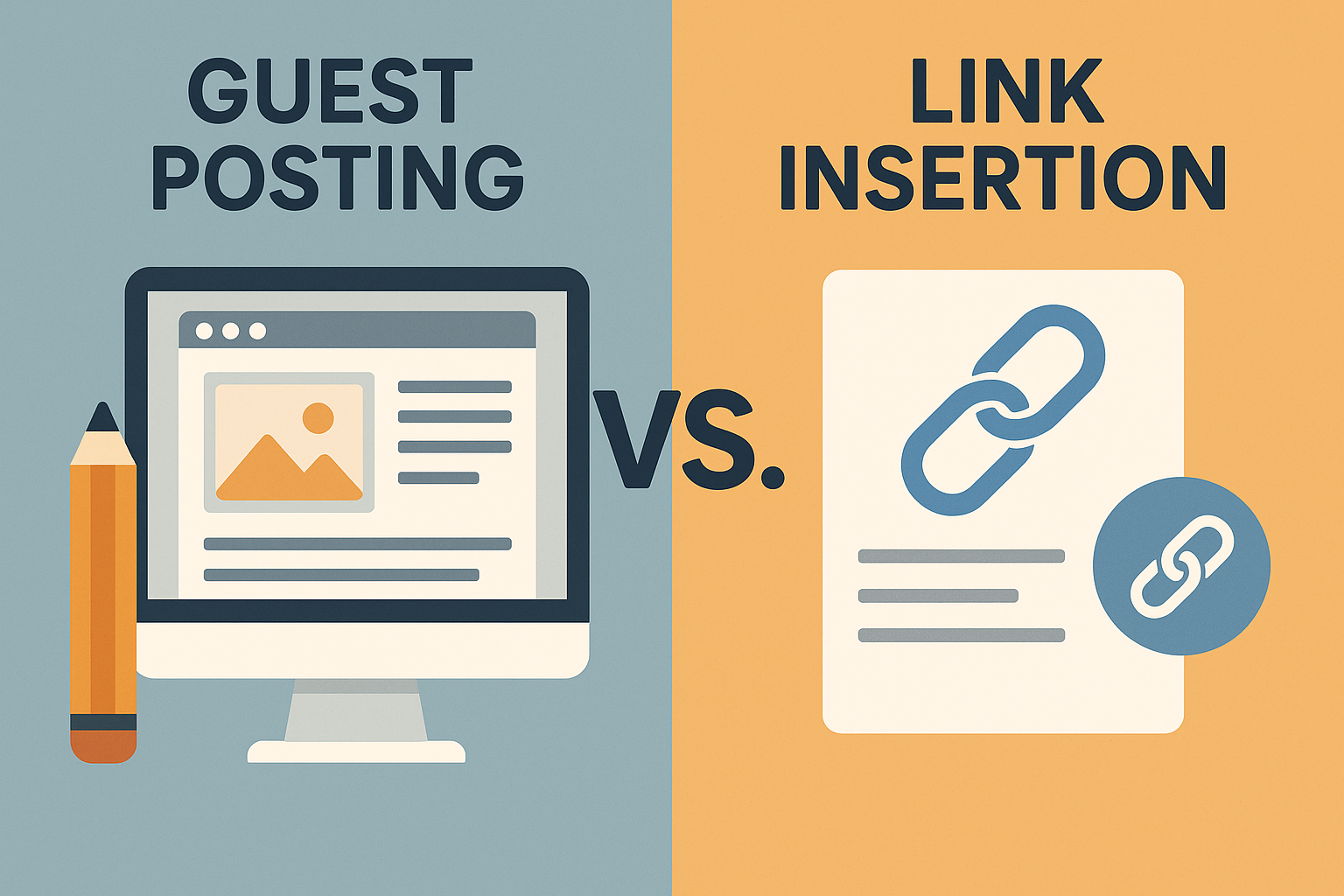
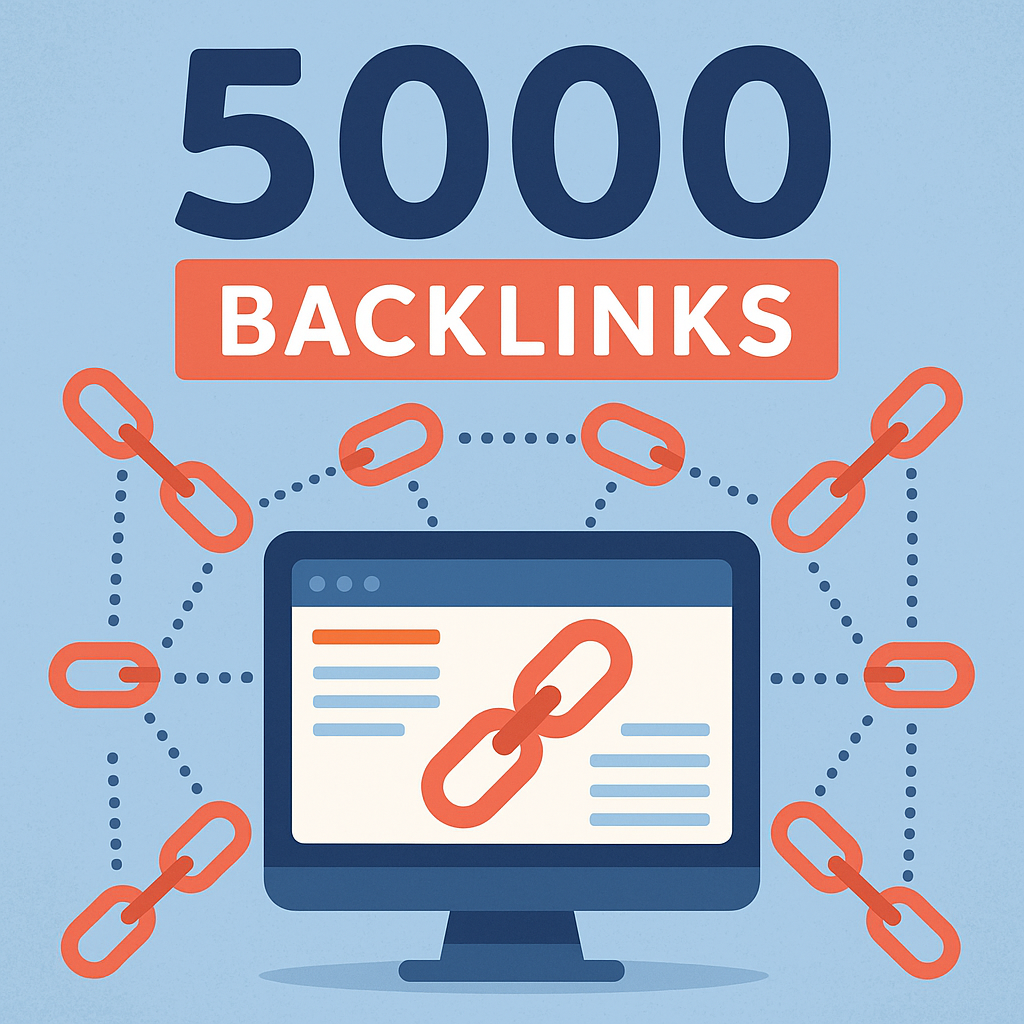
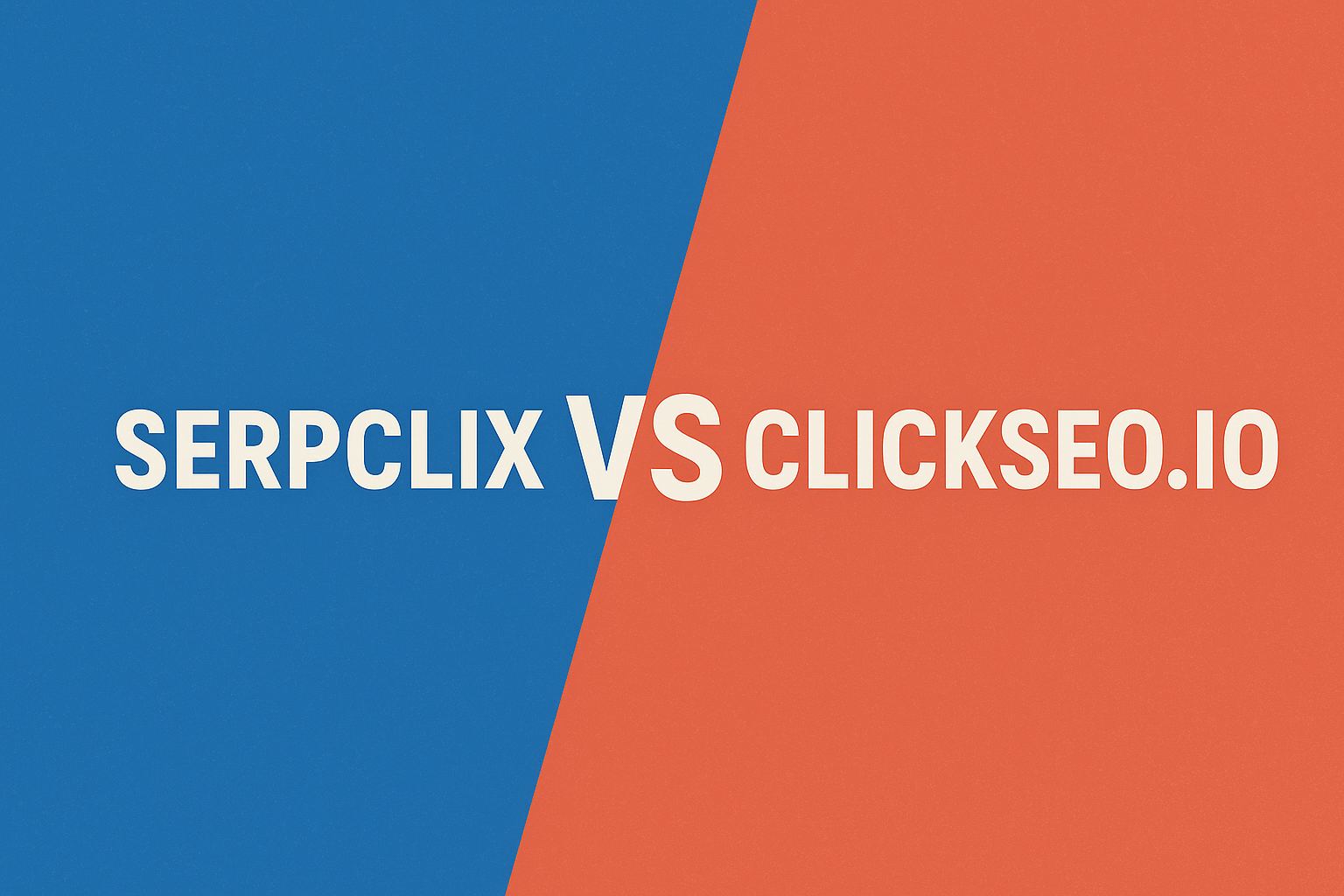
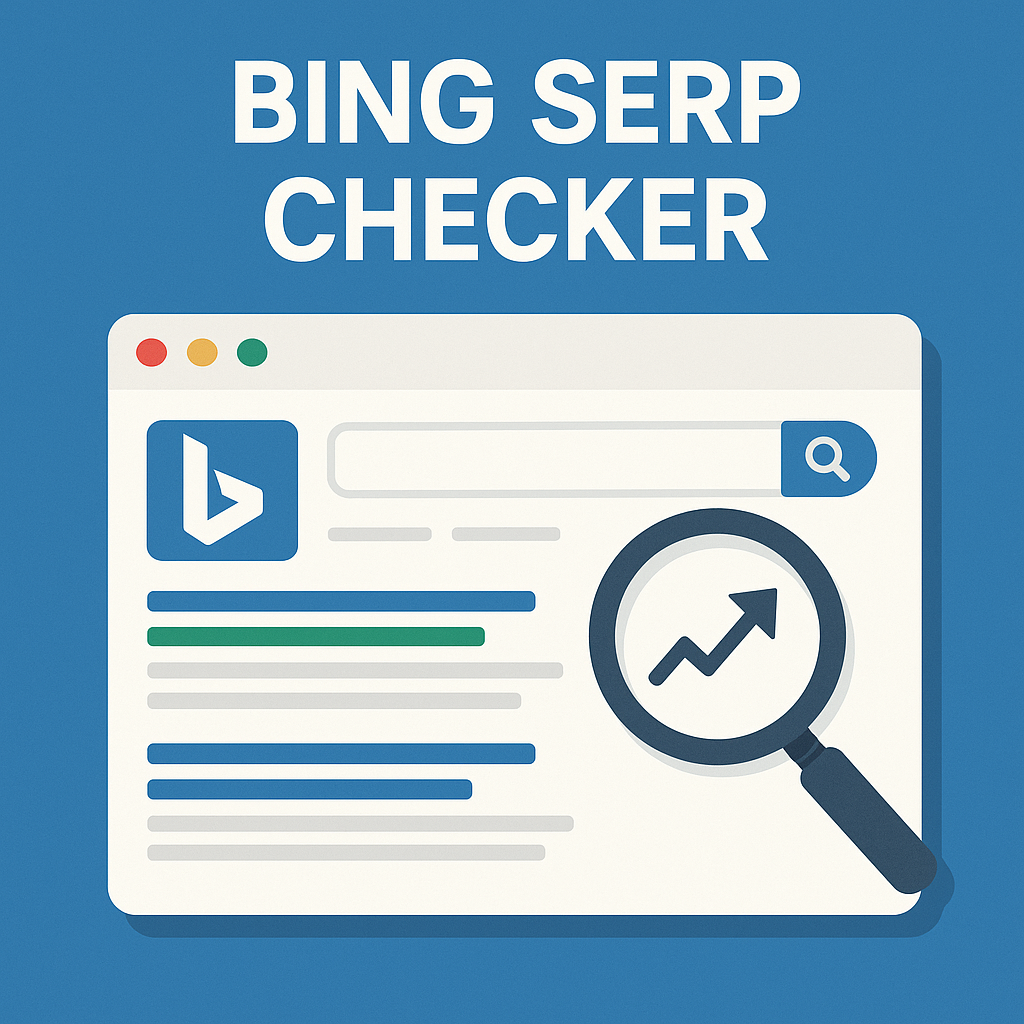
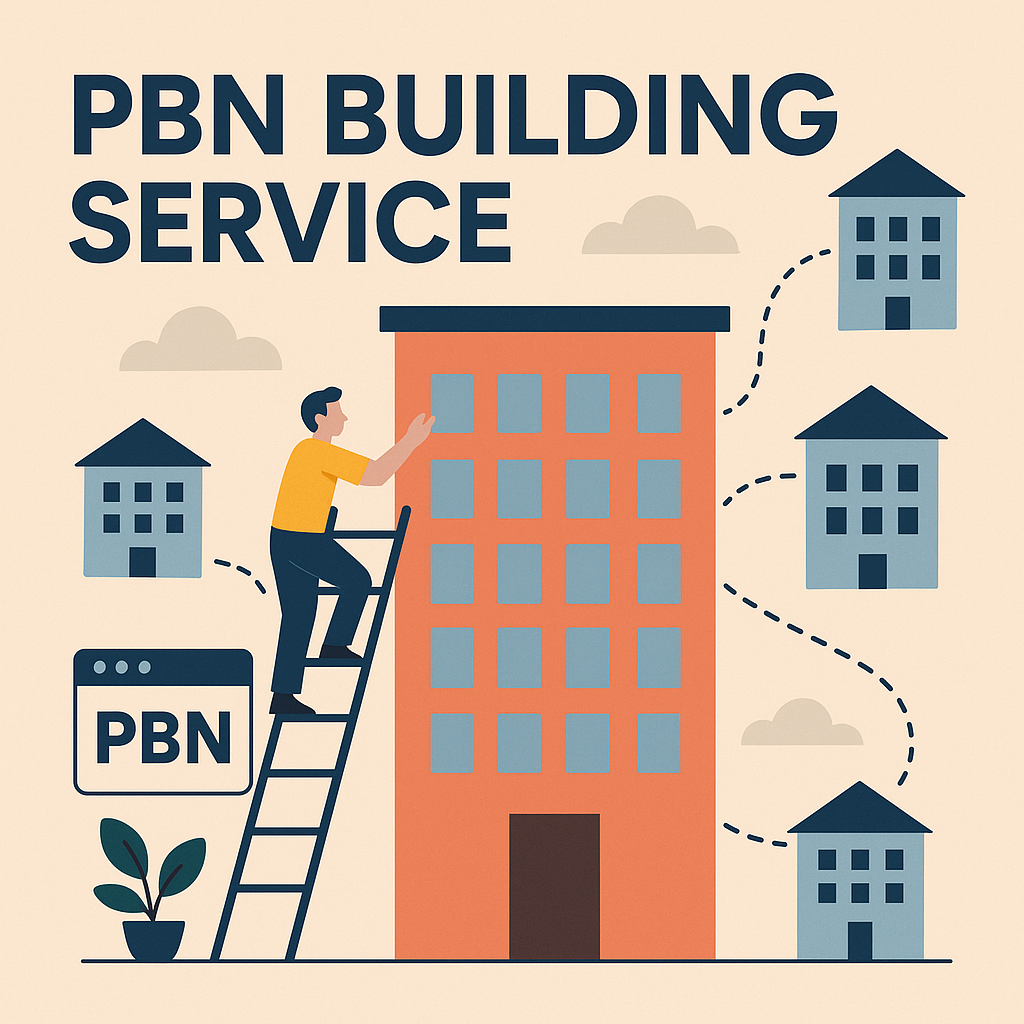
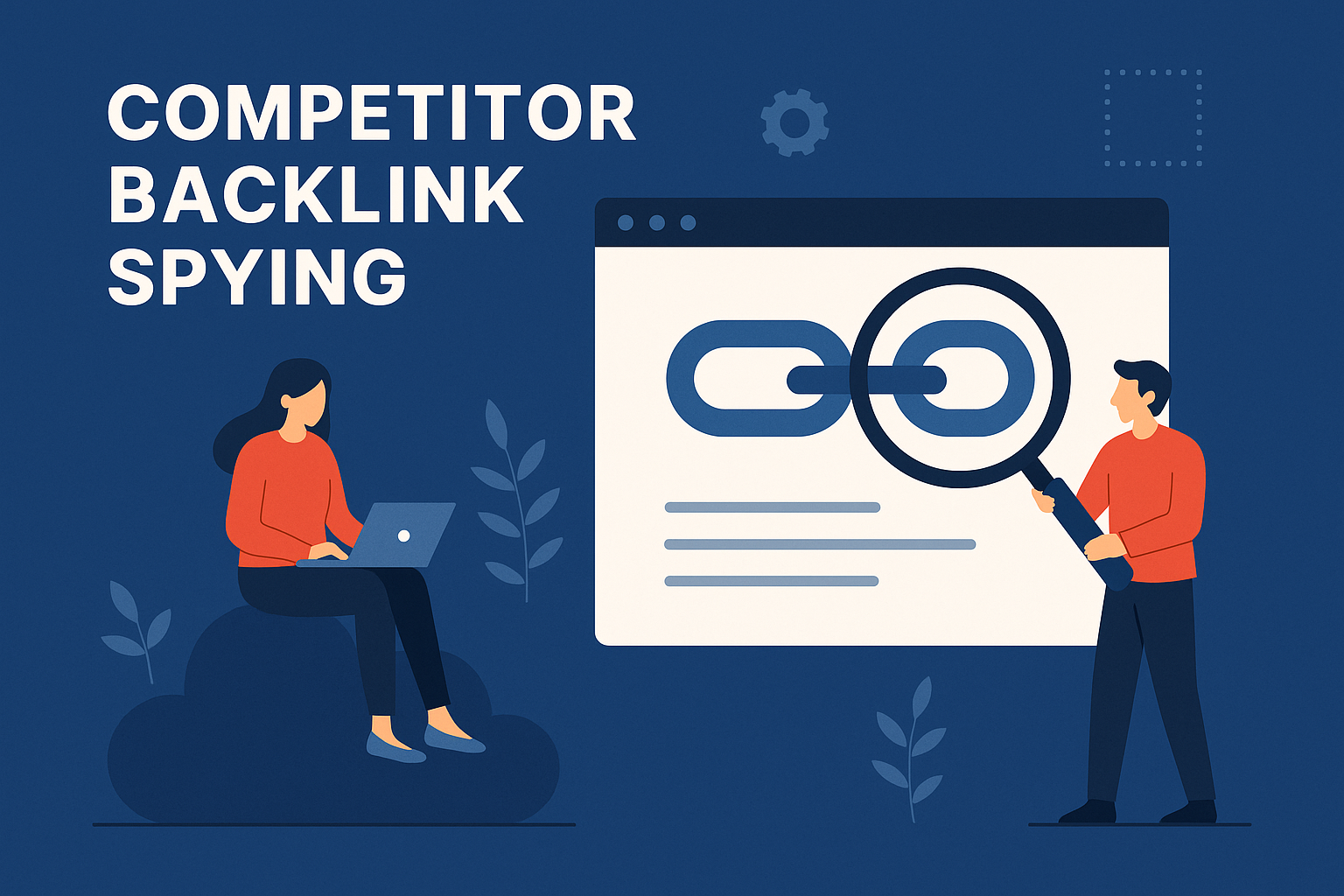
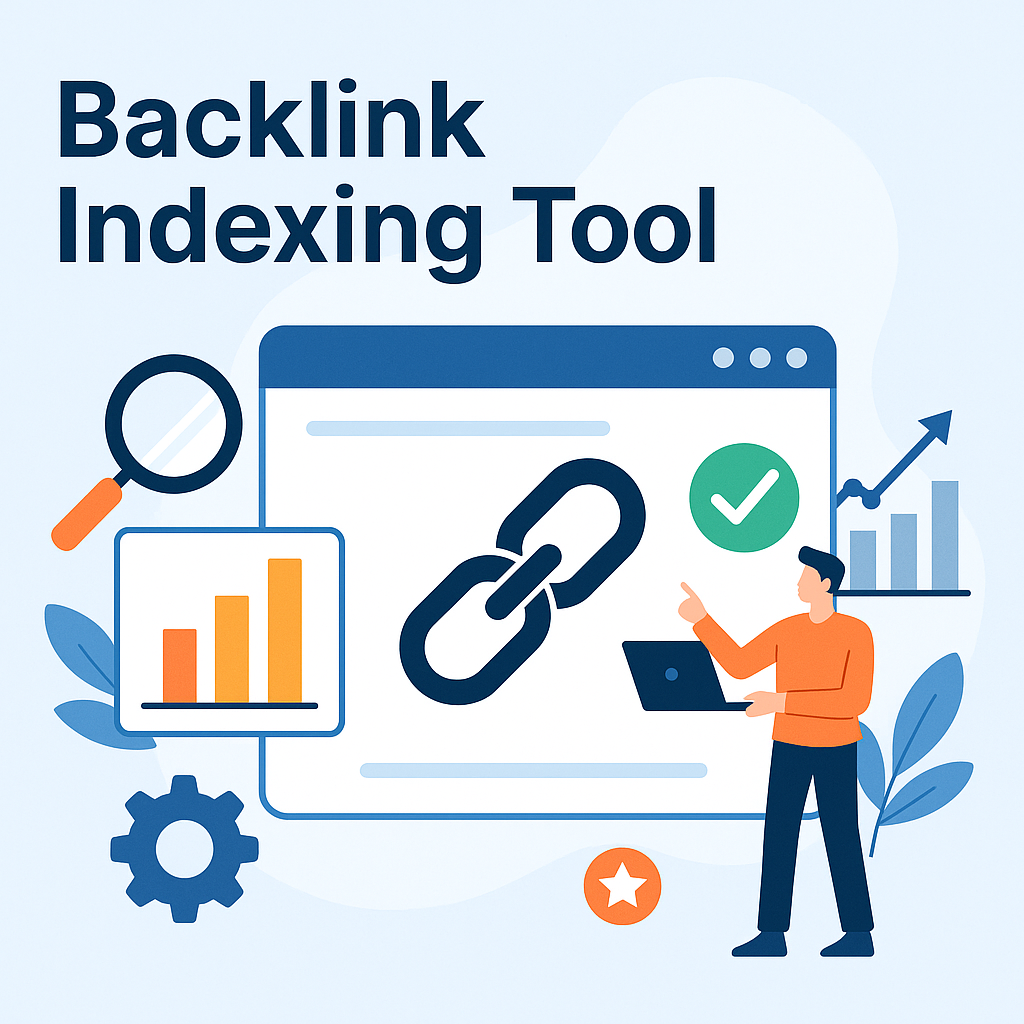

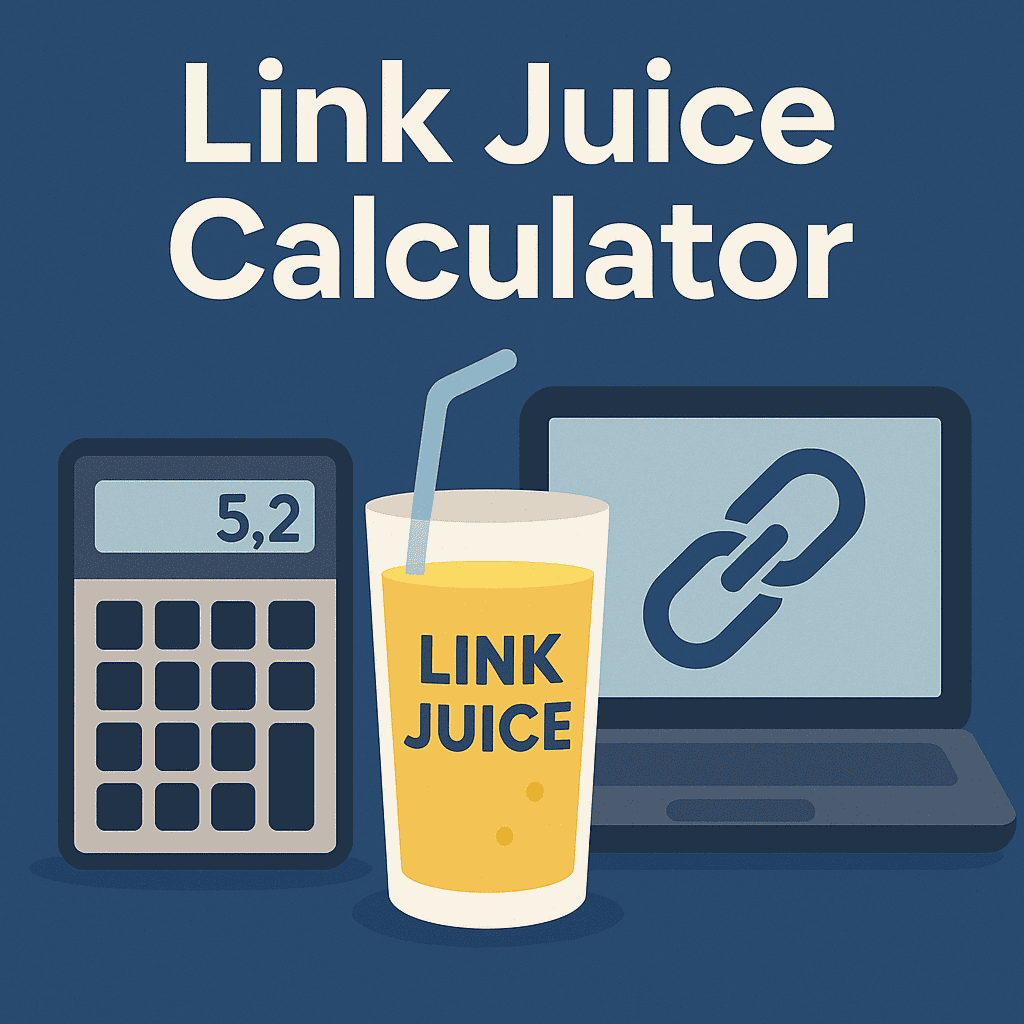
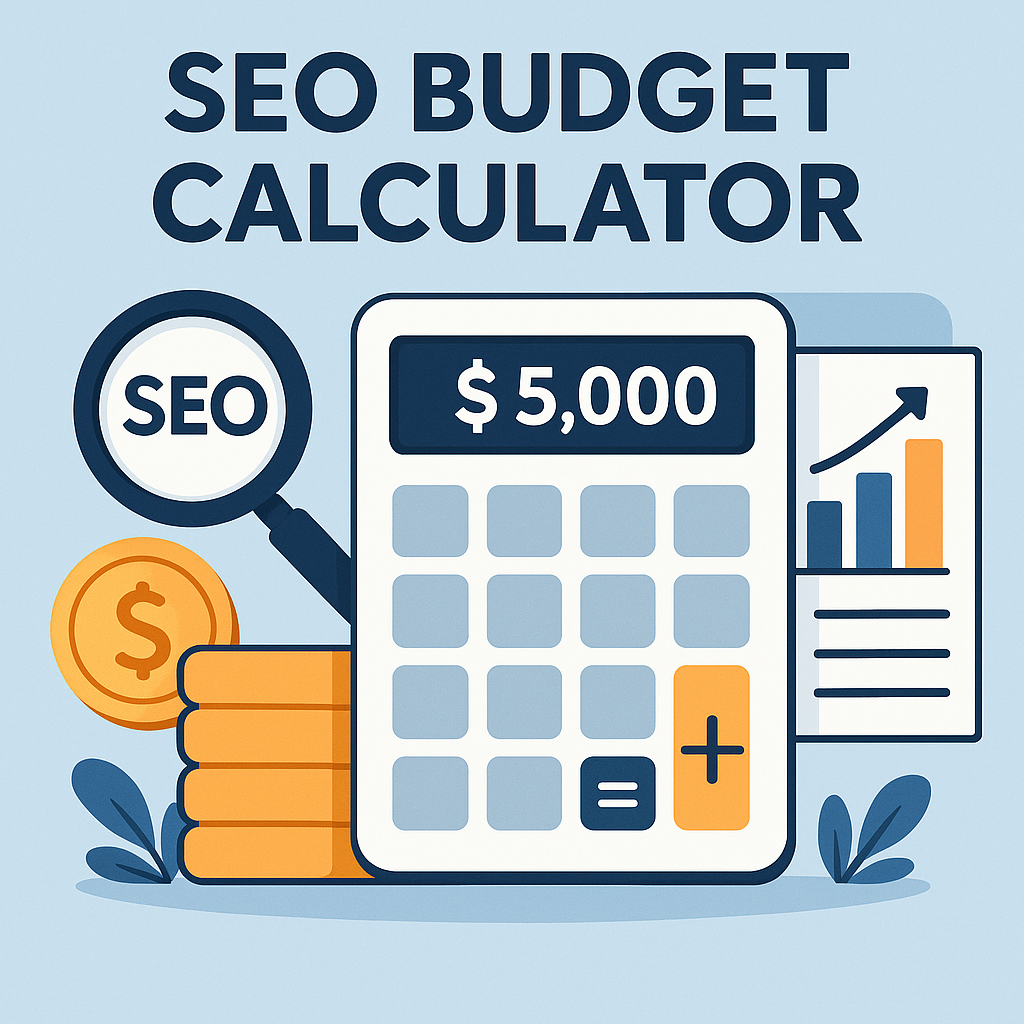
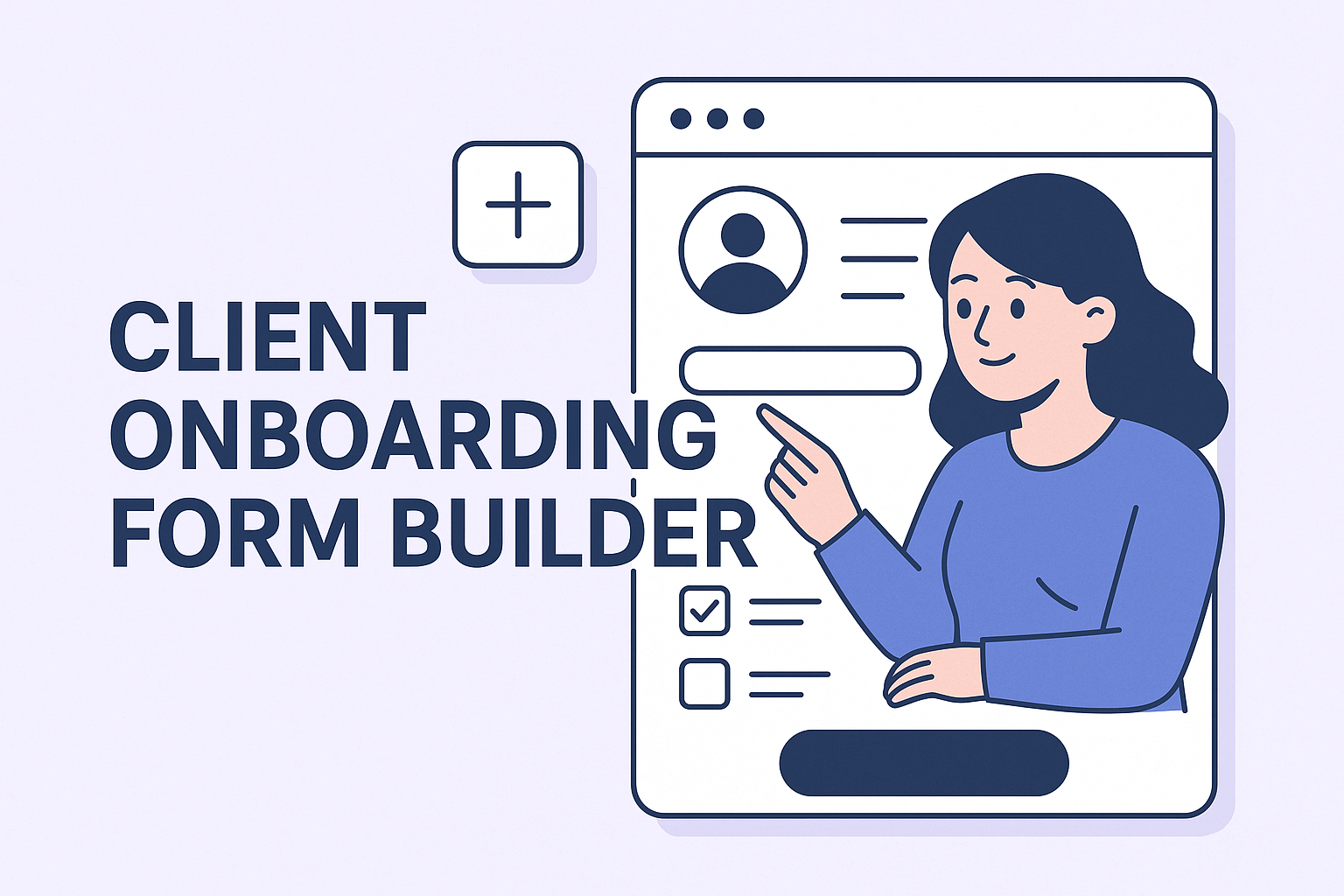
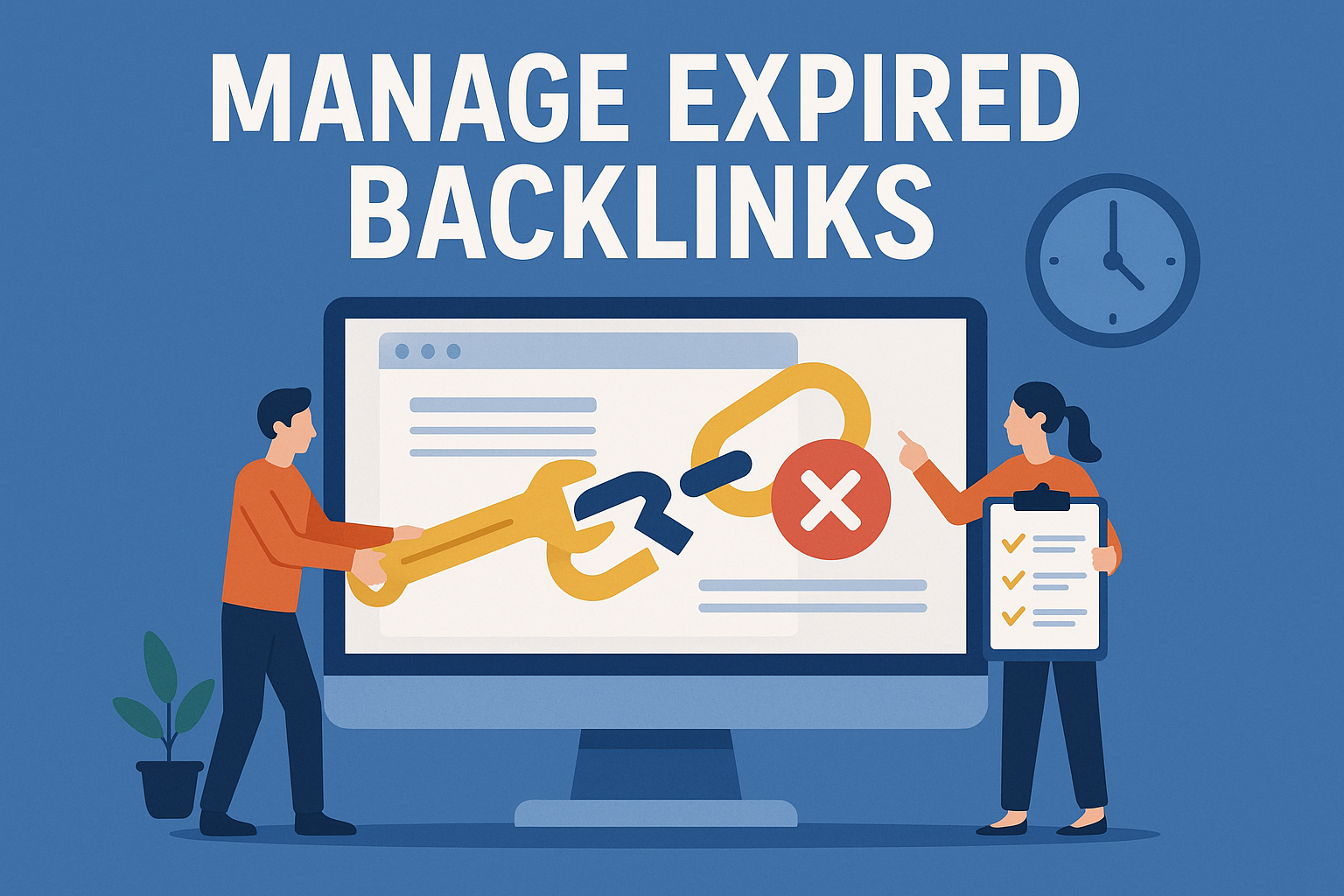
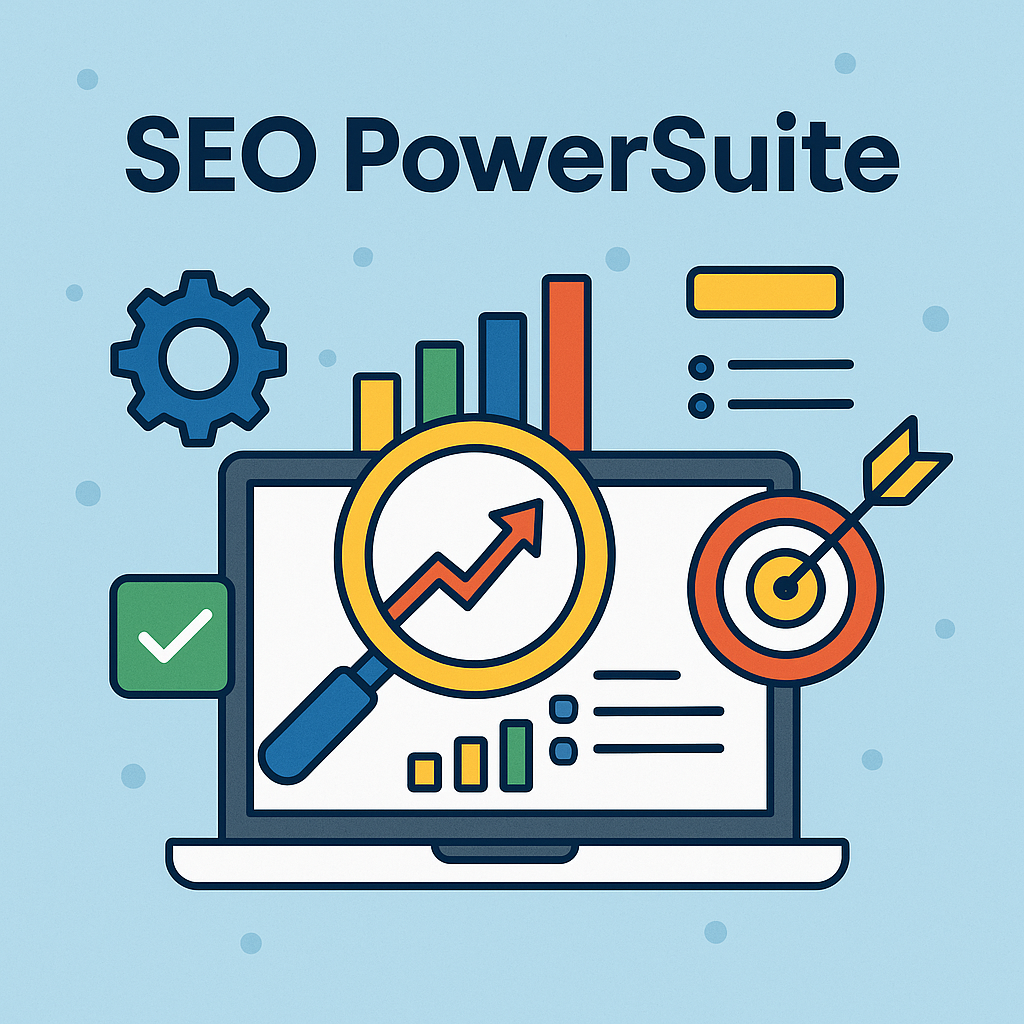
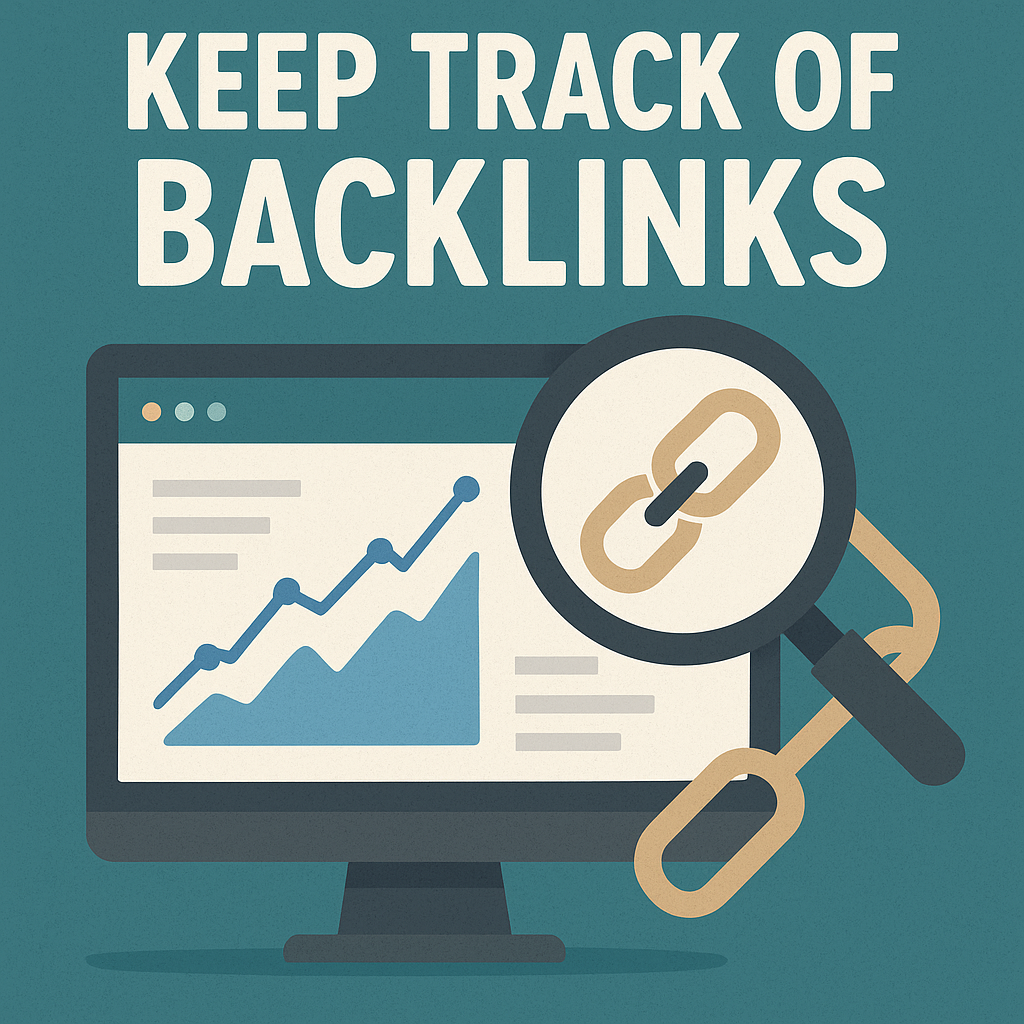
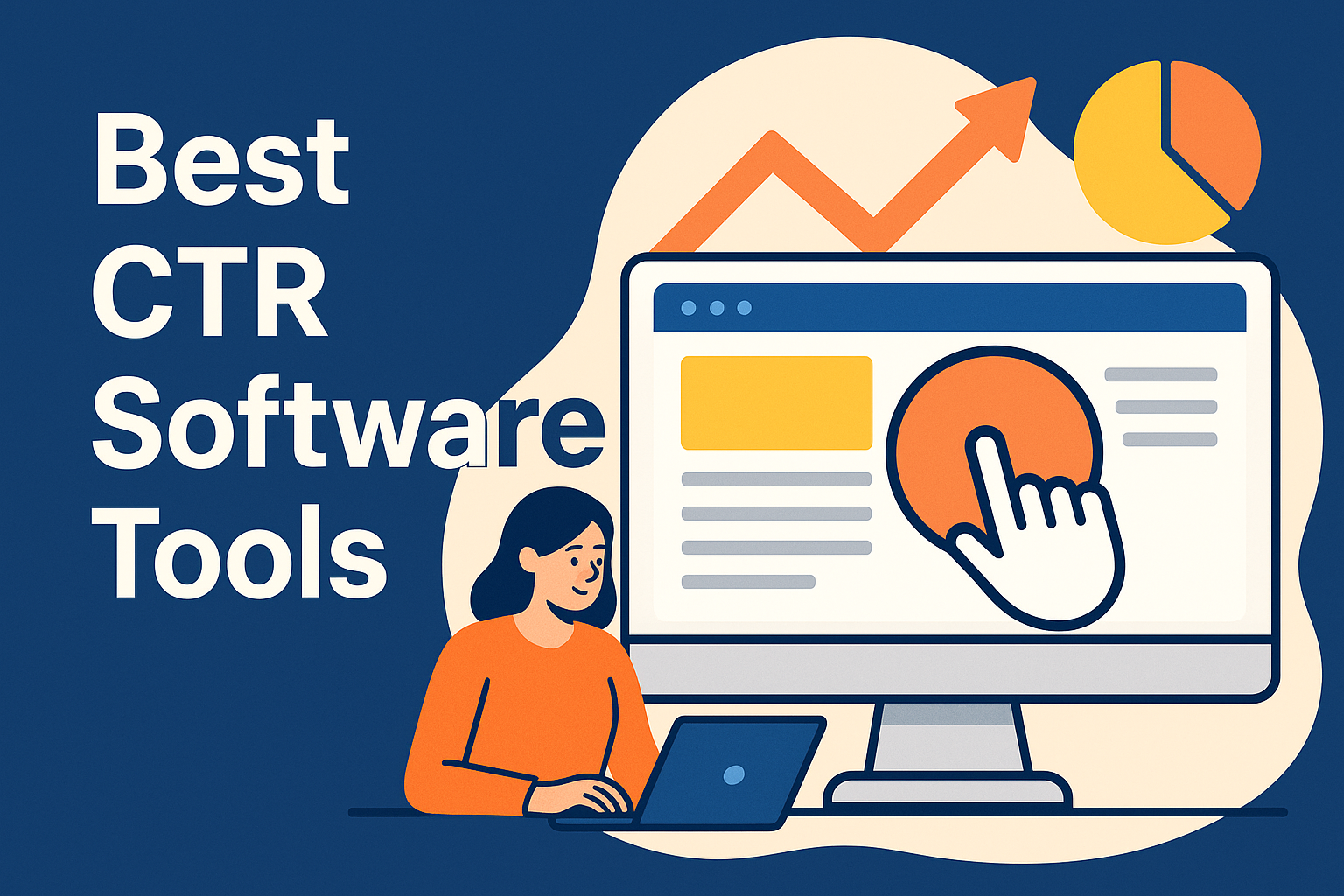
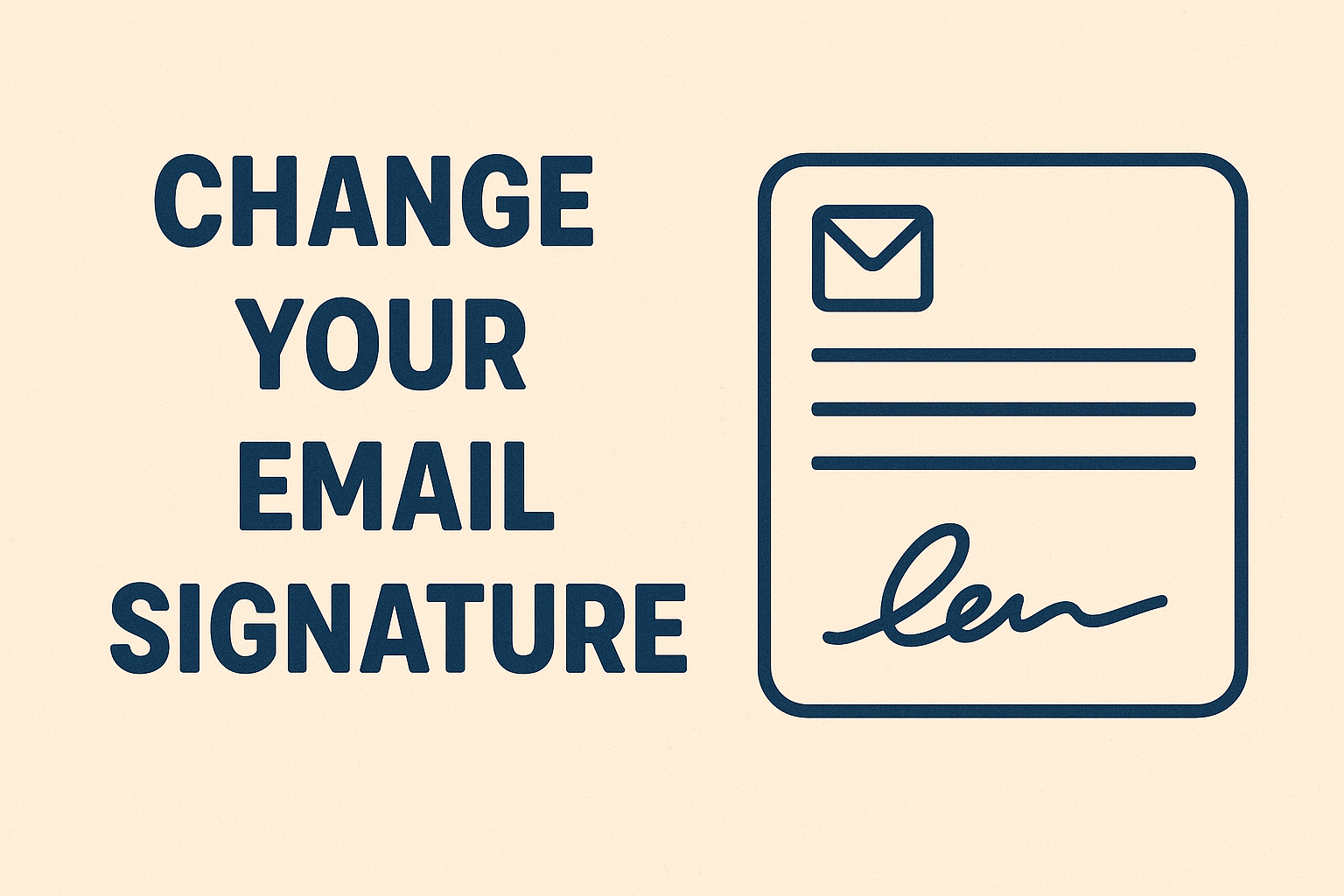
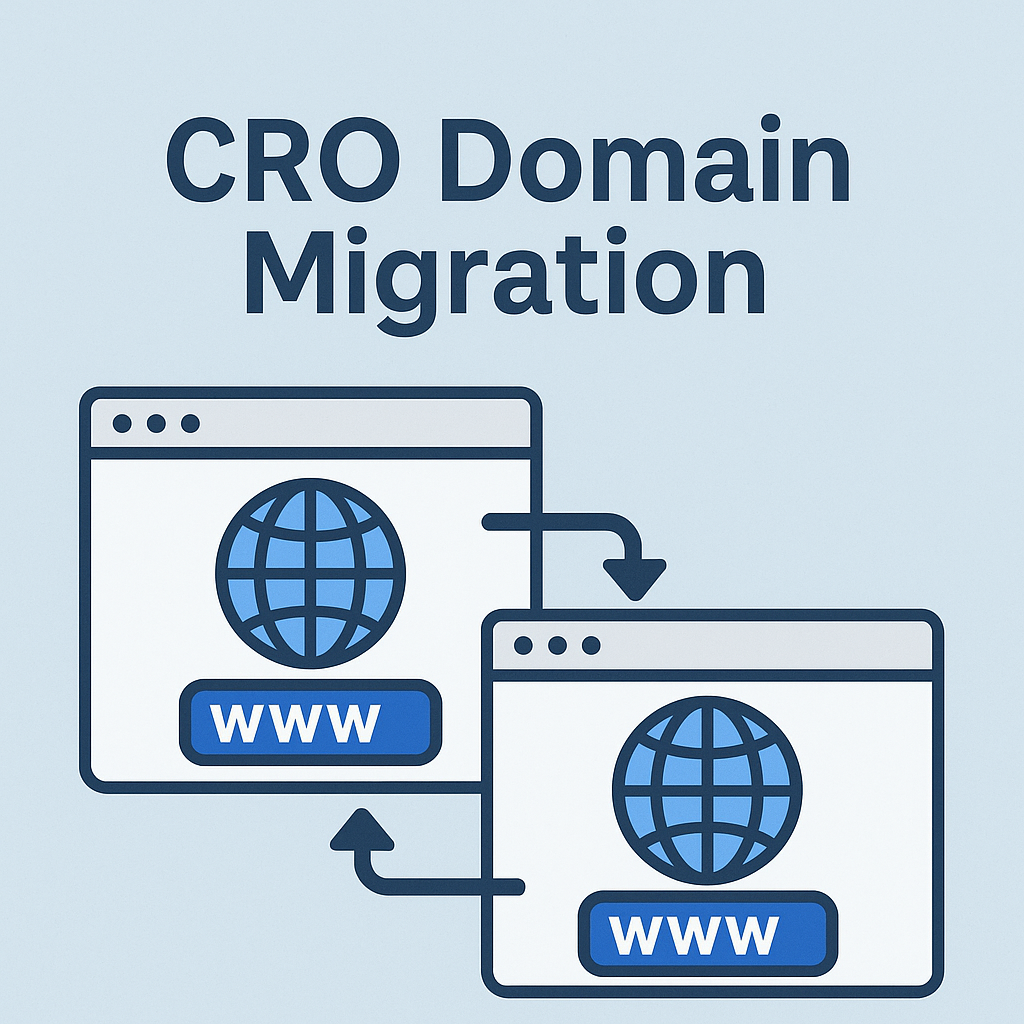
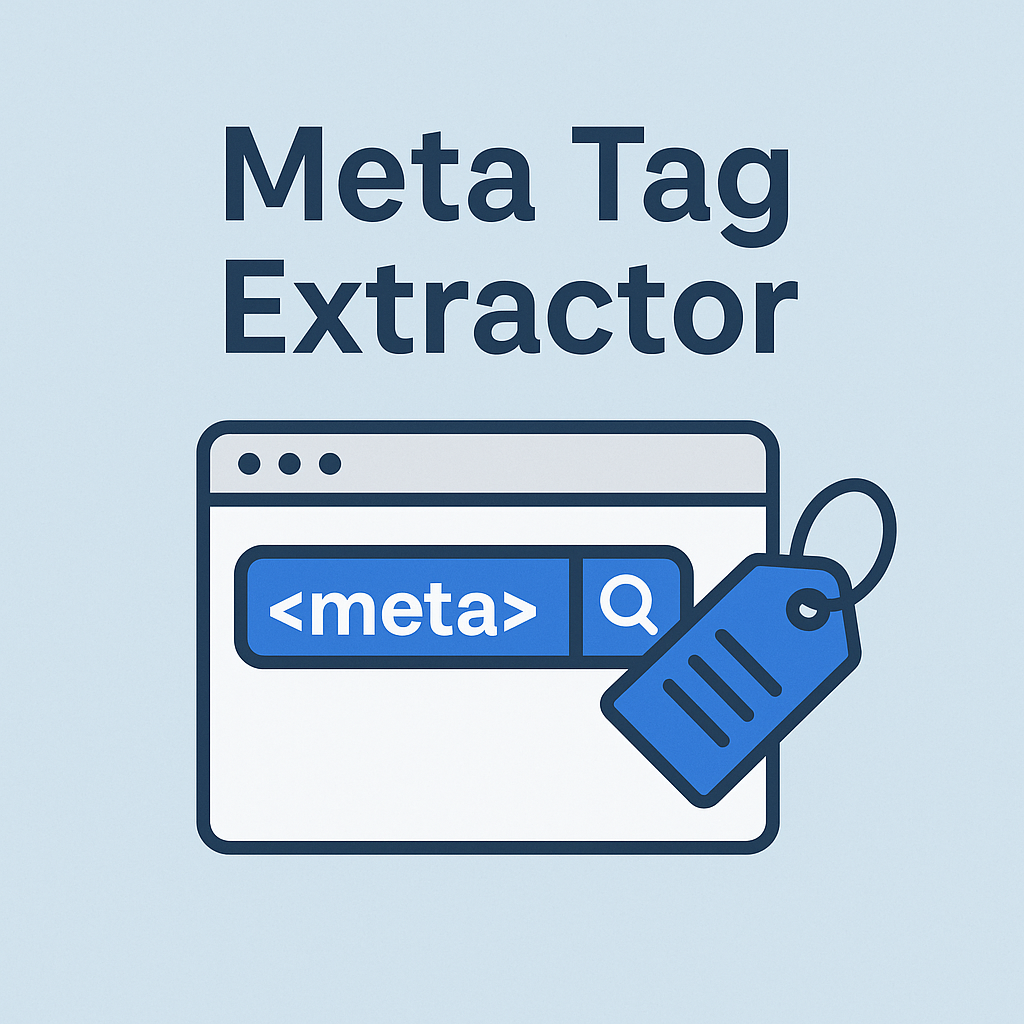
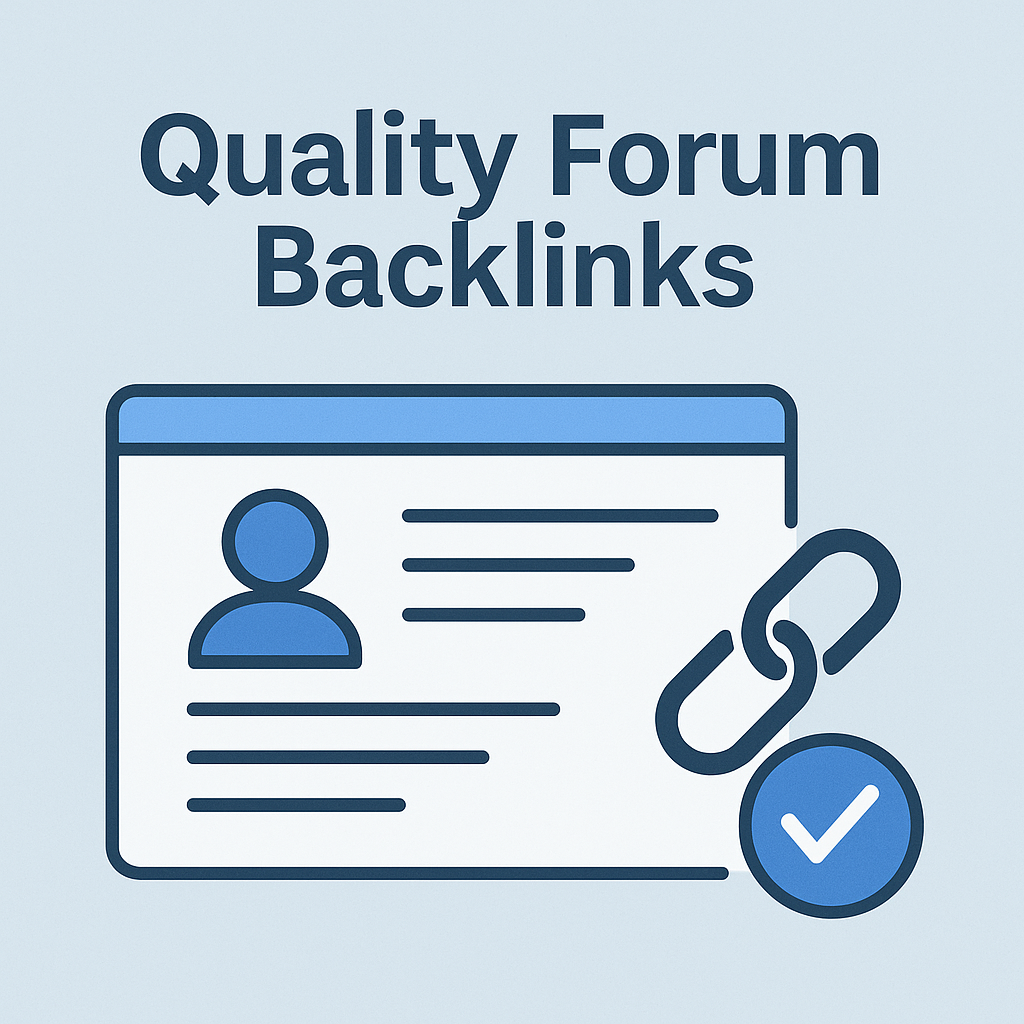
![Best Link Exchange Sites [Free & Safe] – Top 5 Picks](https://backlinkmanagement.io/wp-content/uploads/2025/04/Free-Link-Exchange.png)
